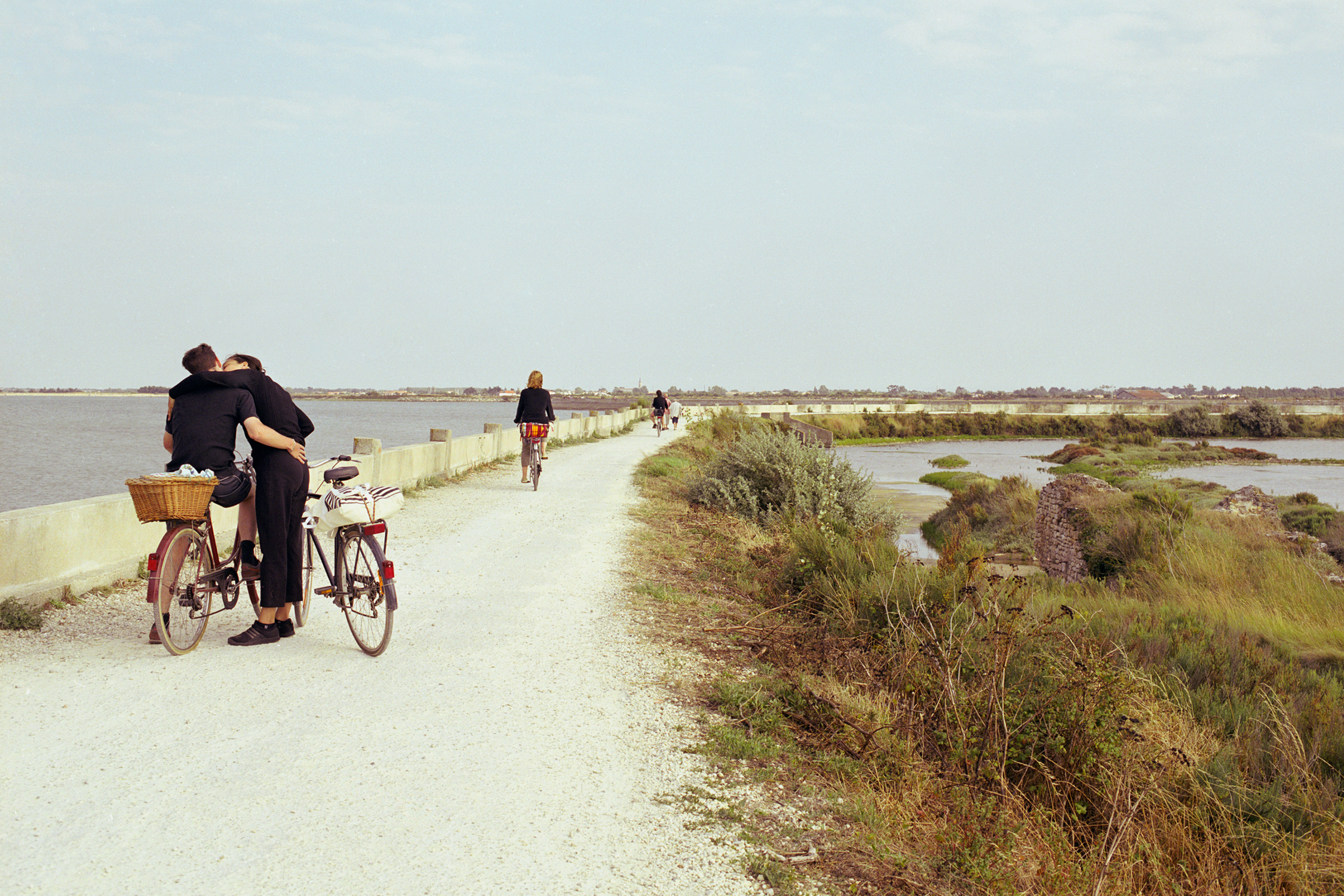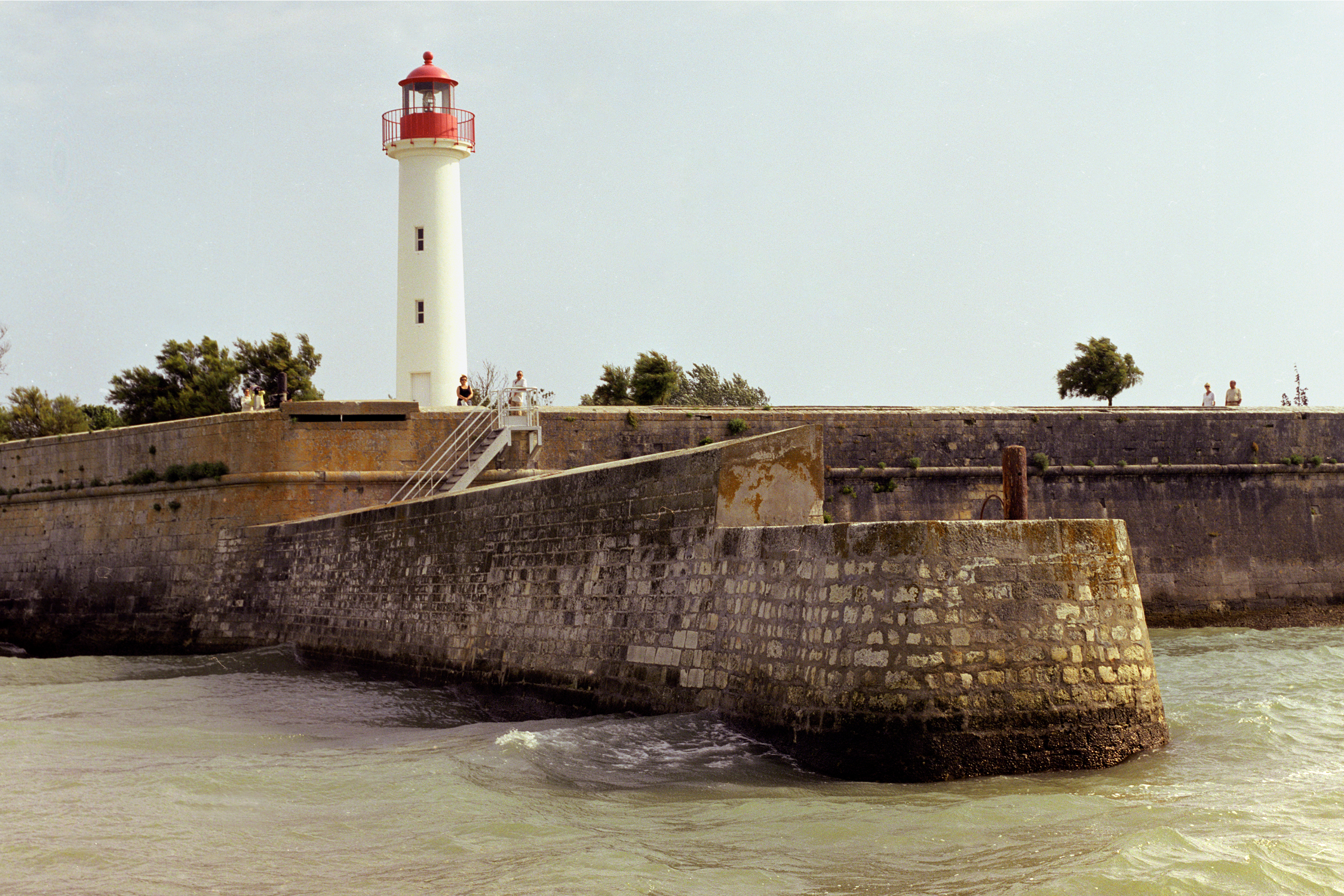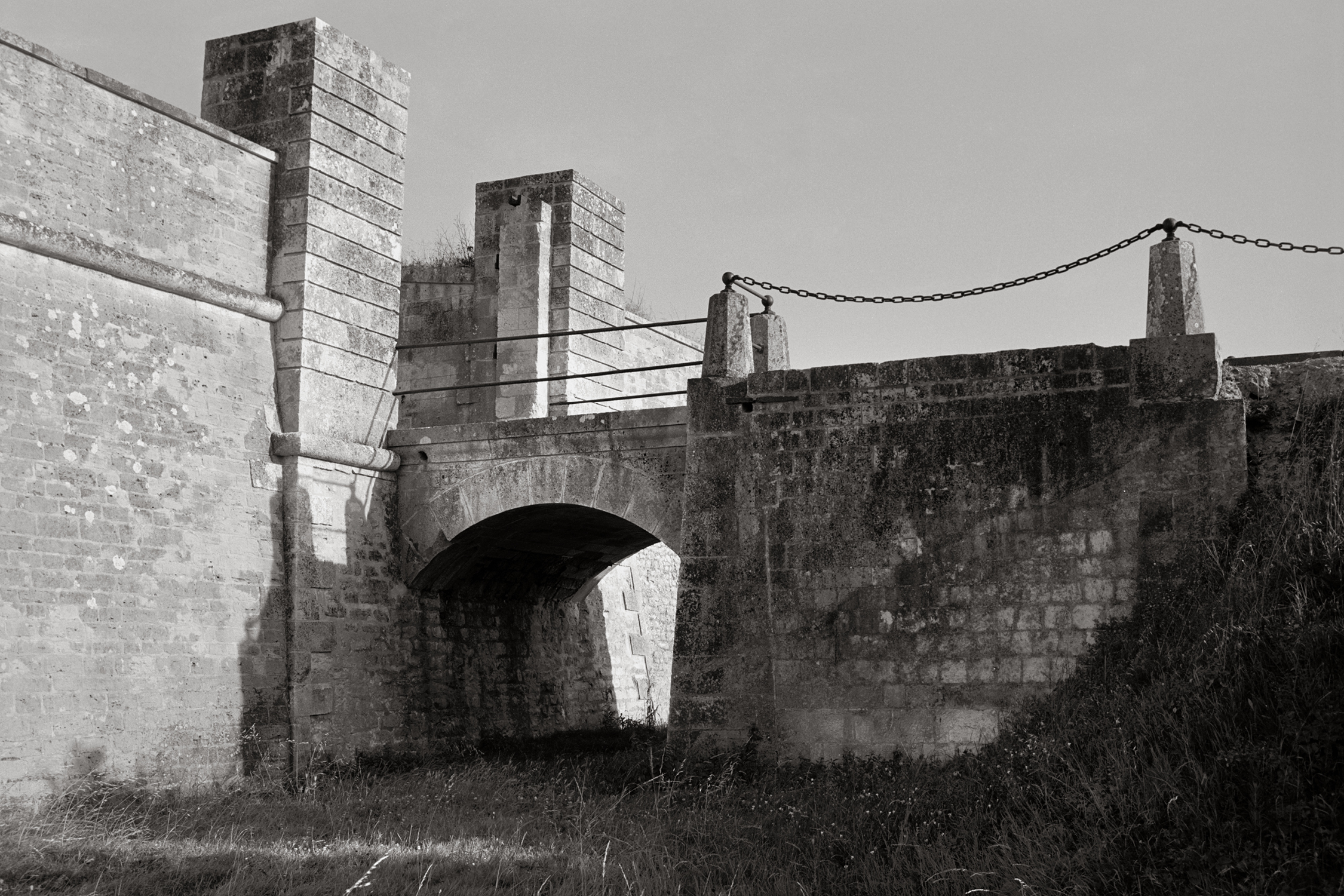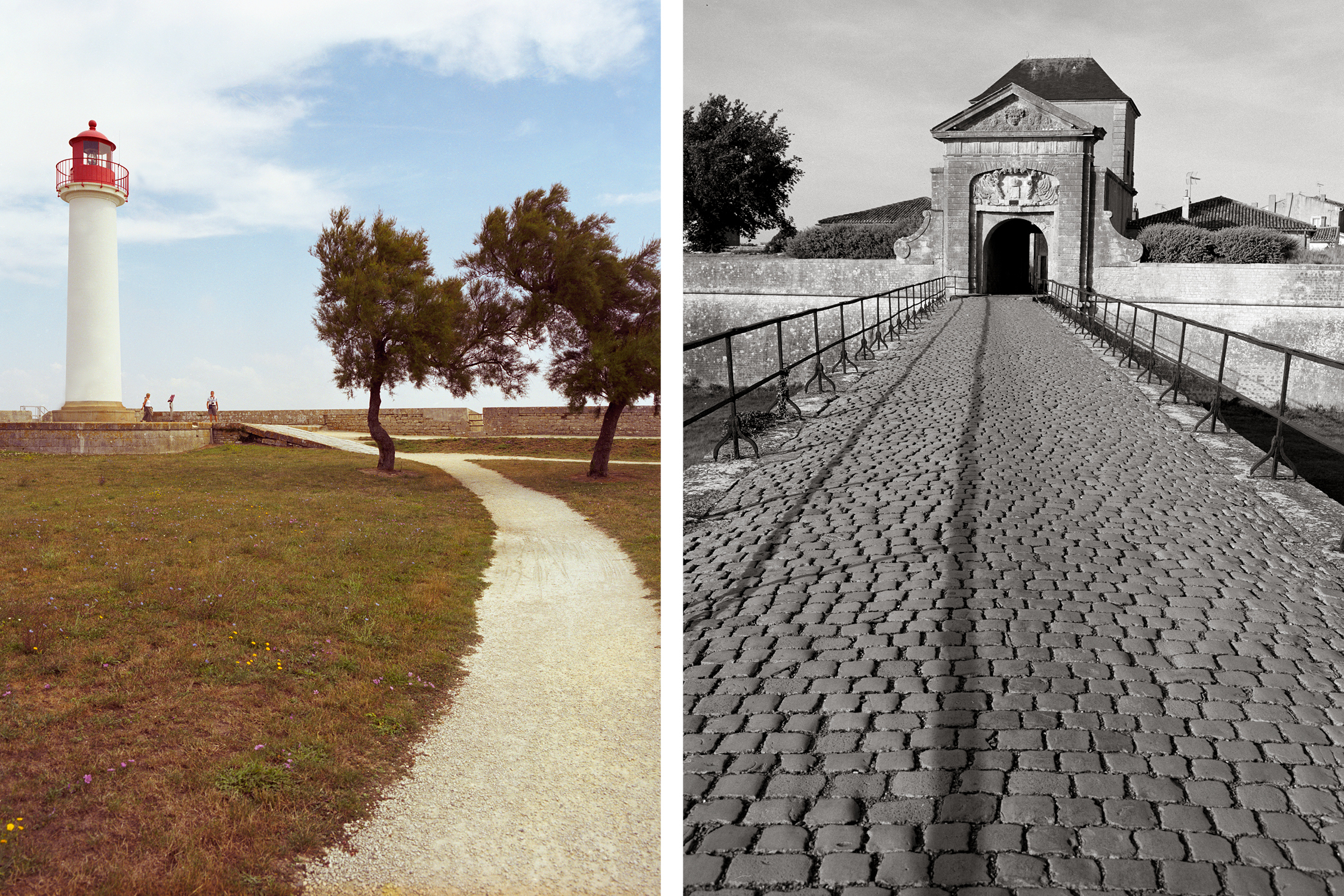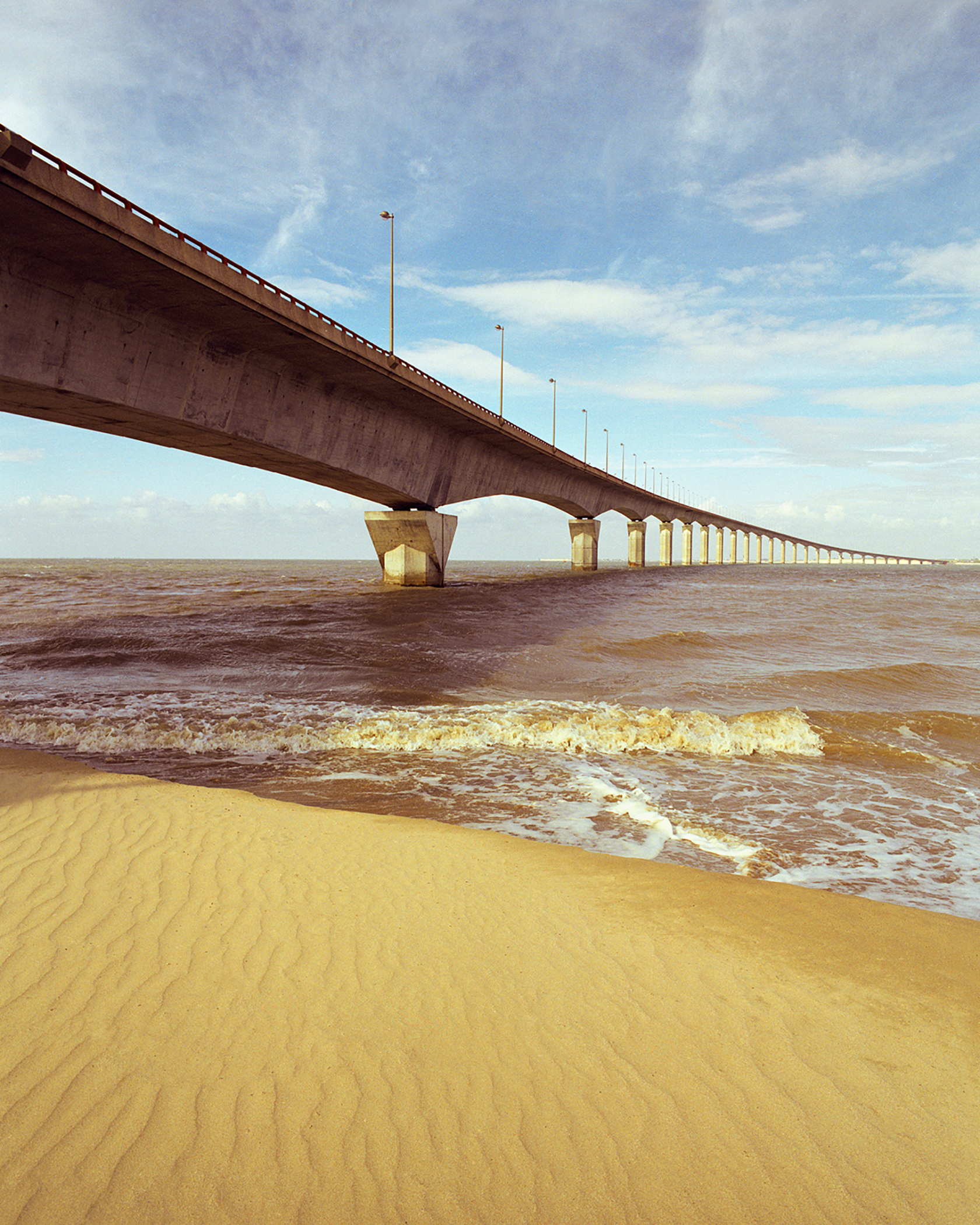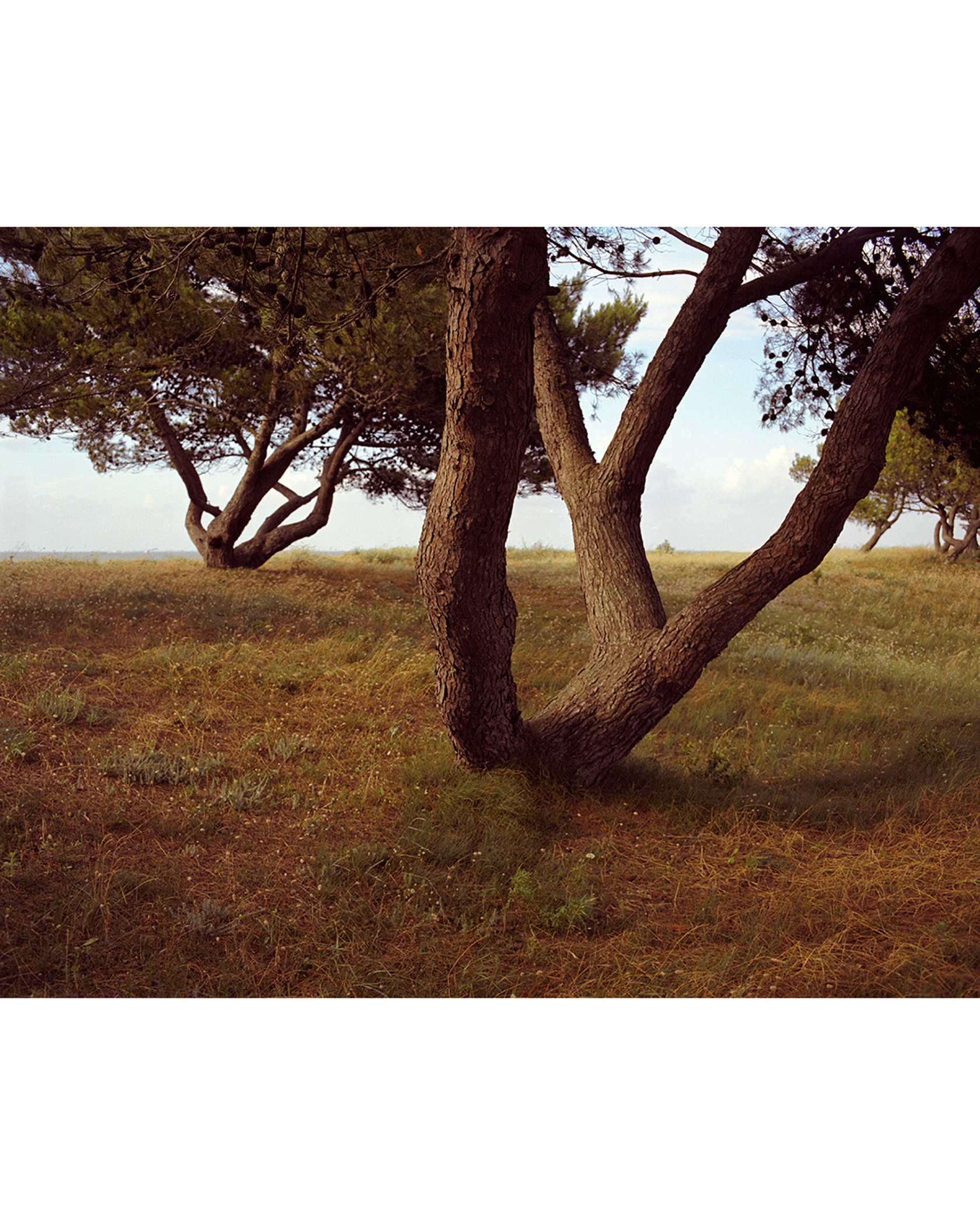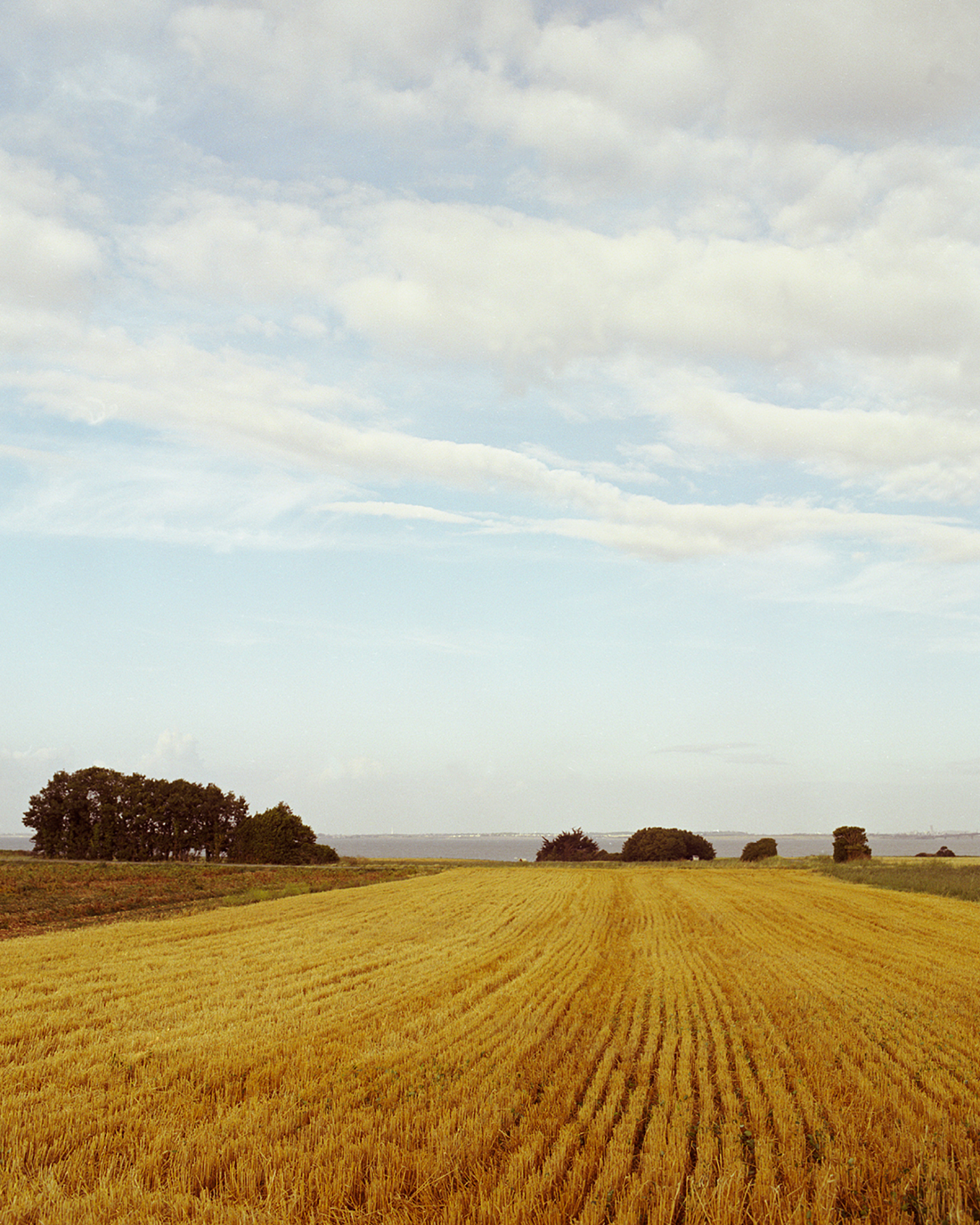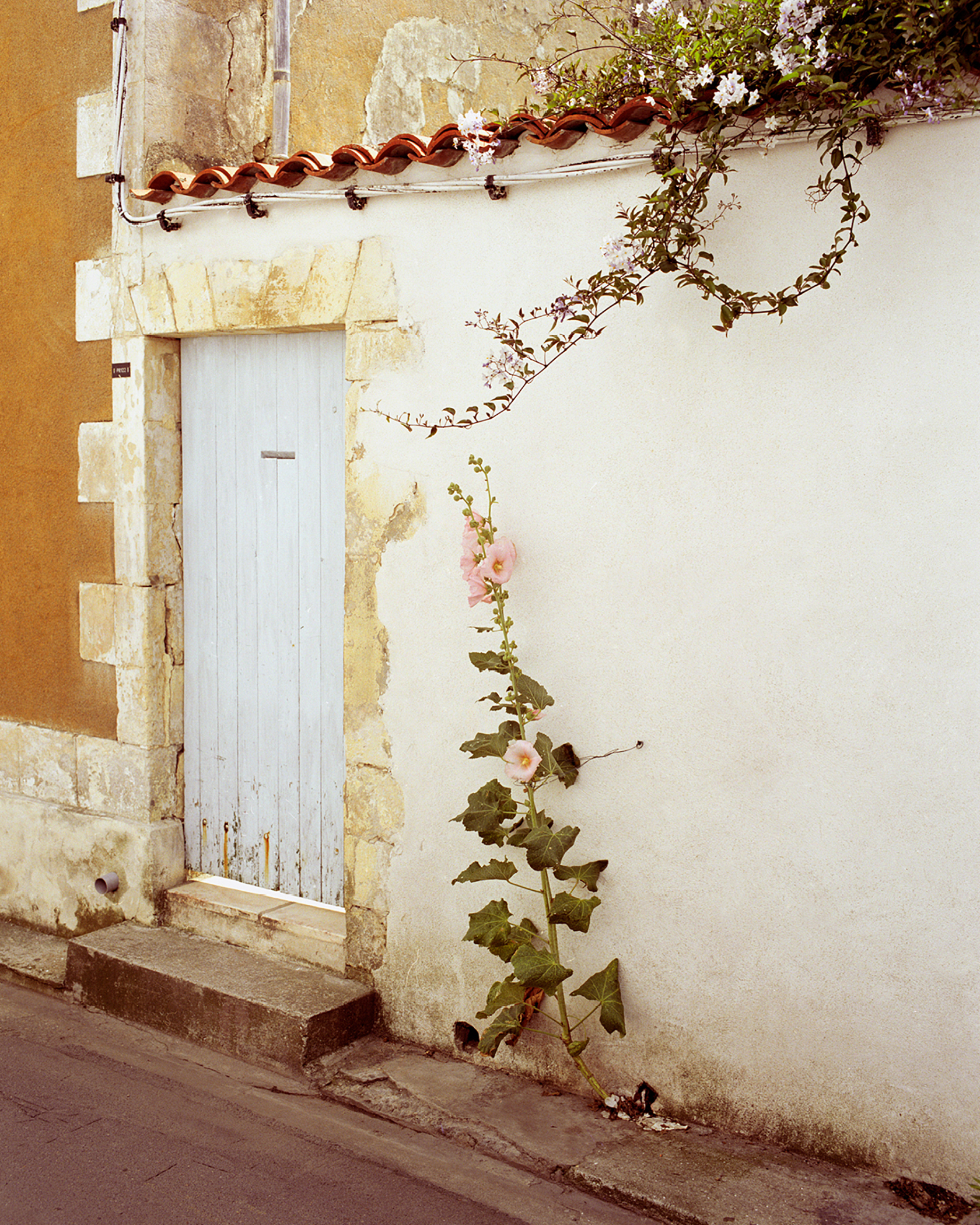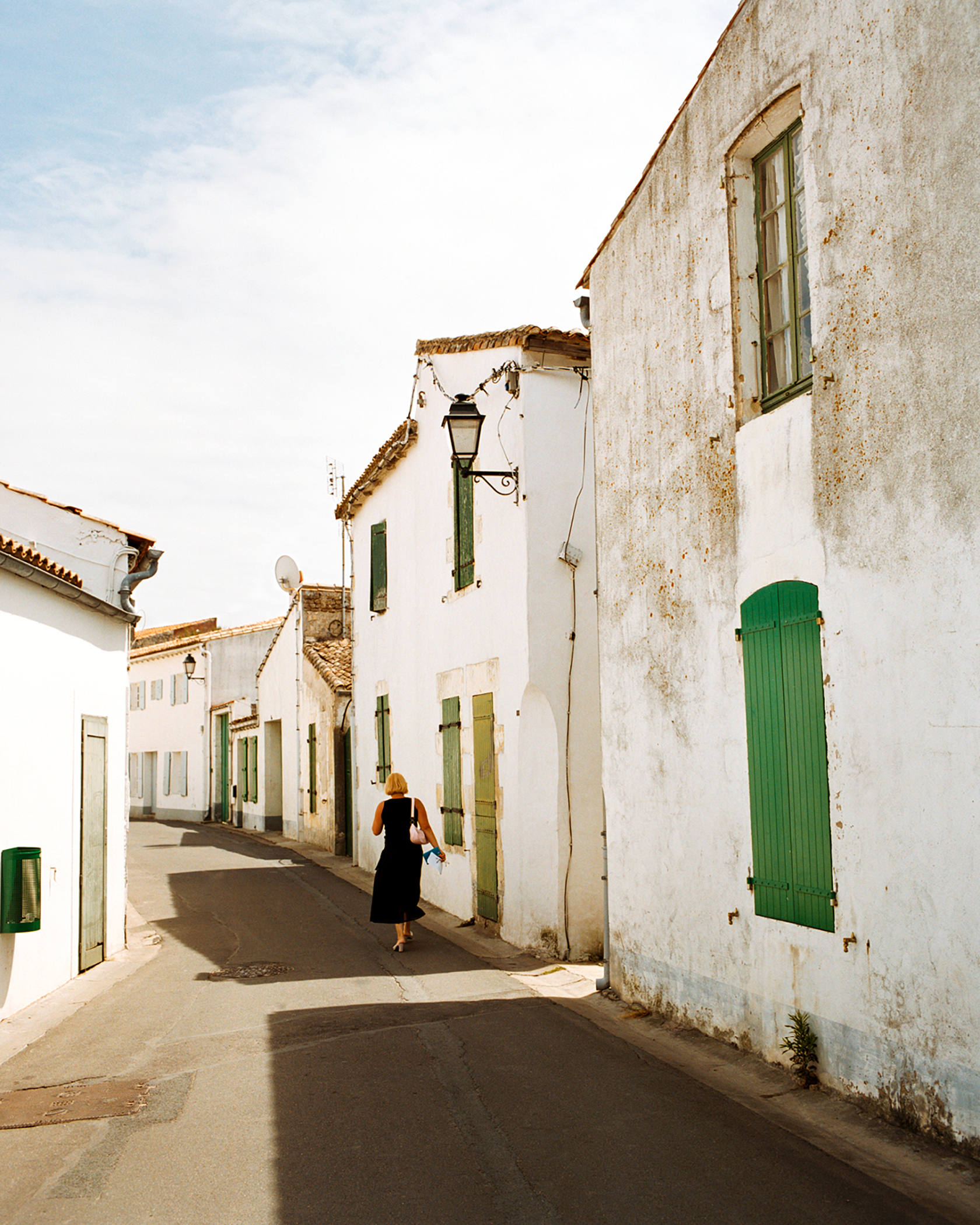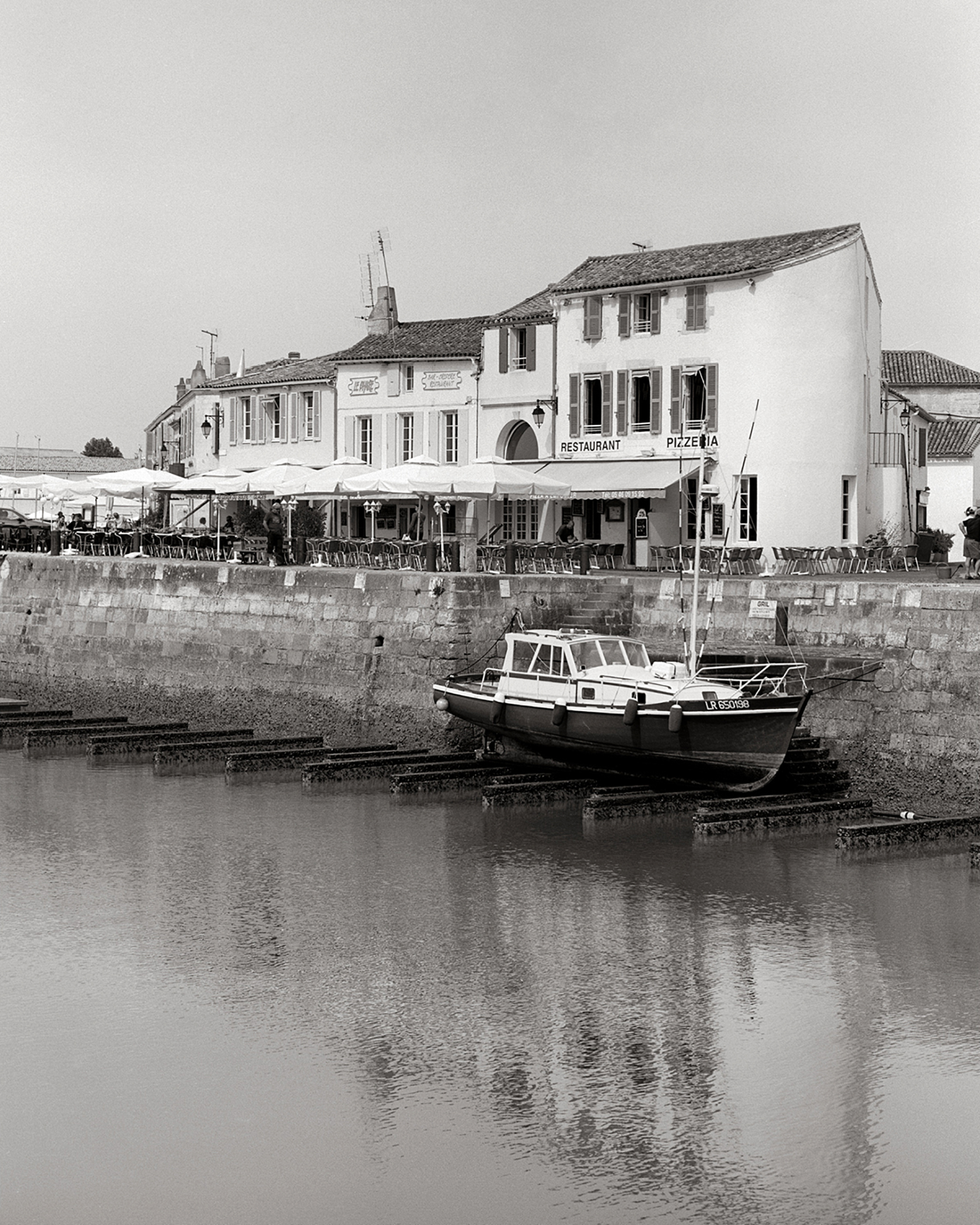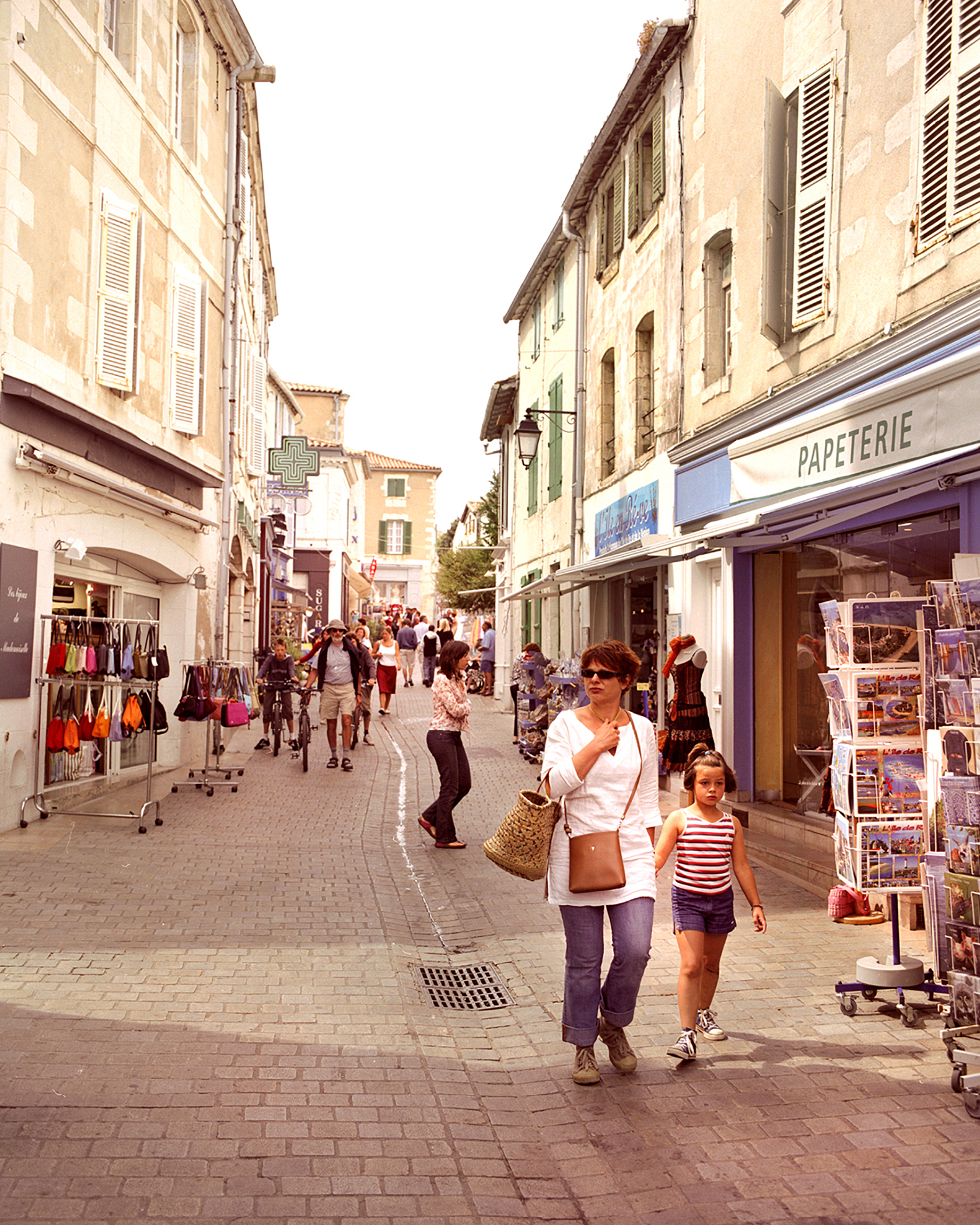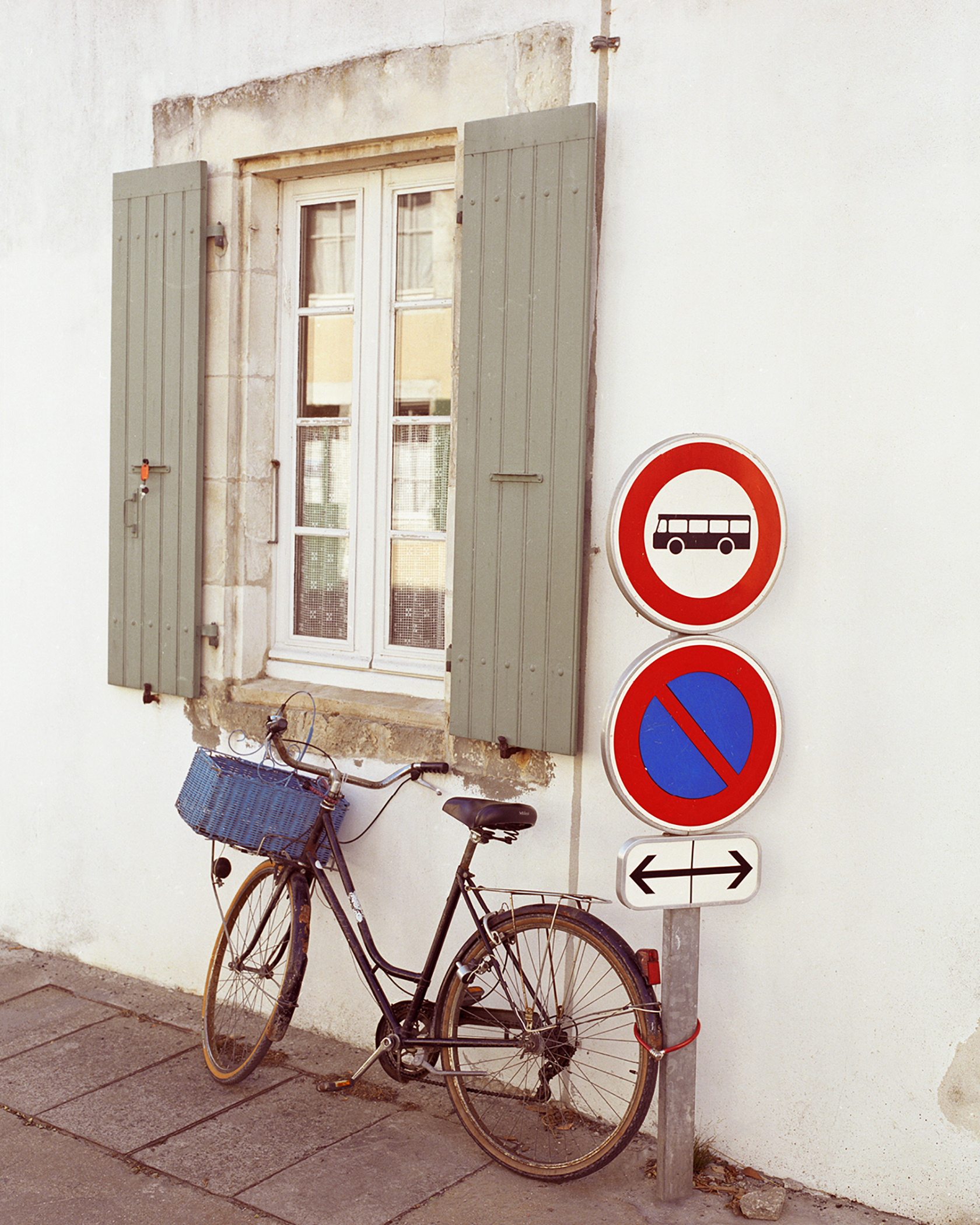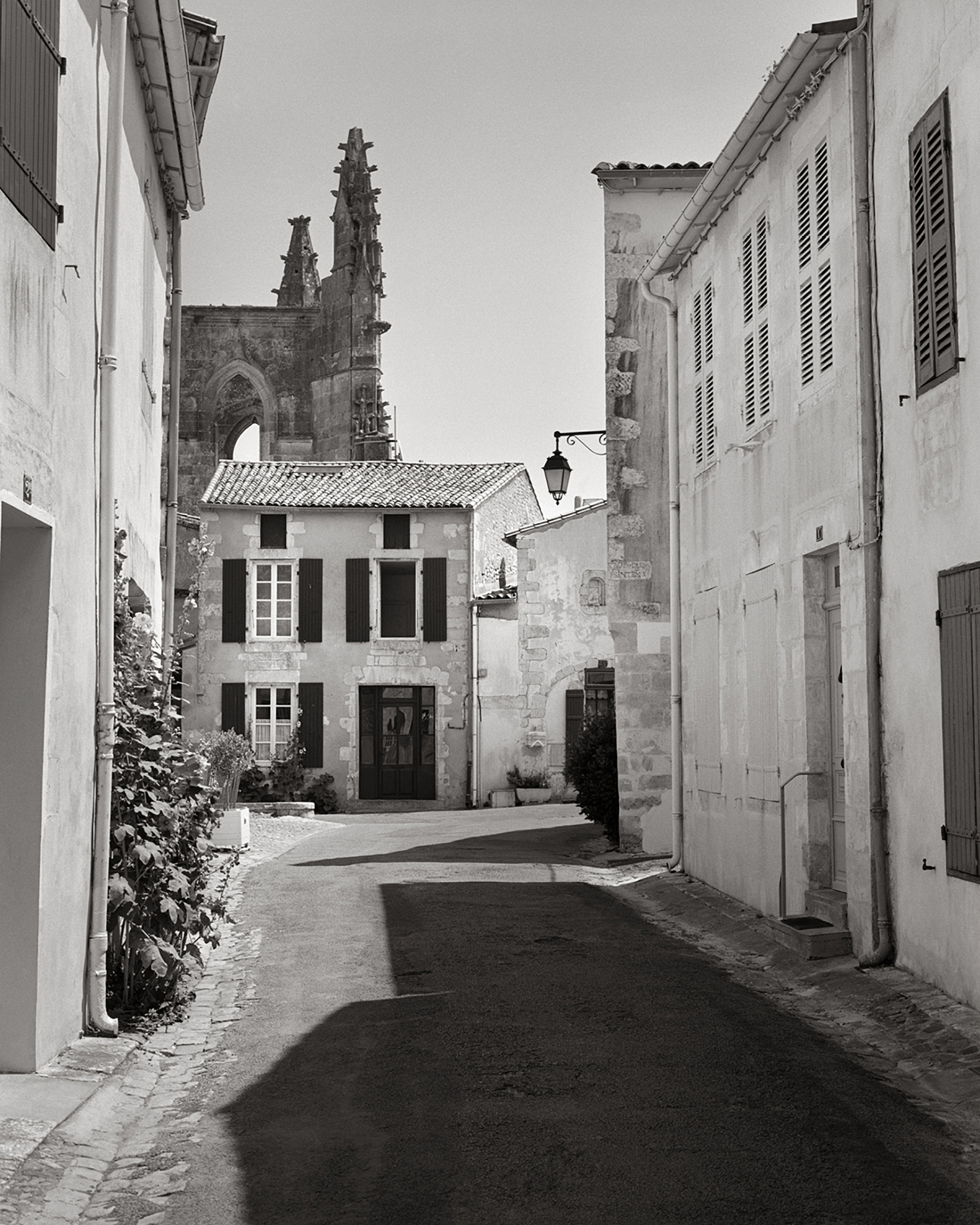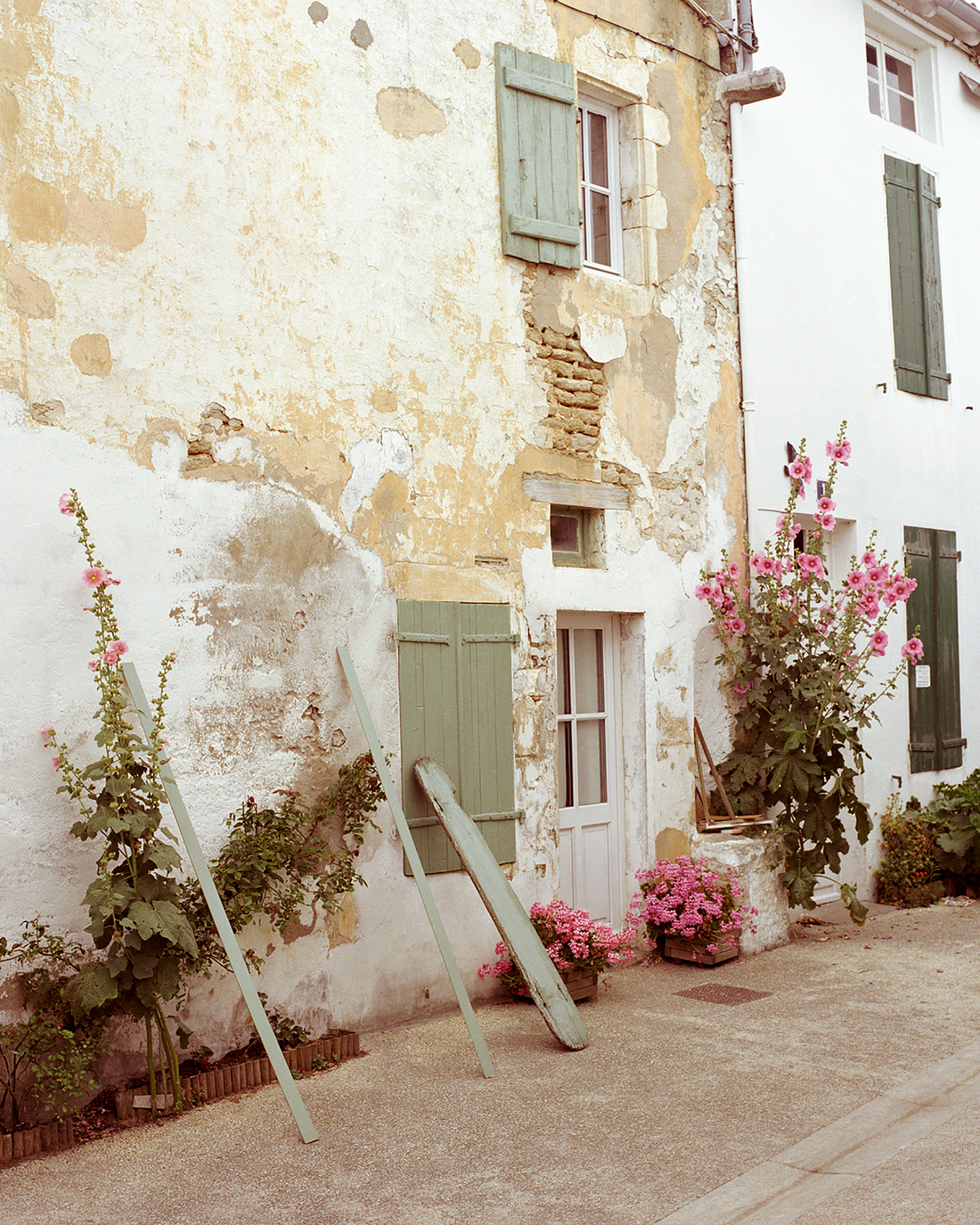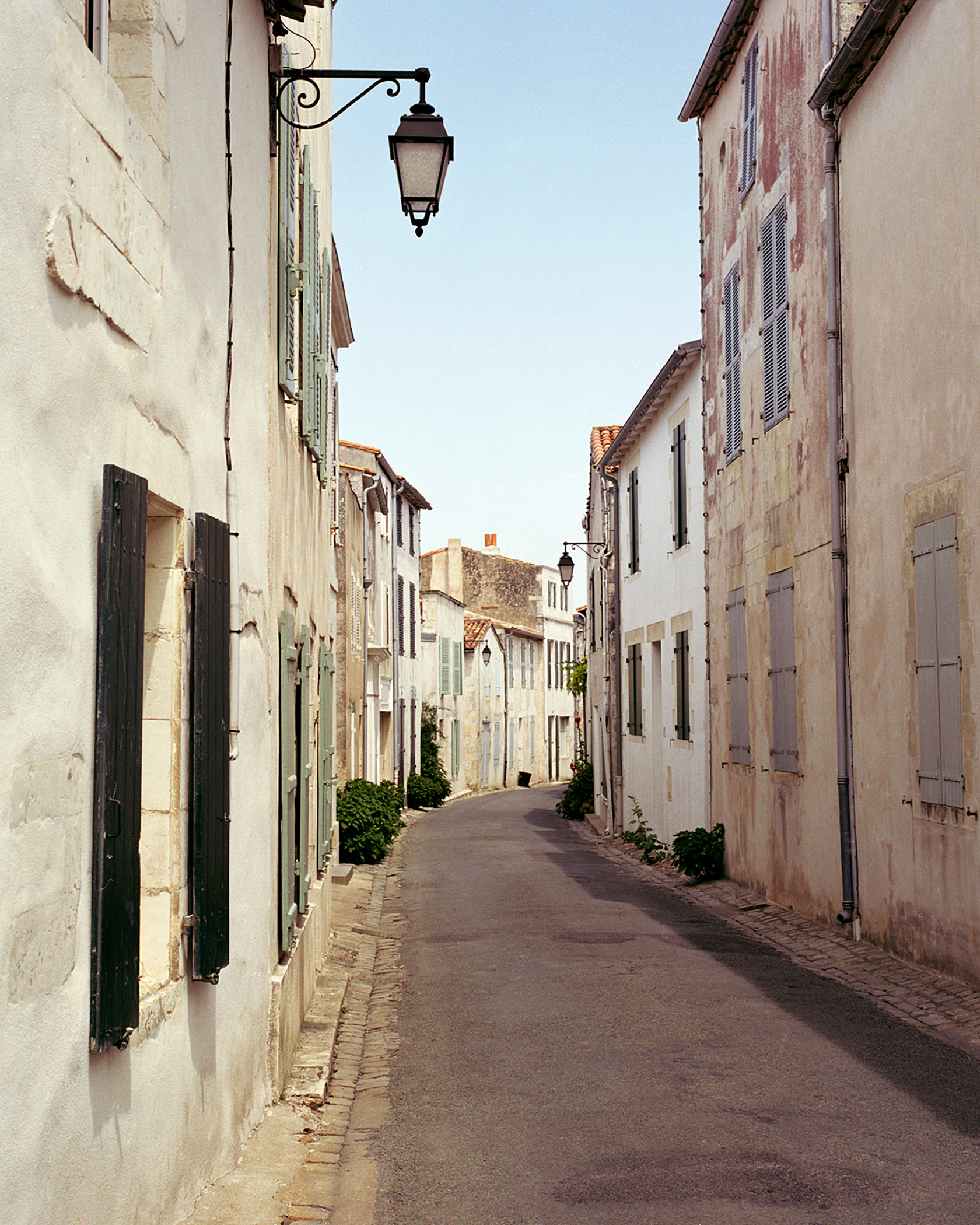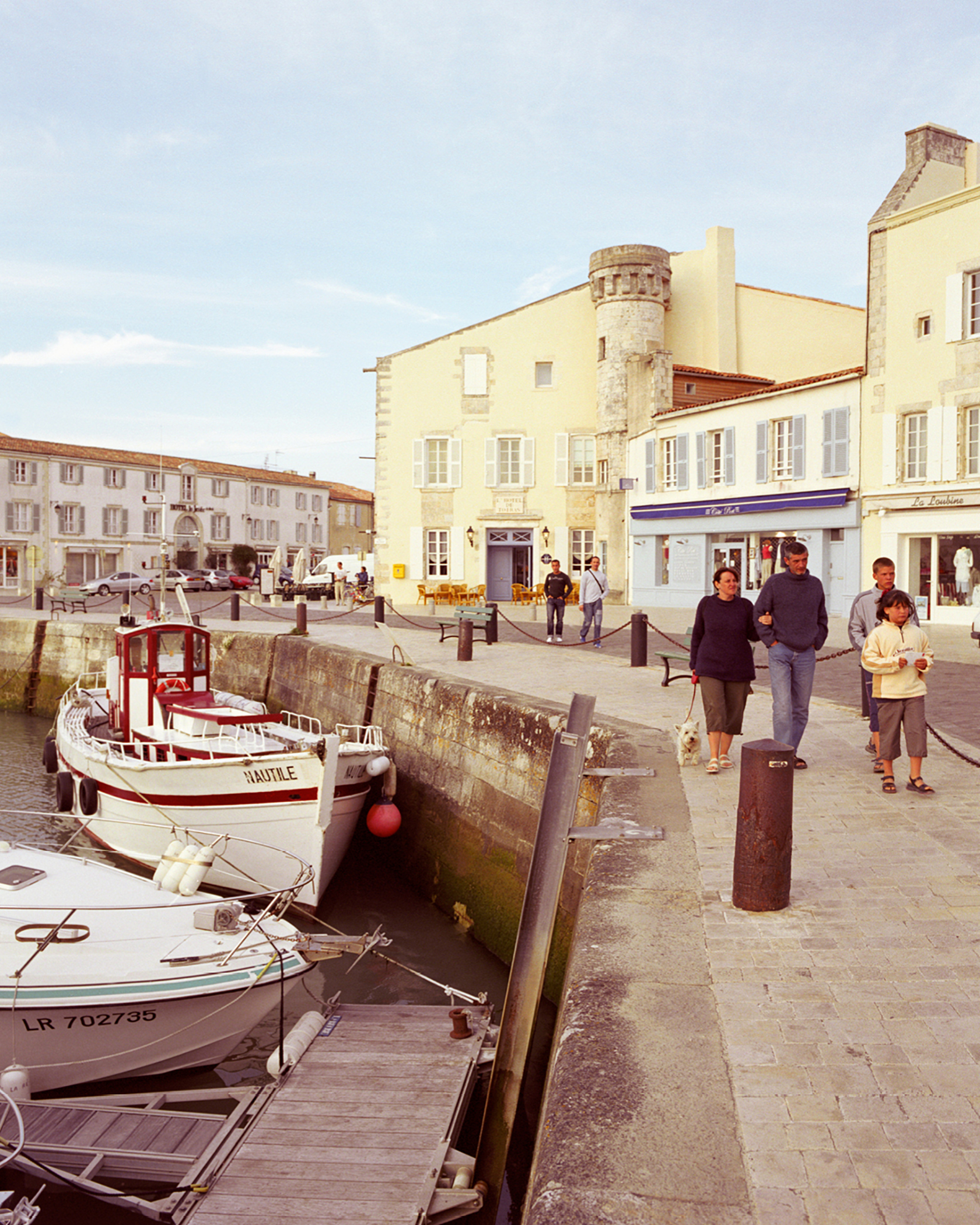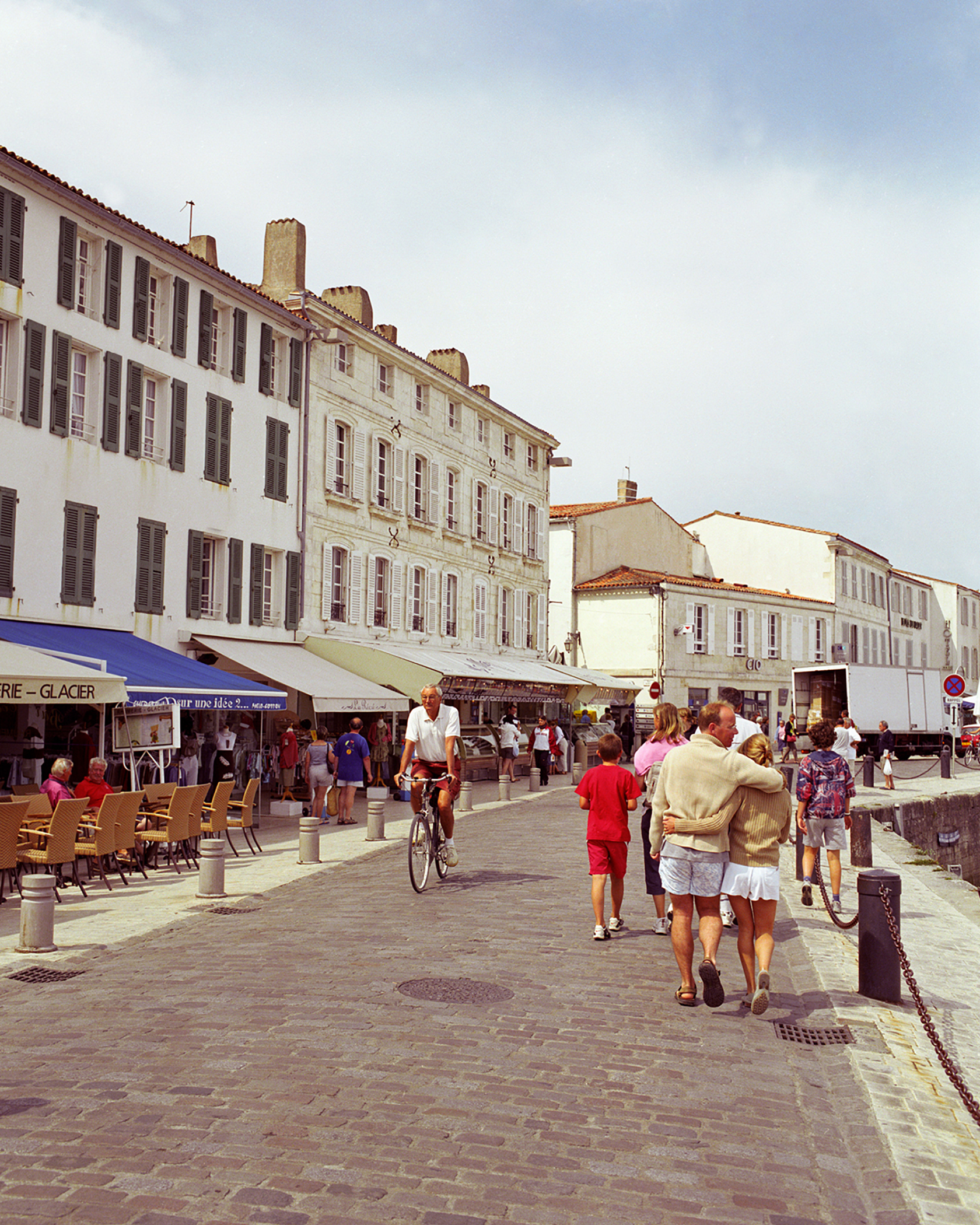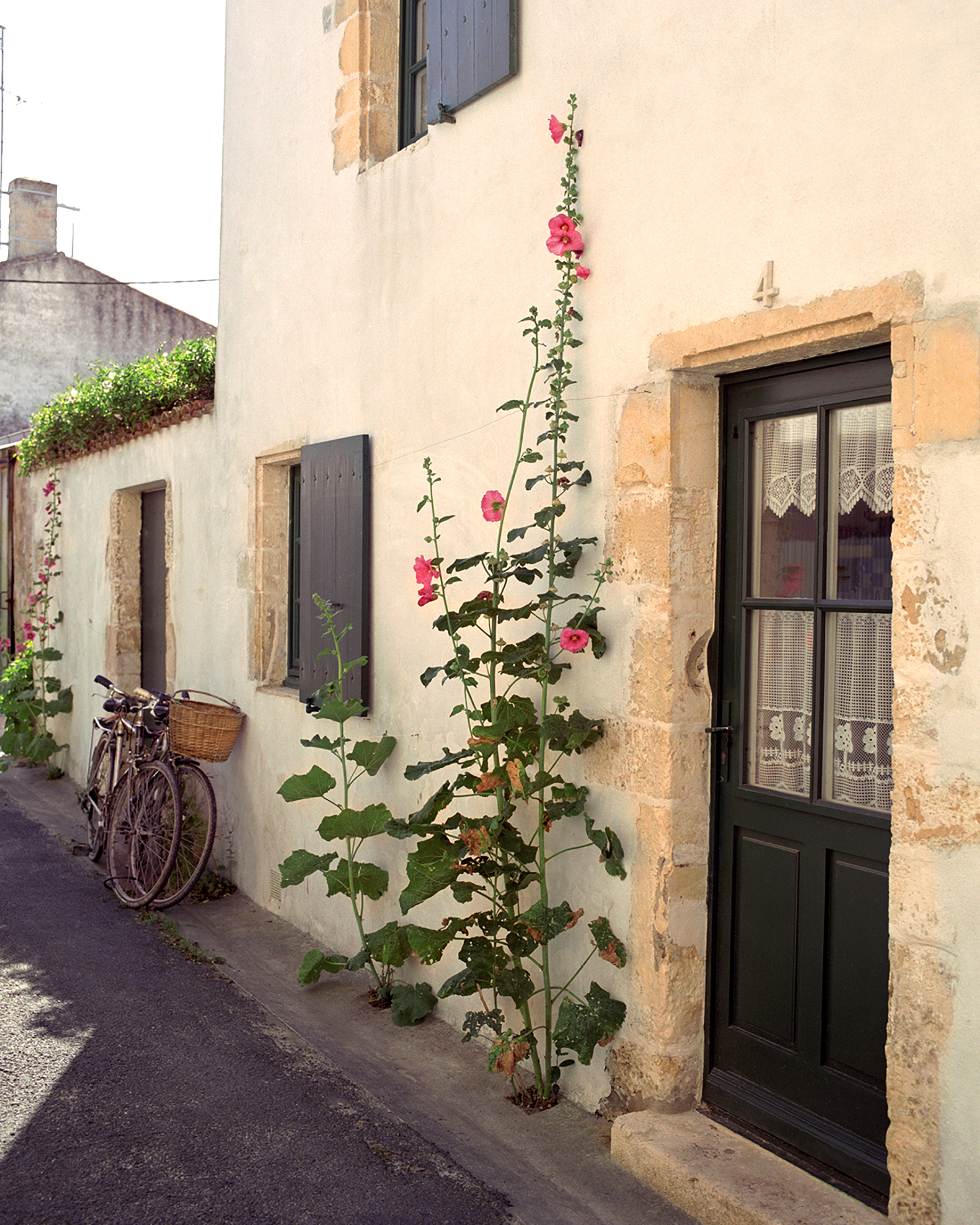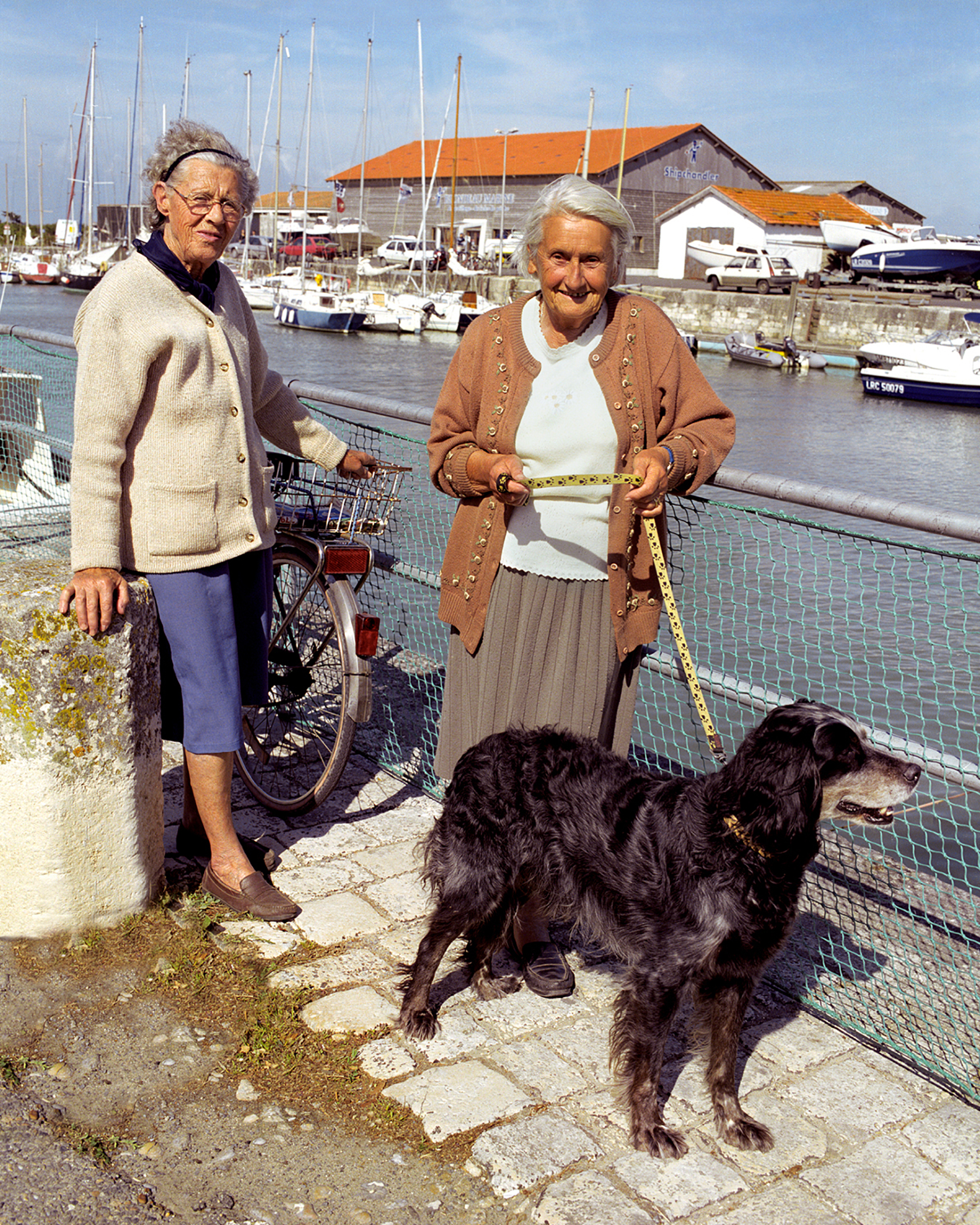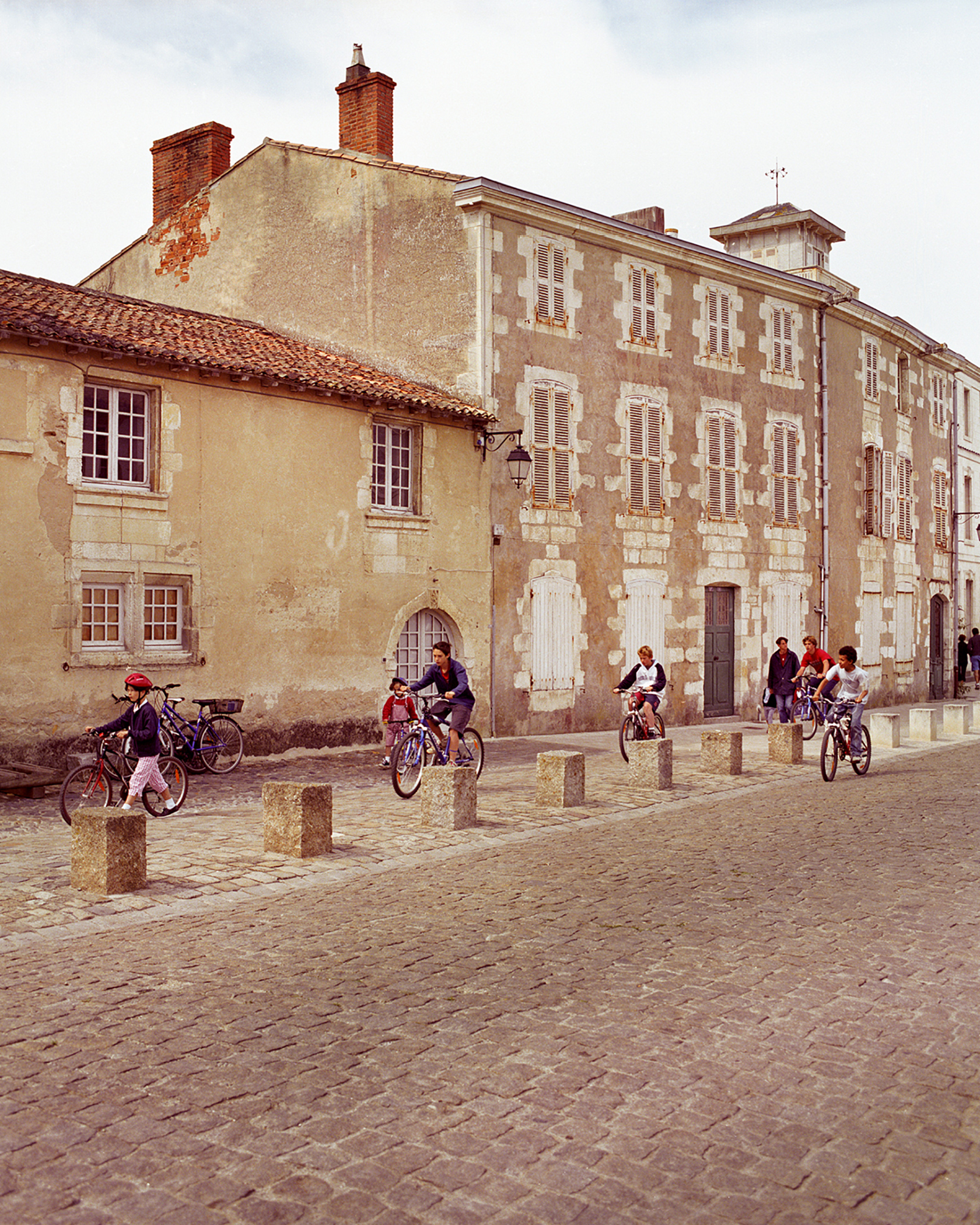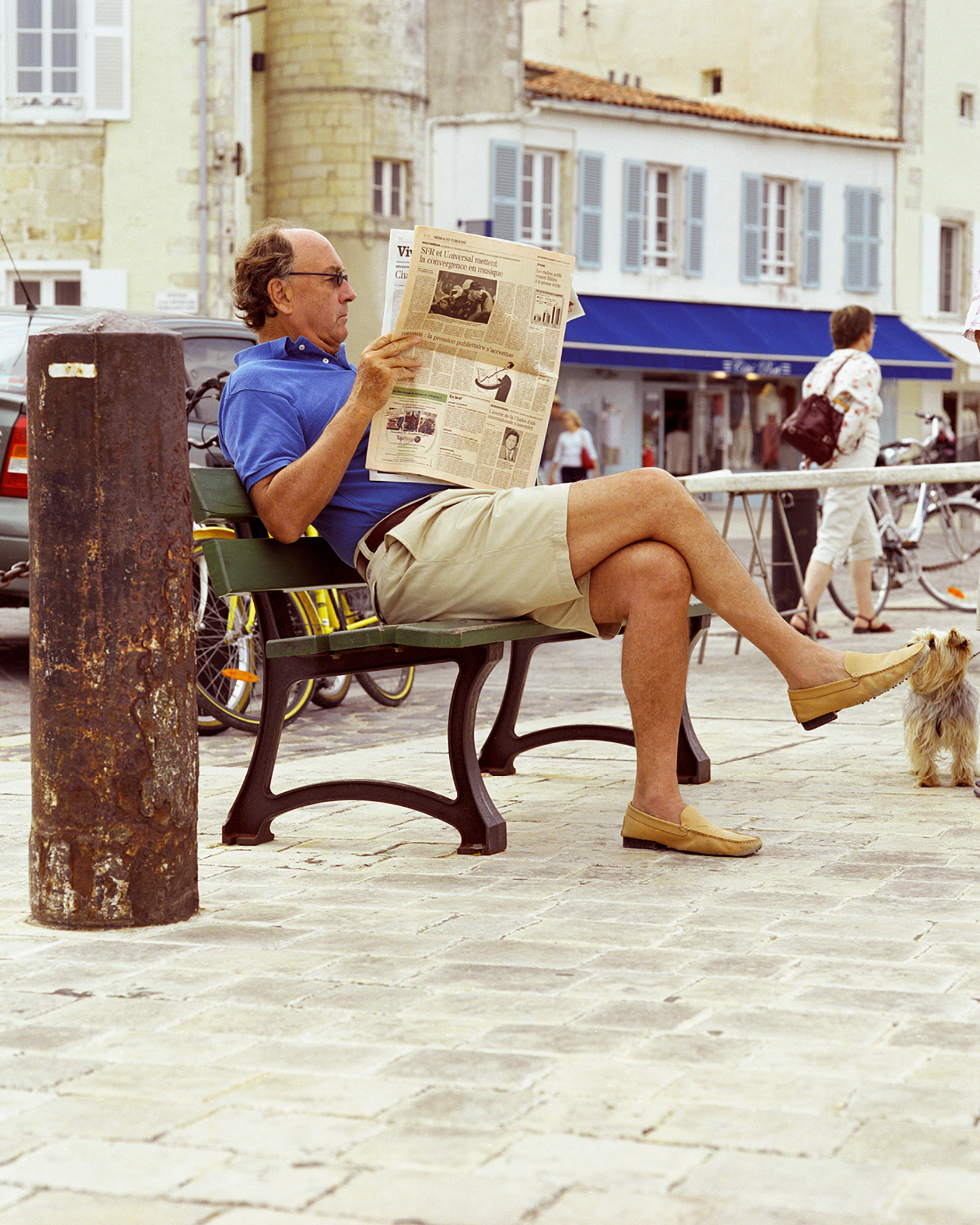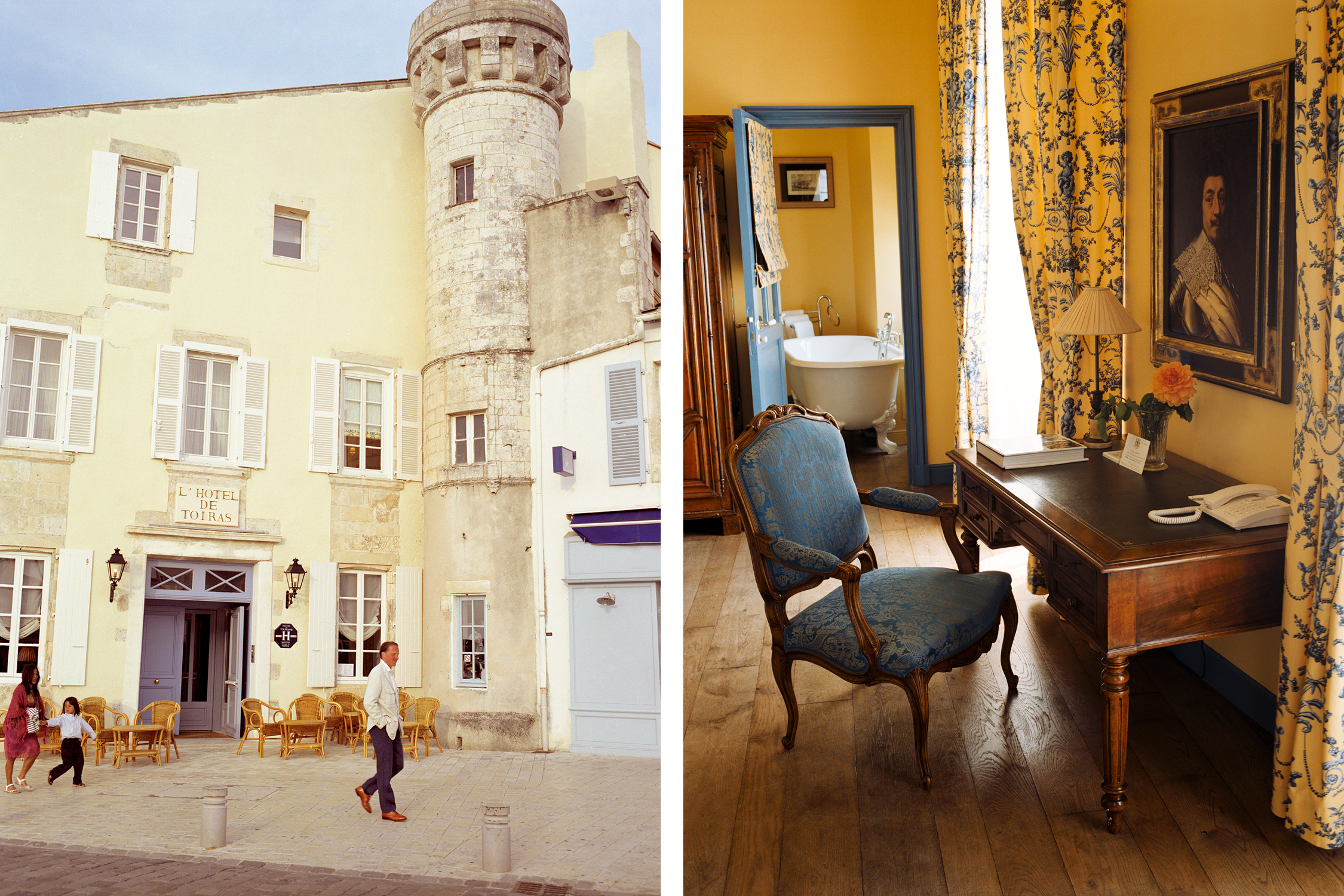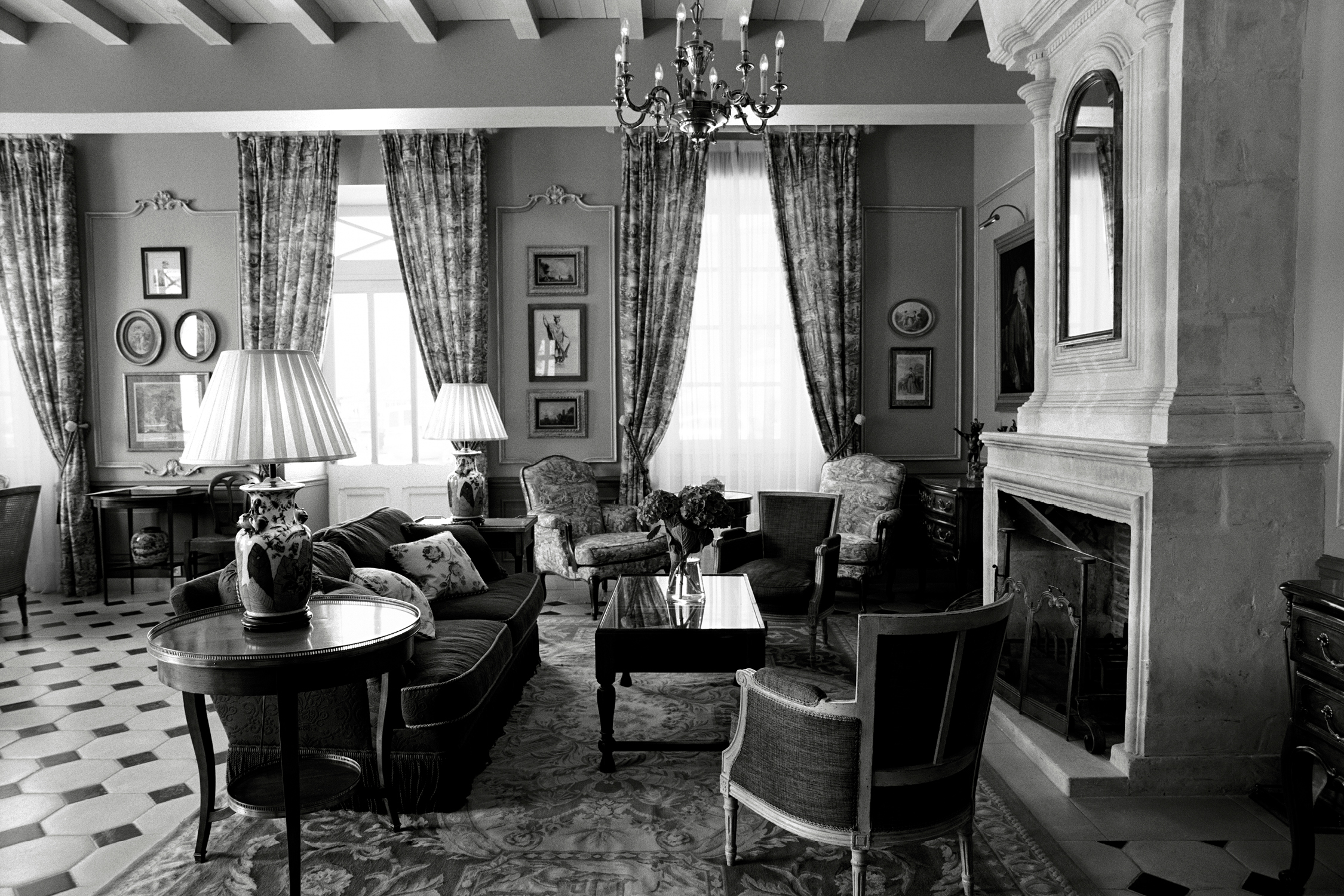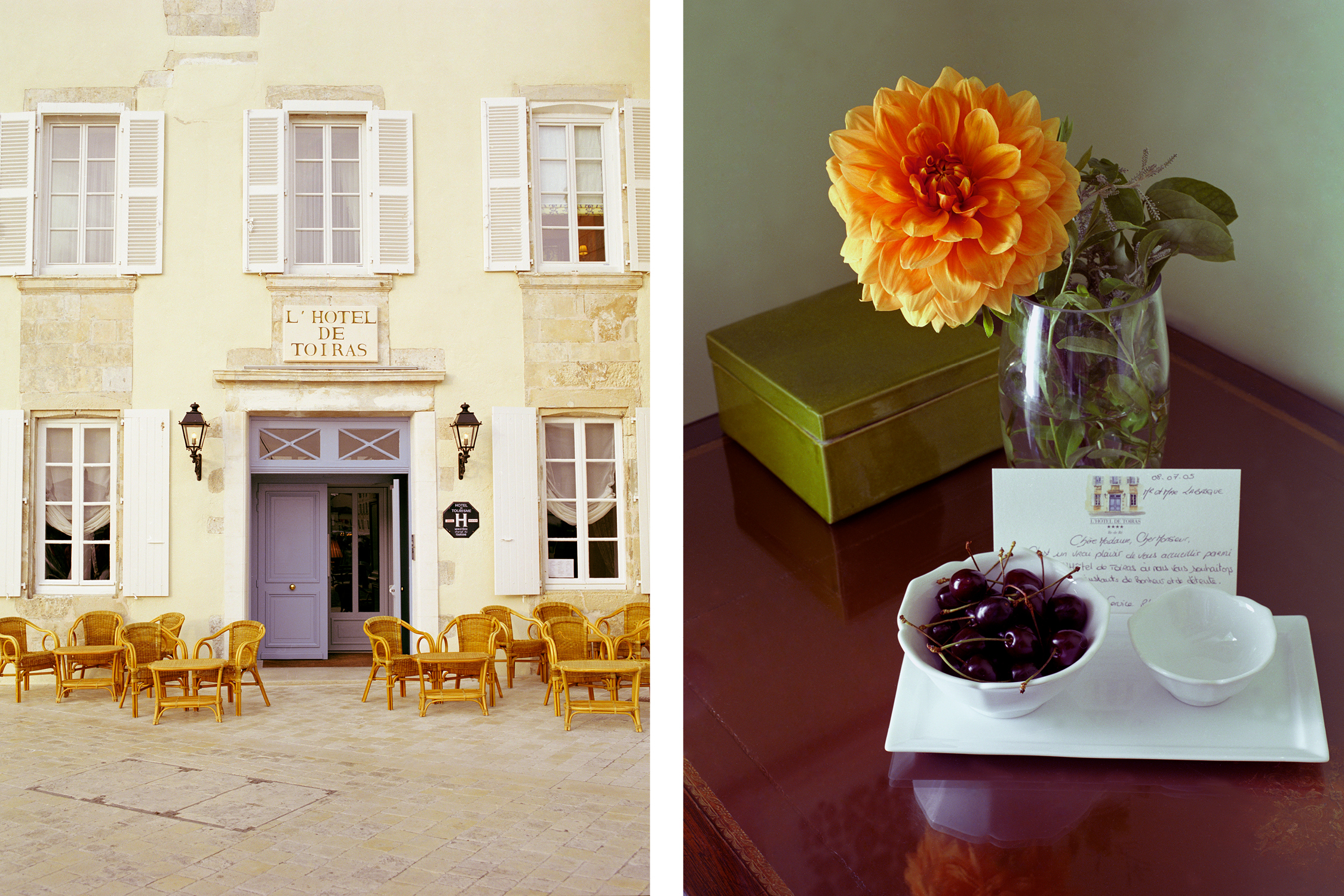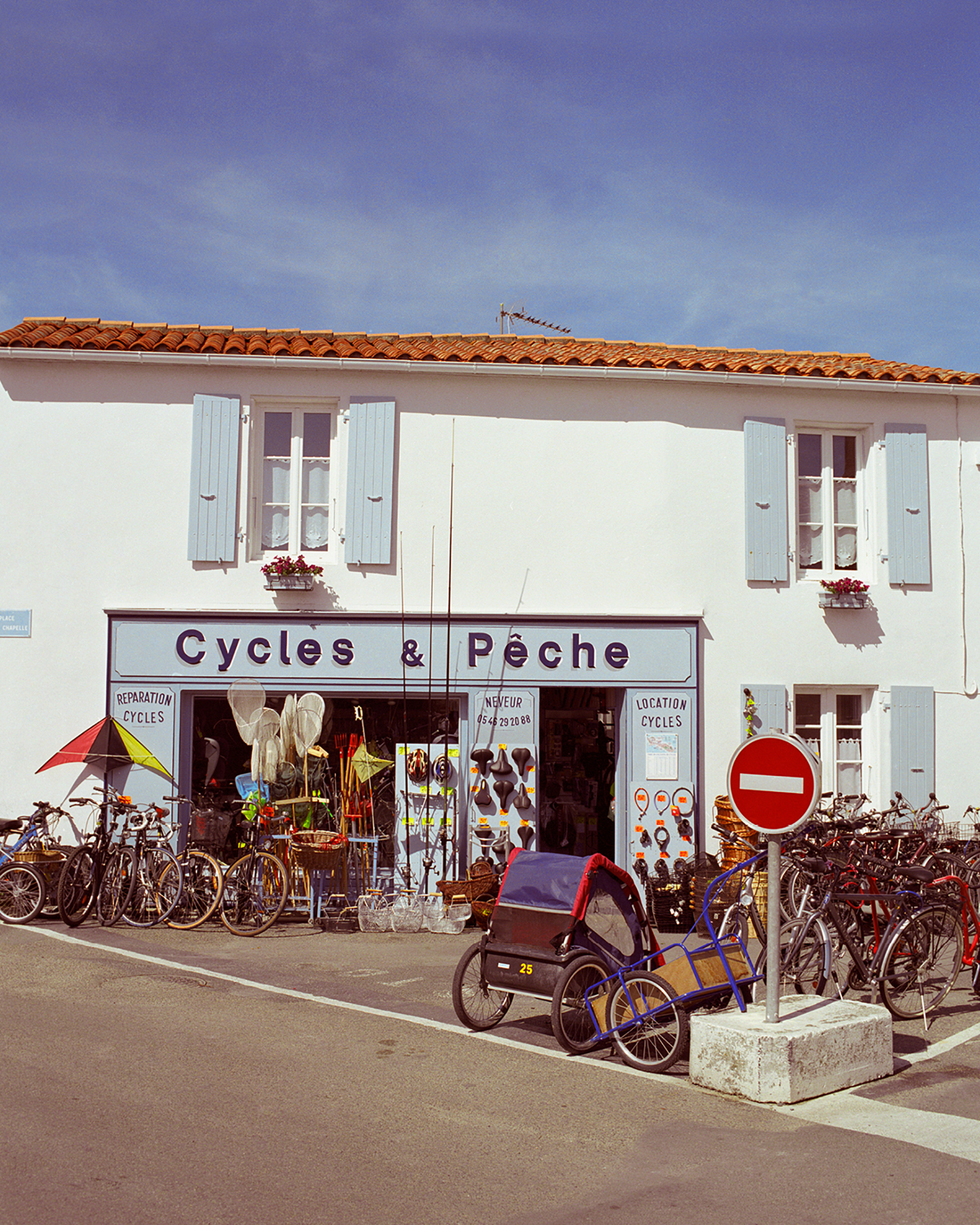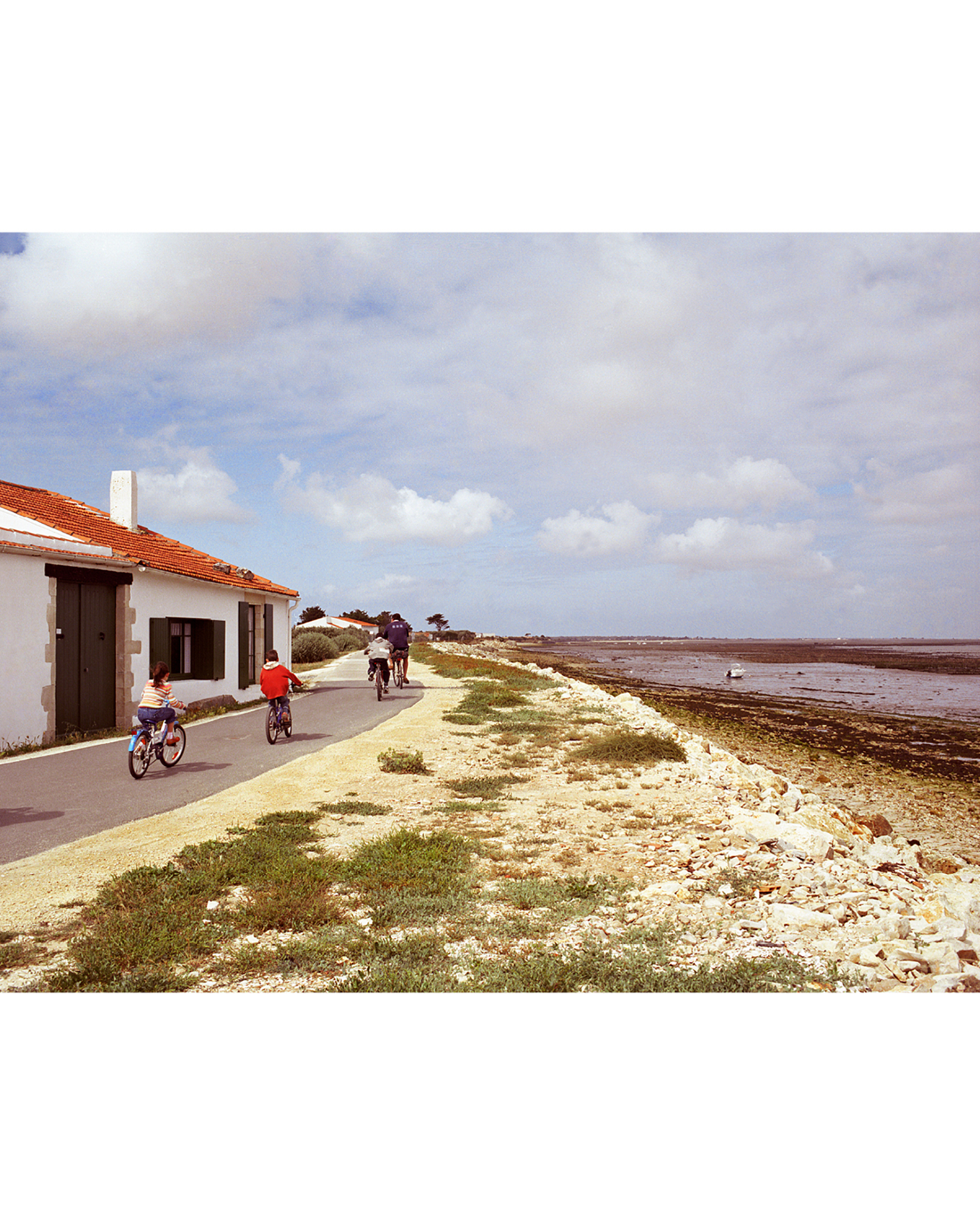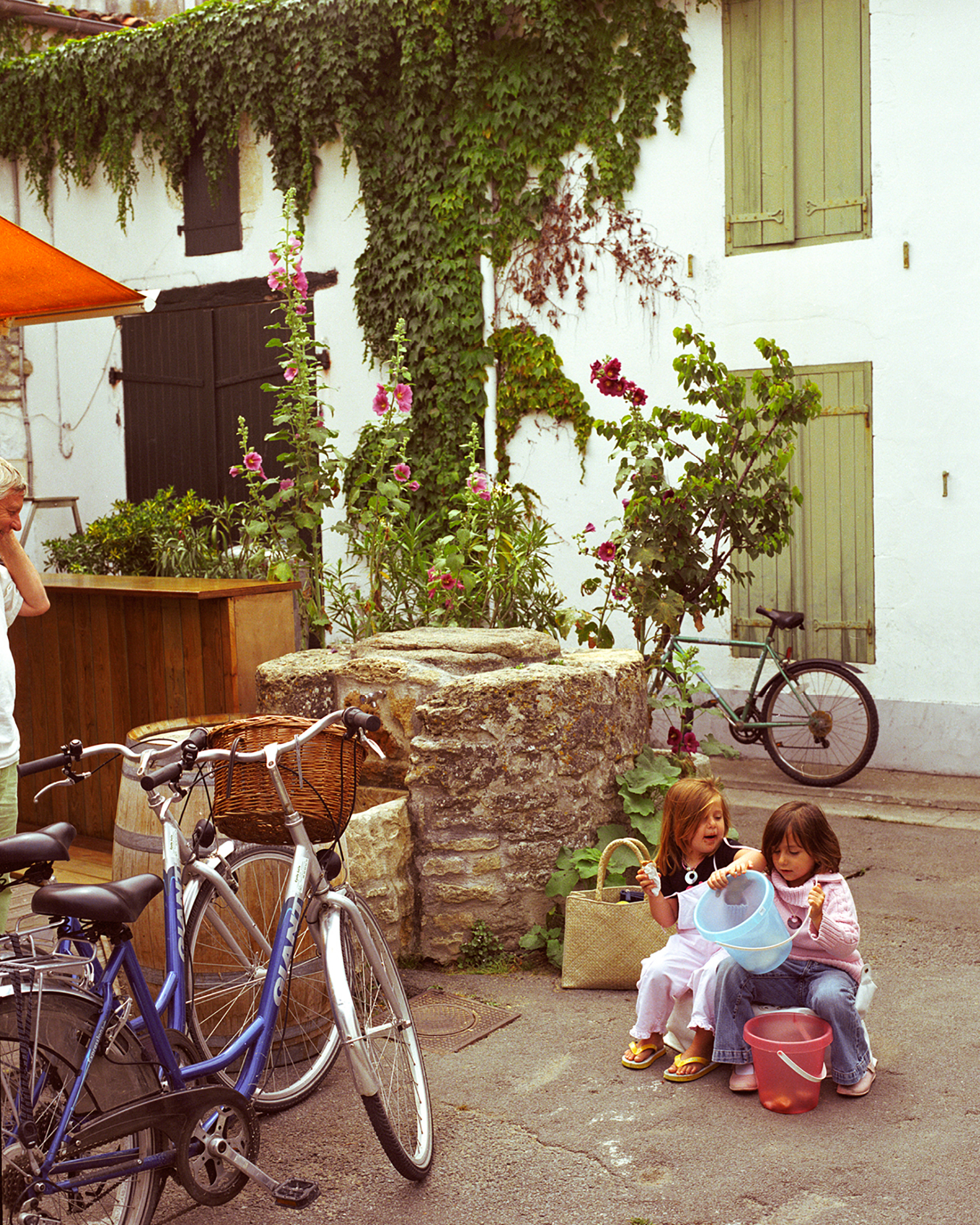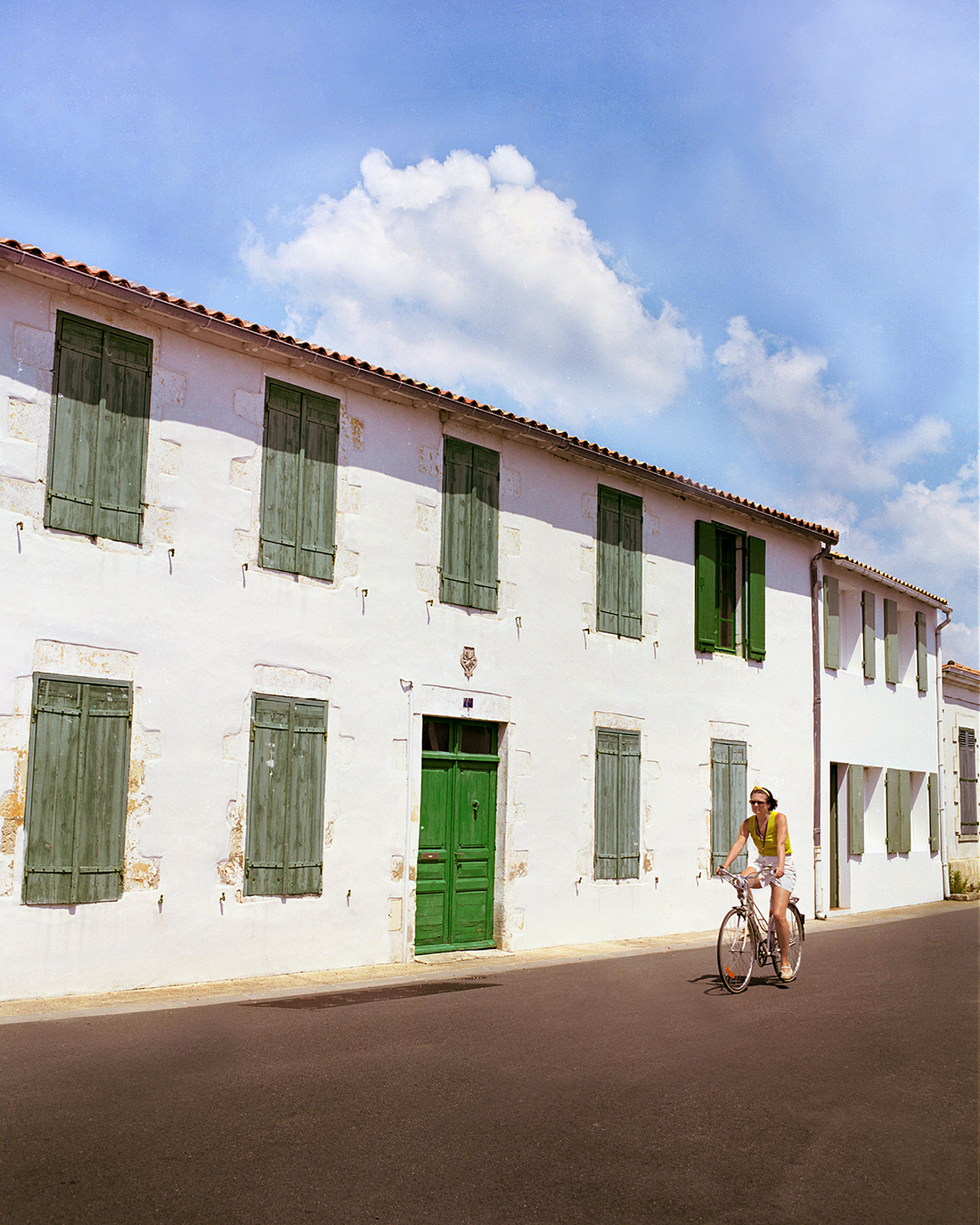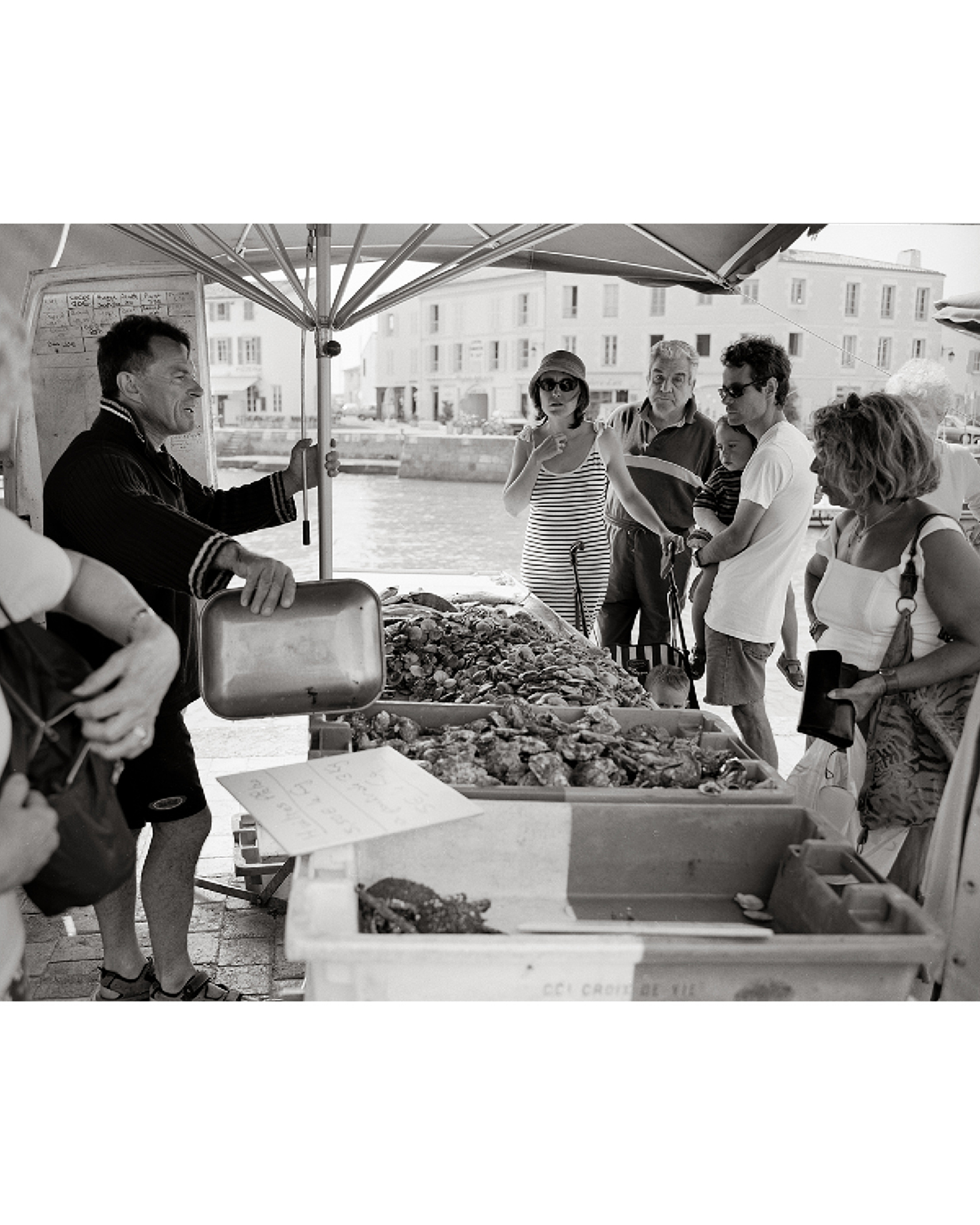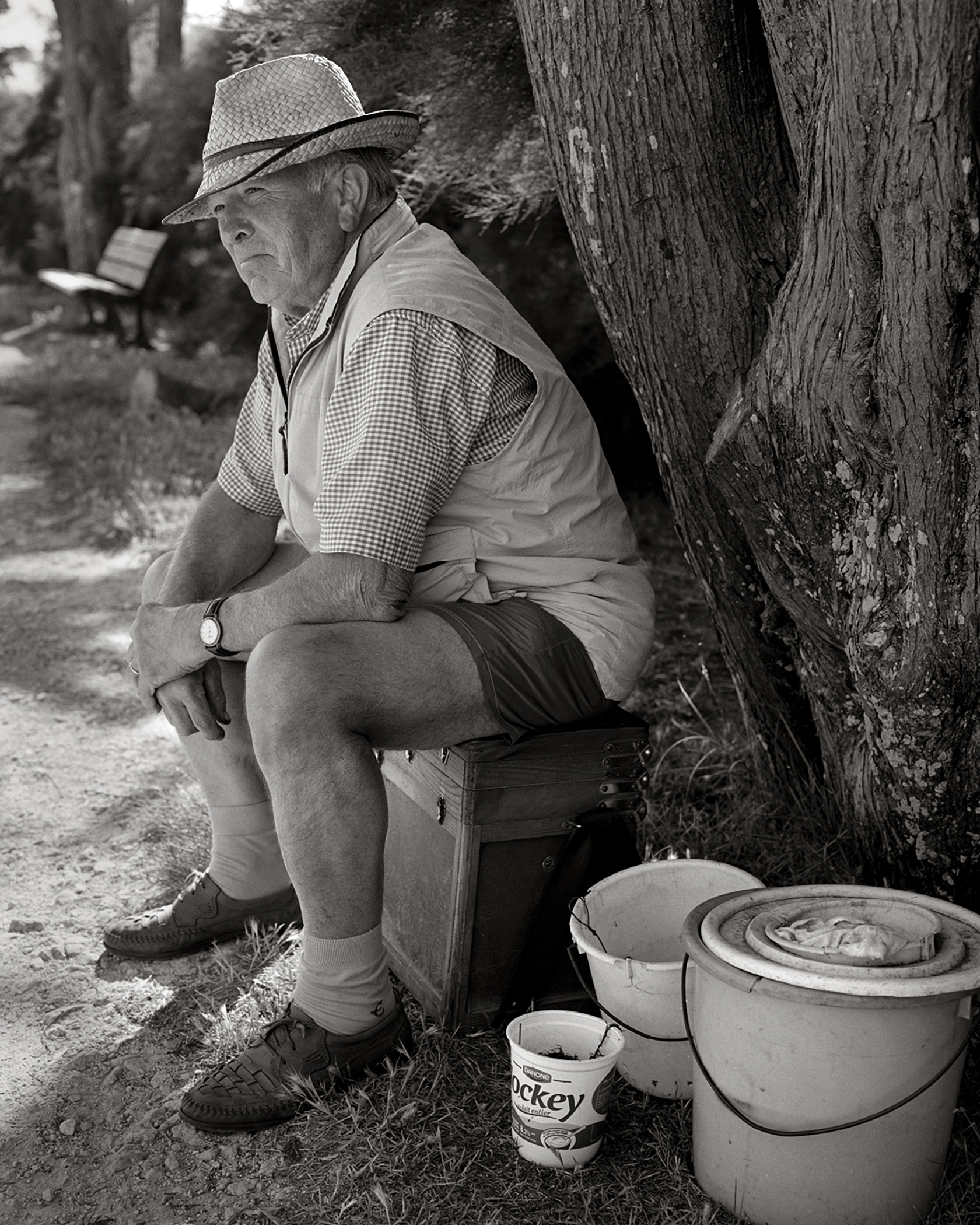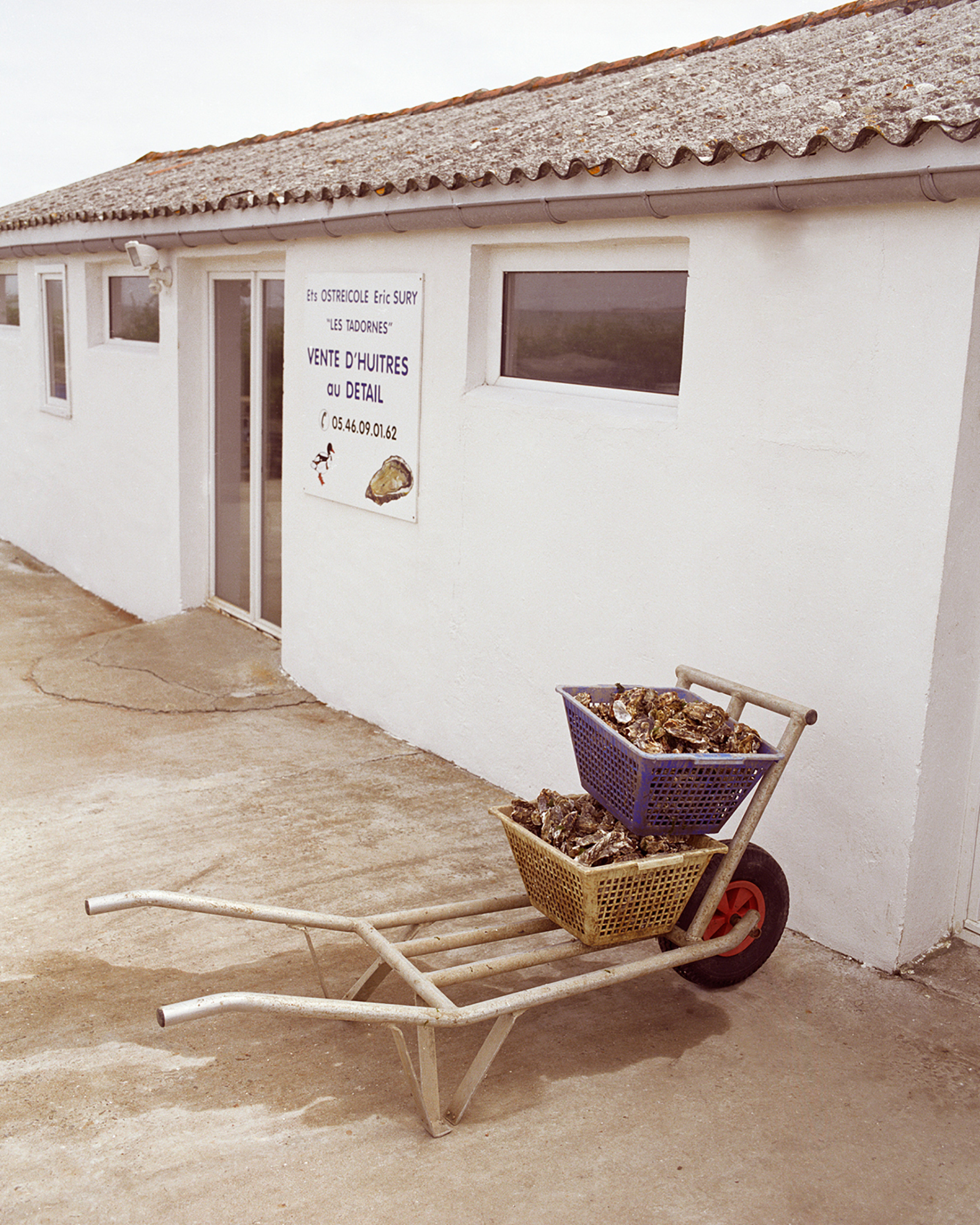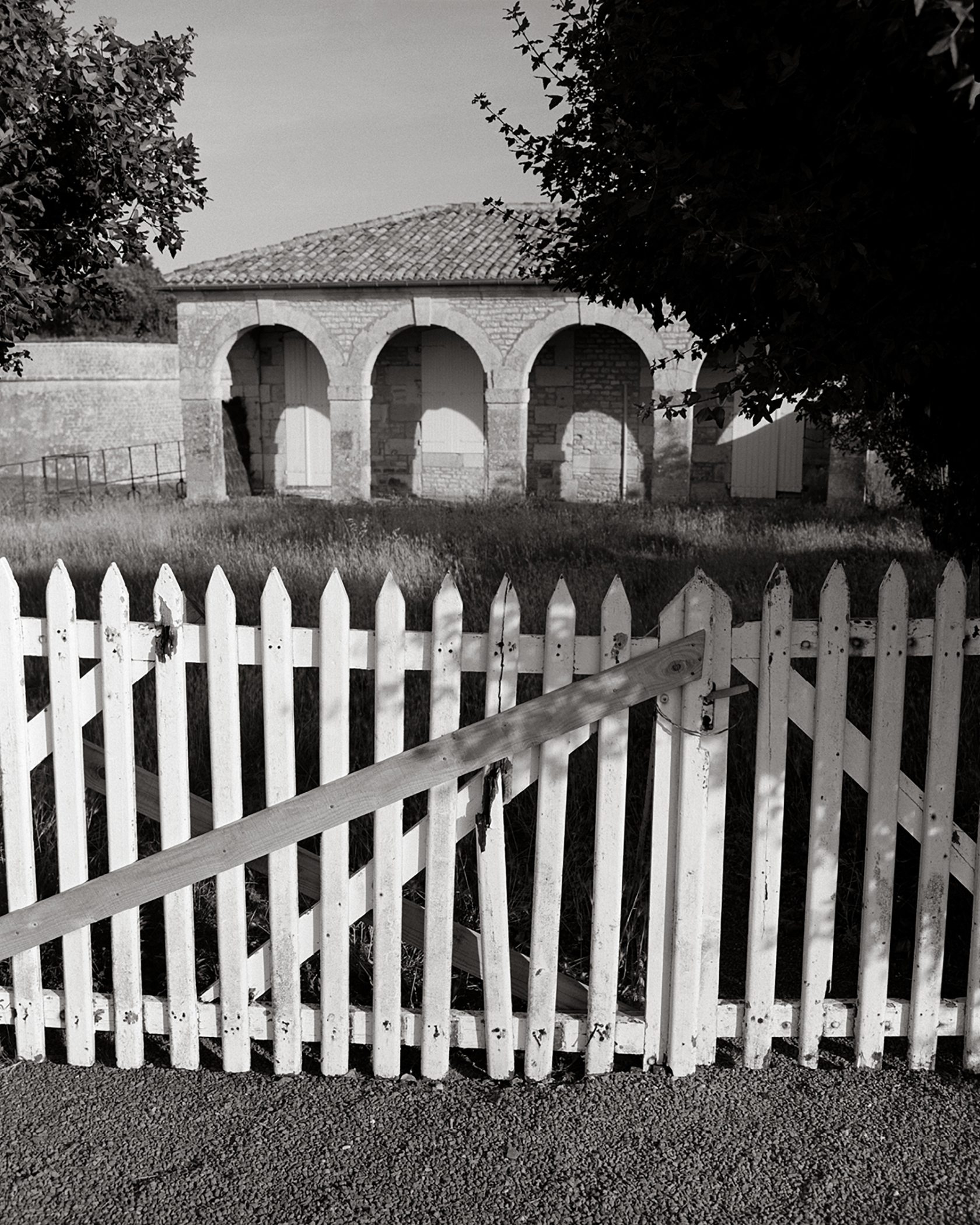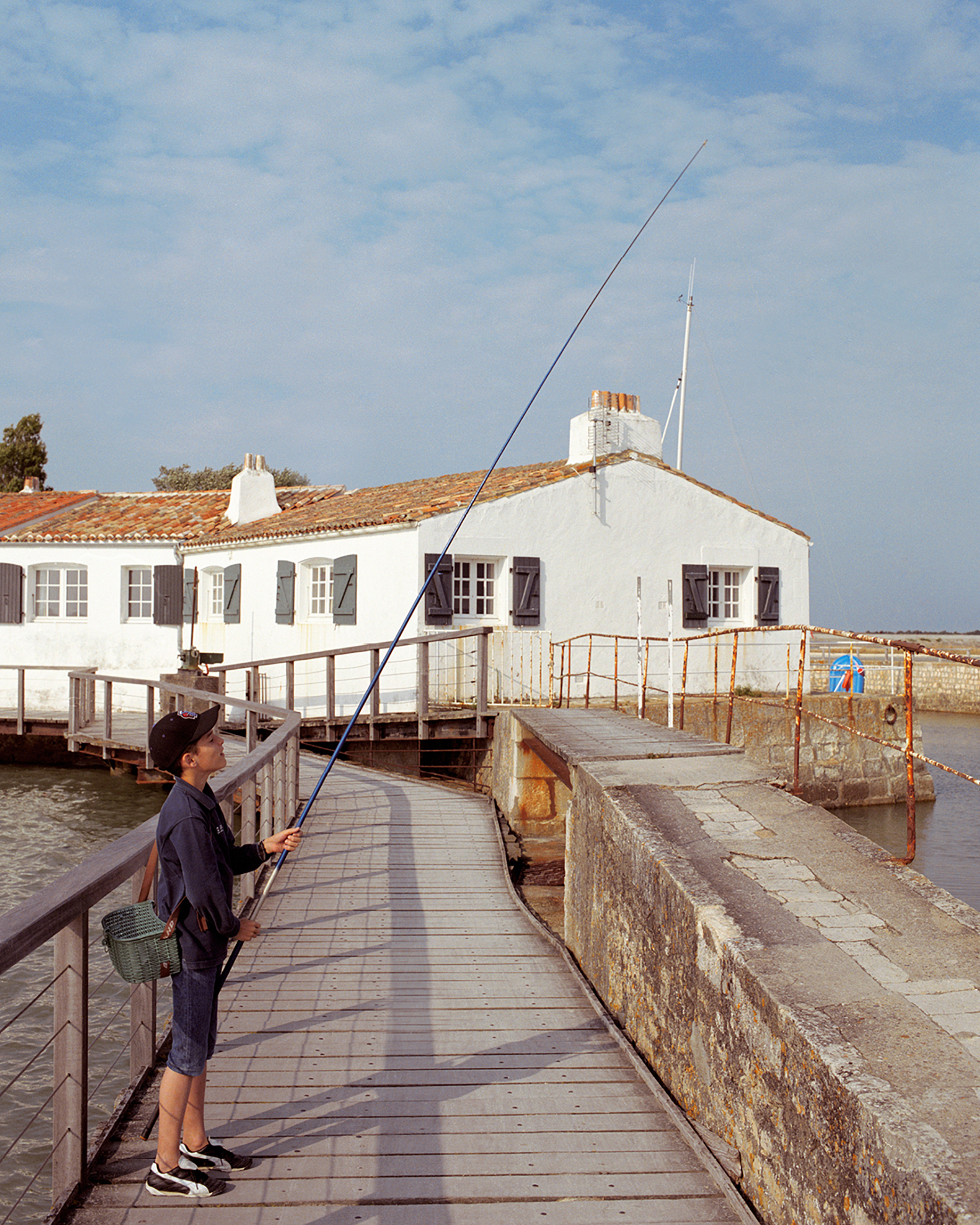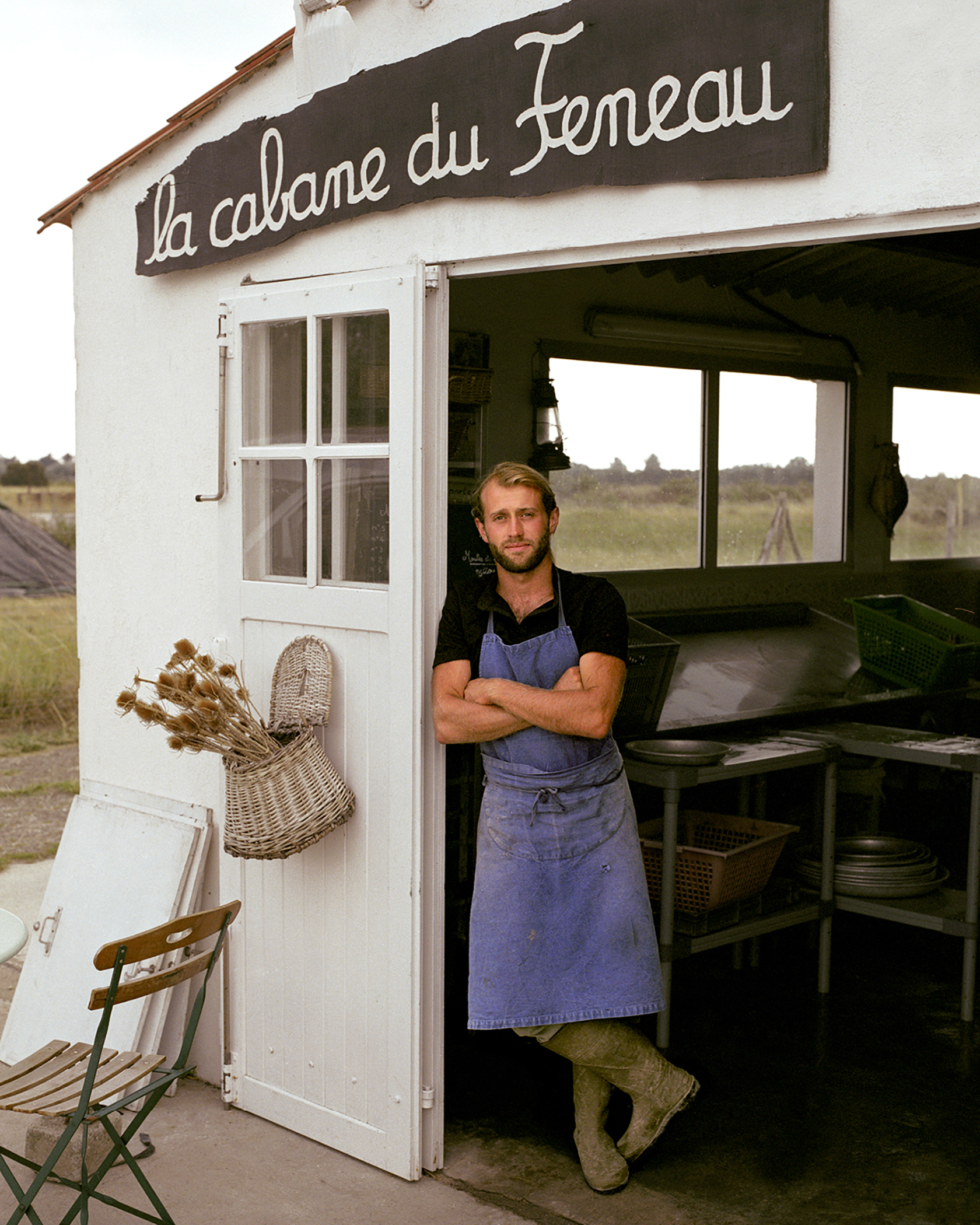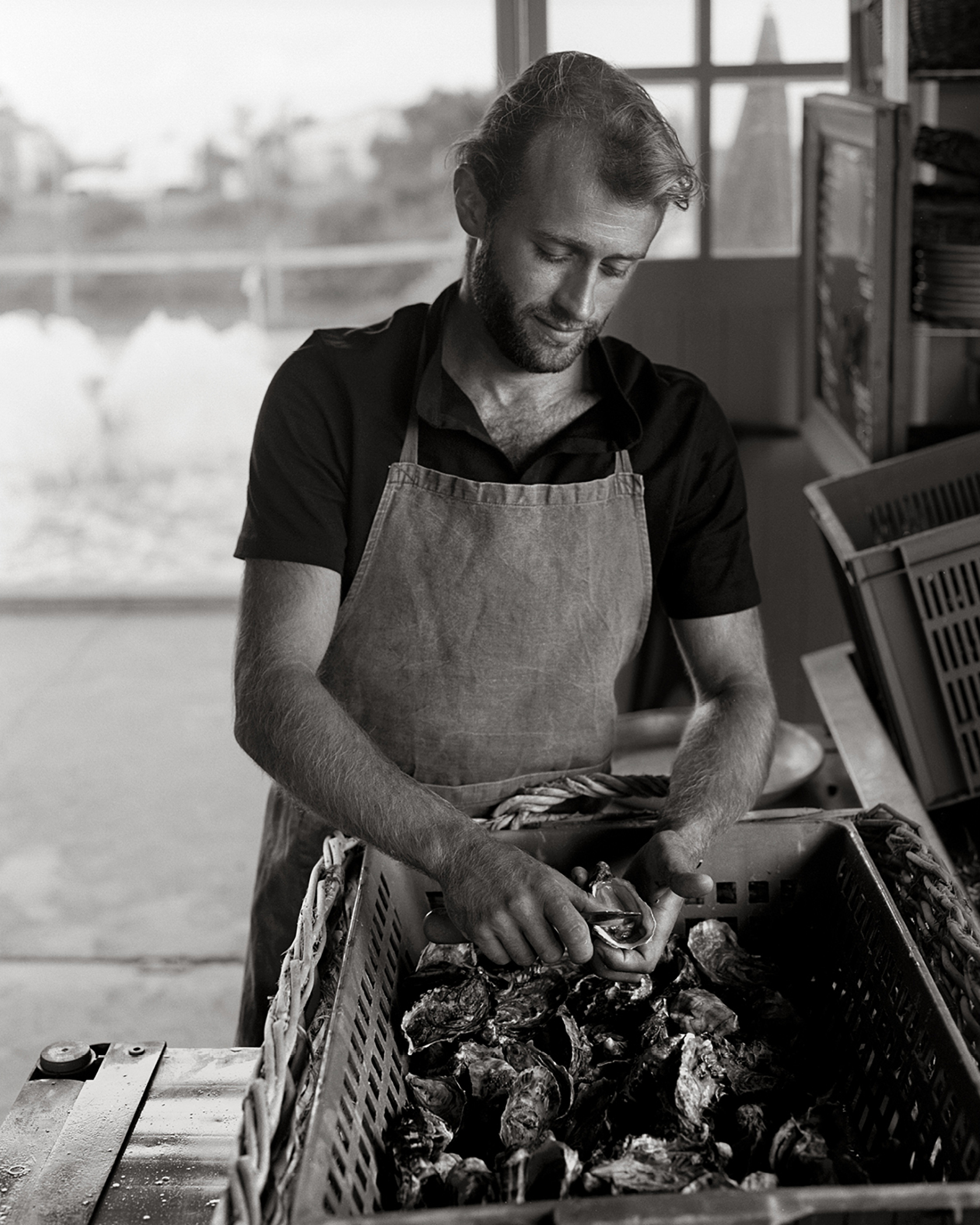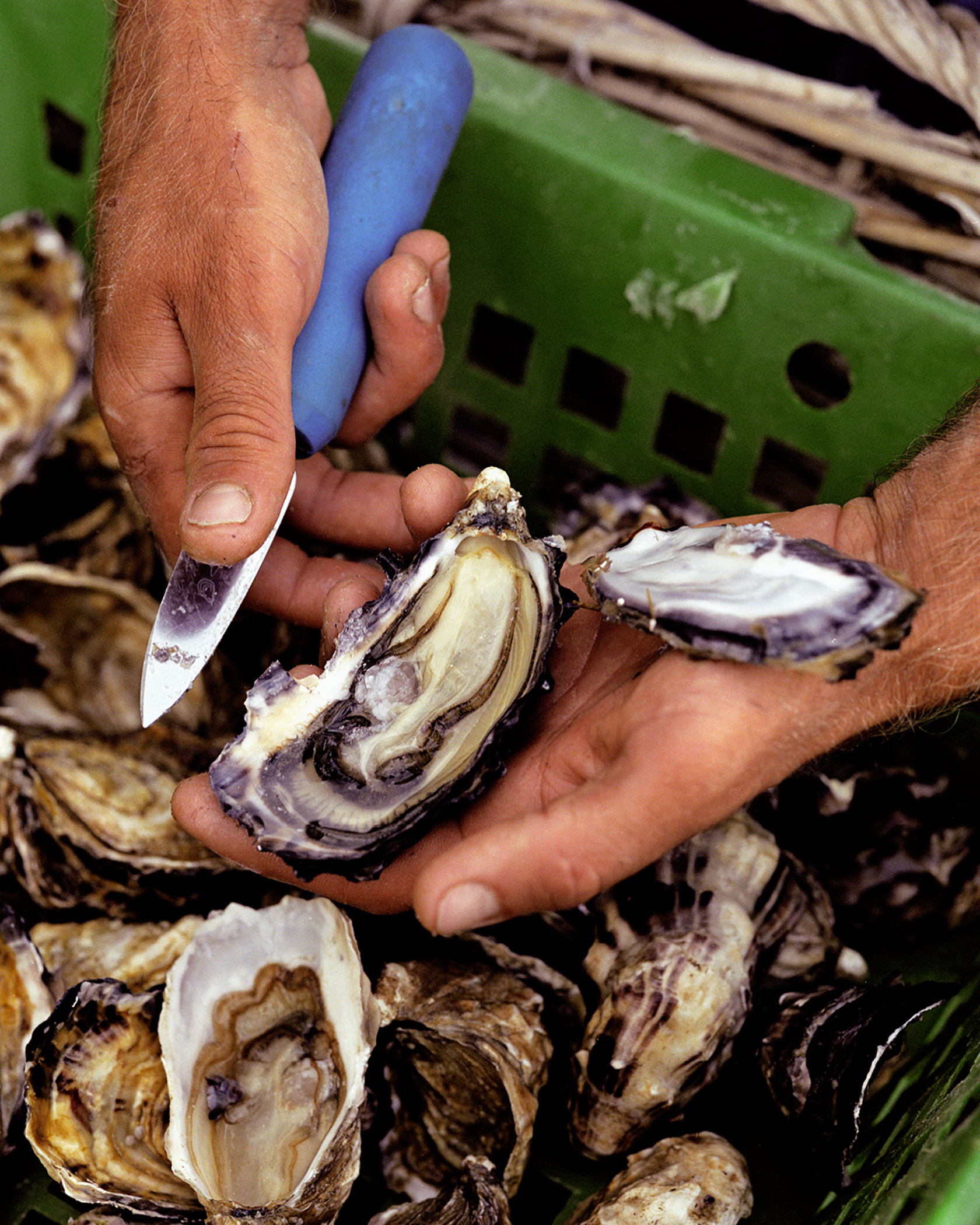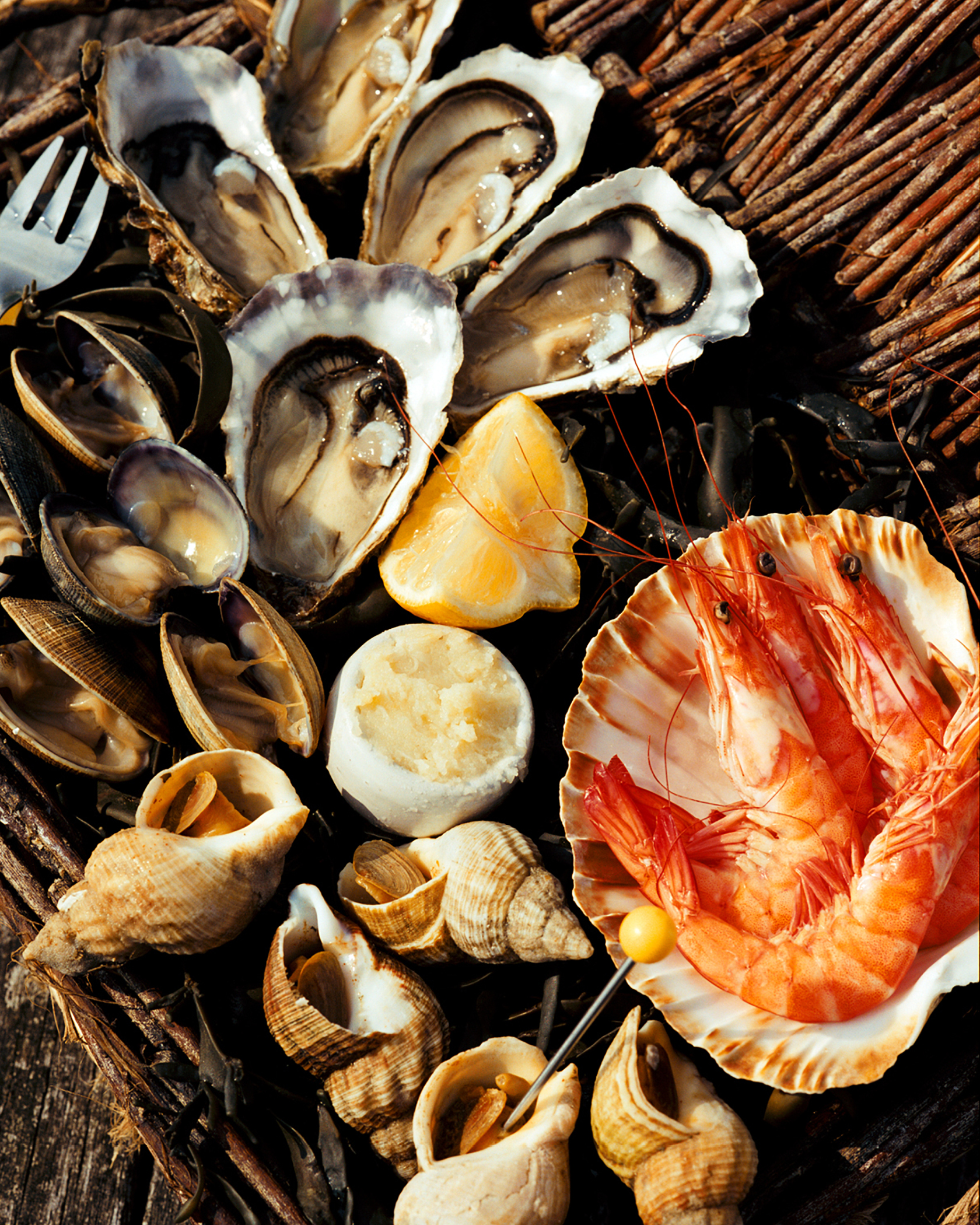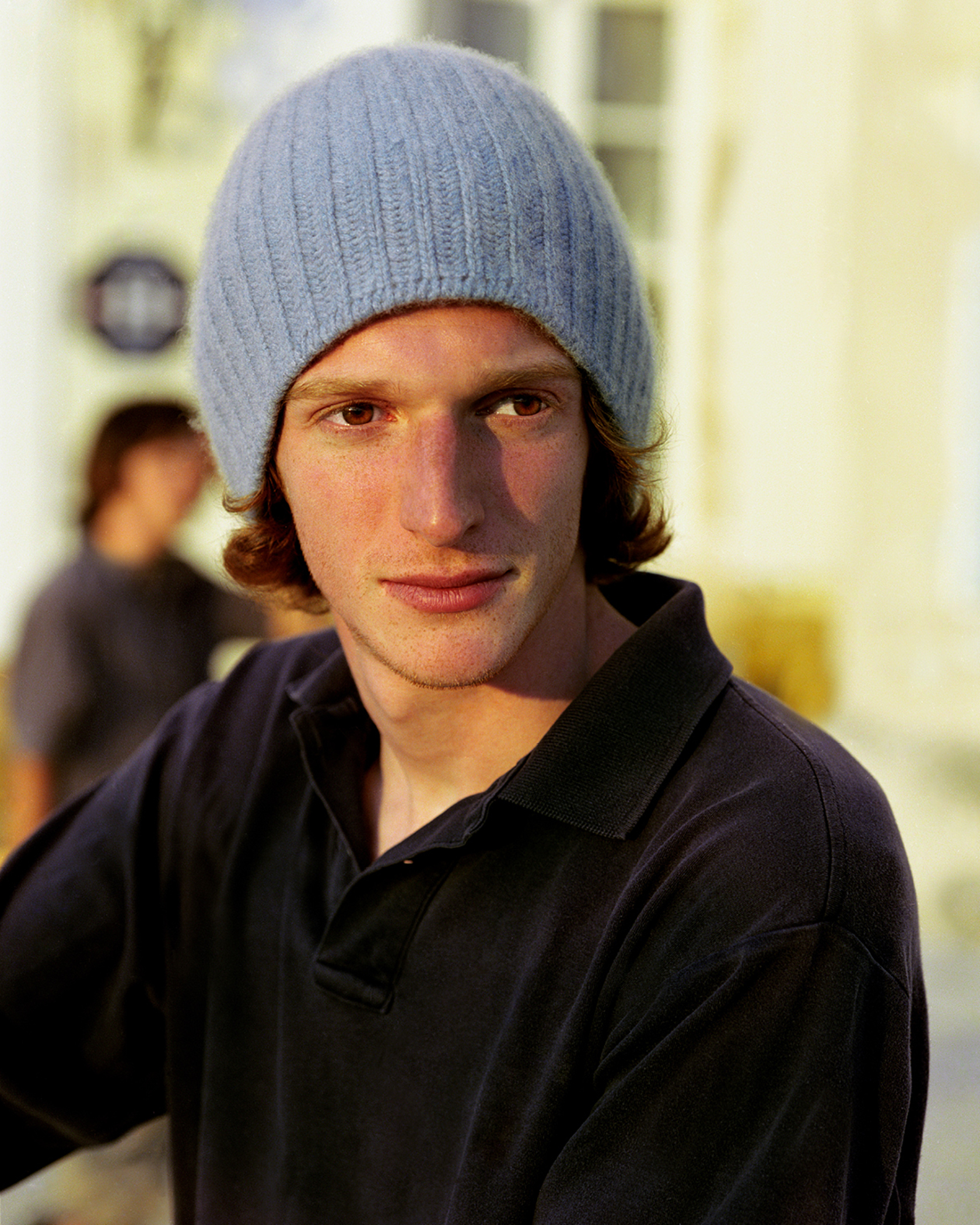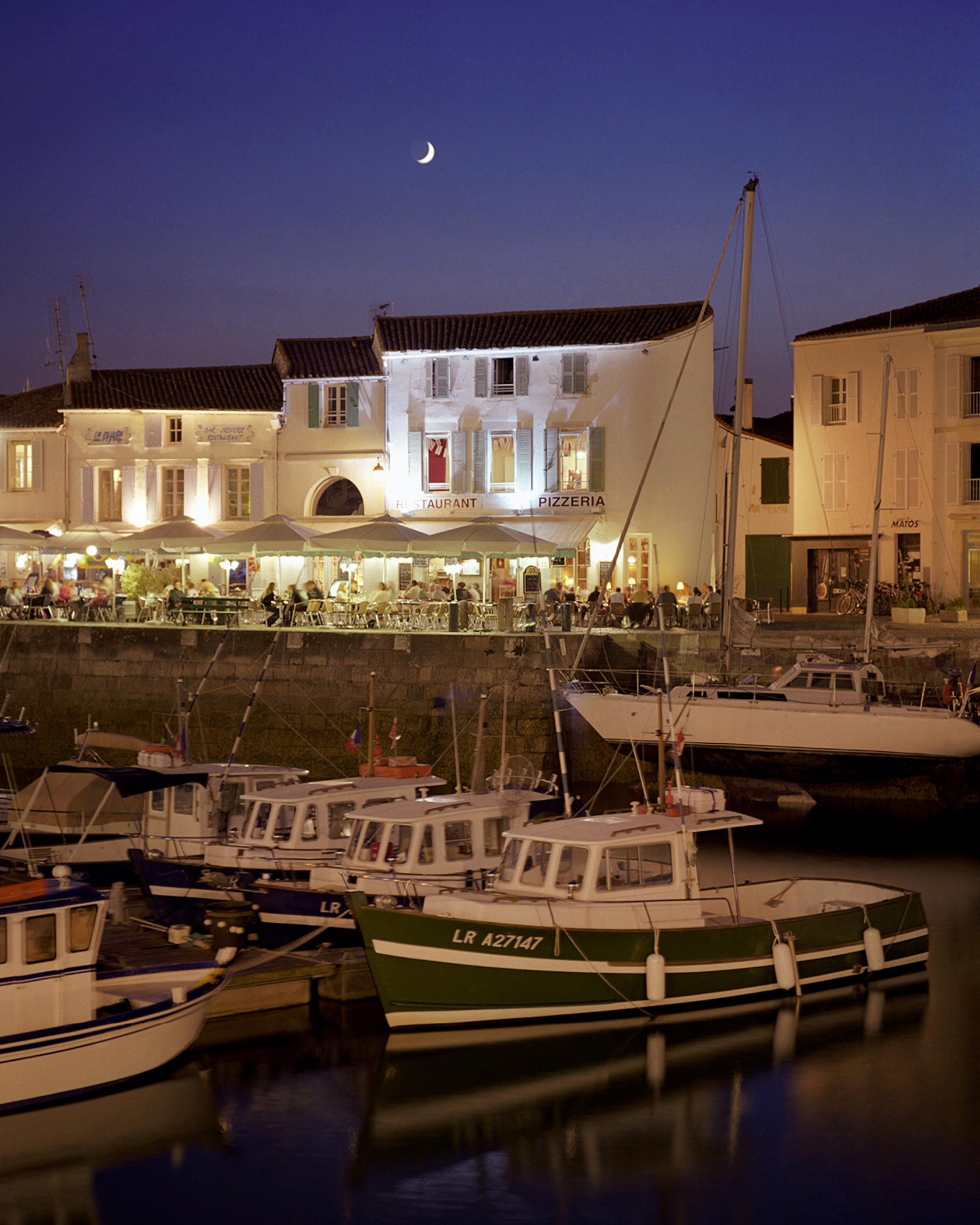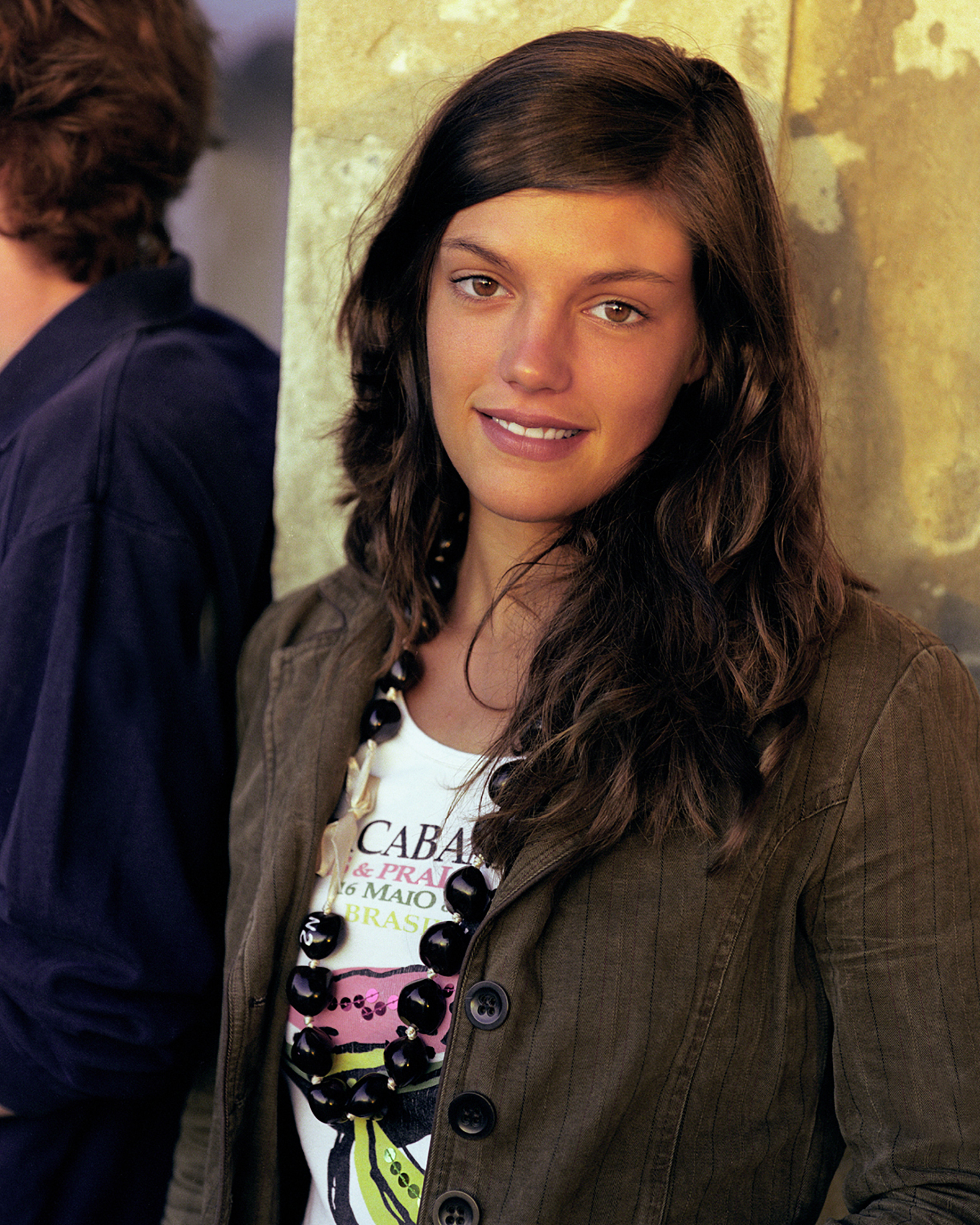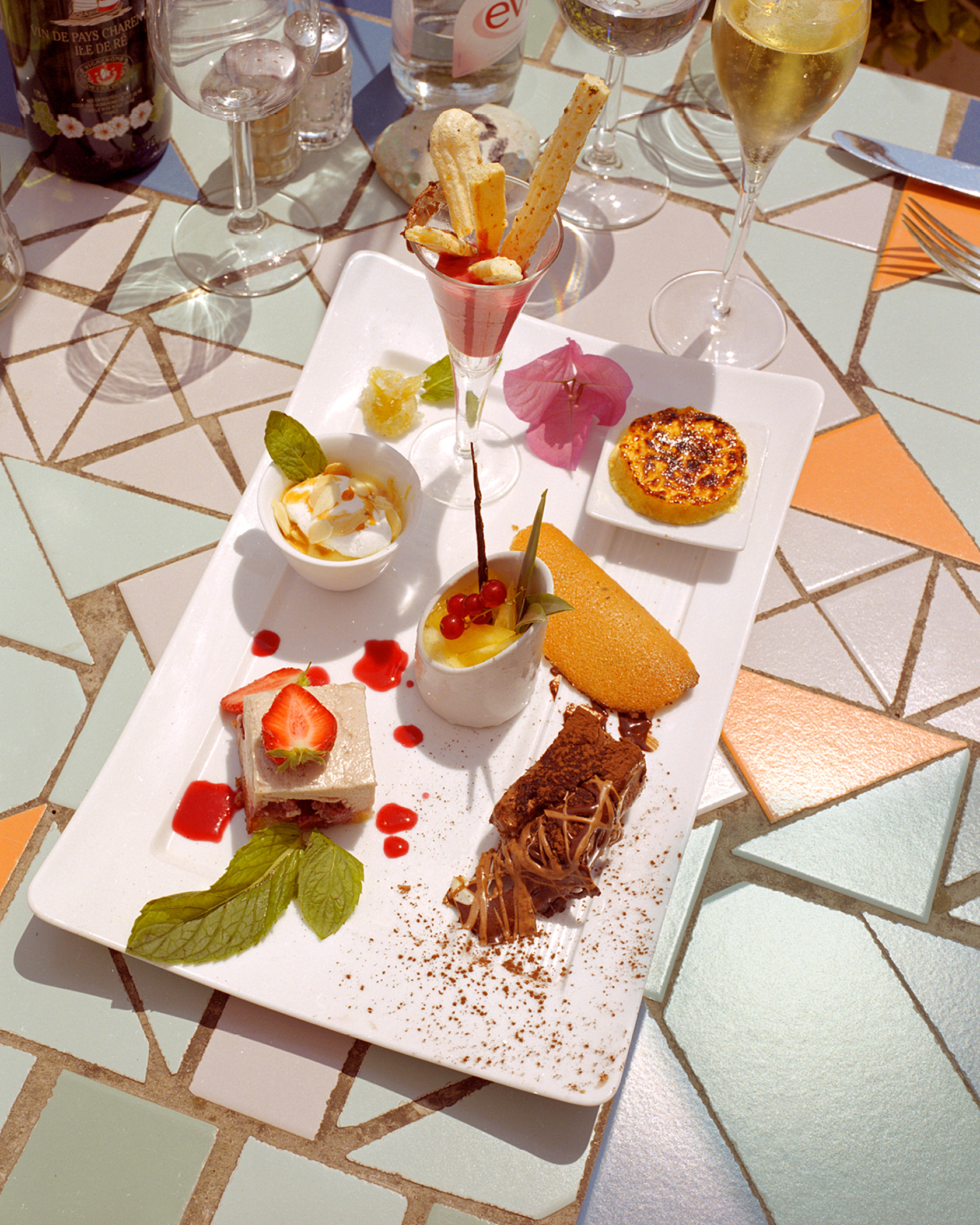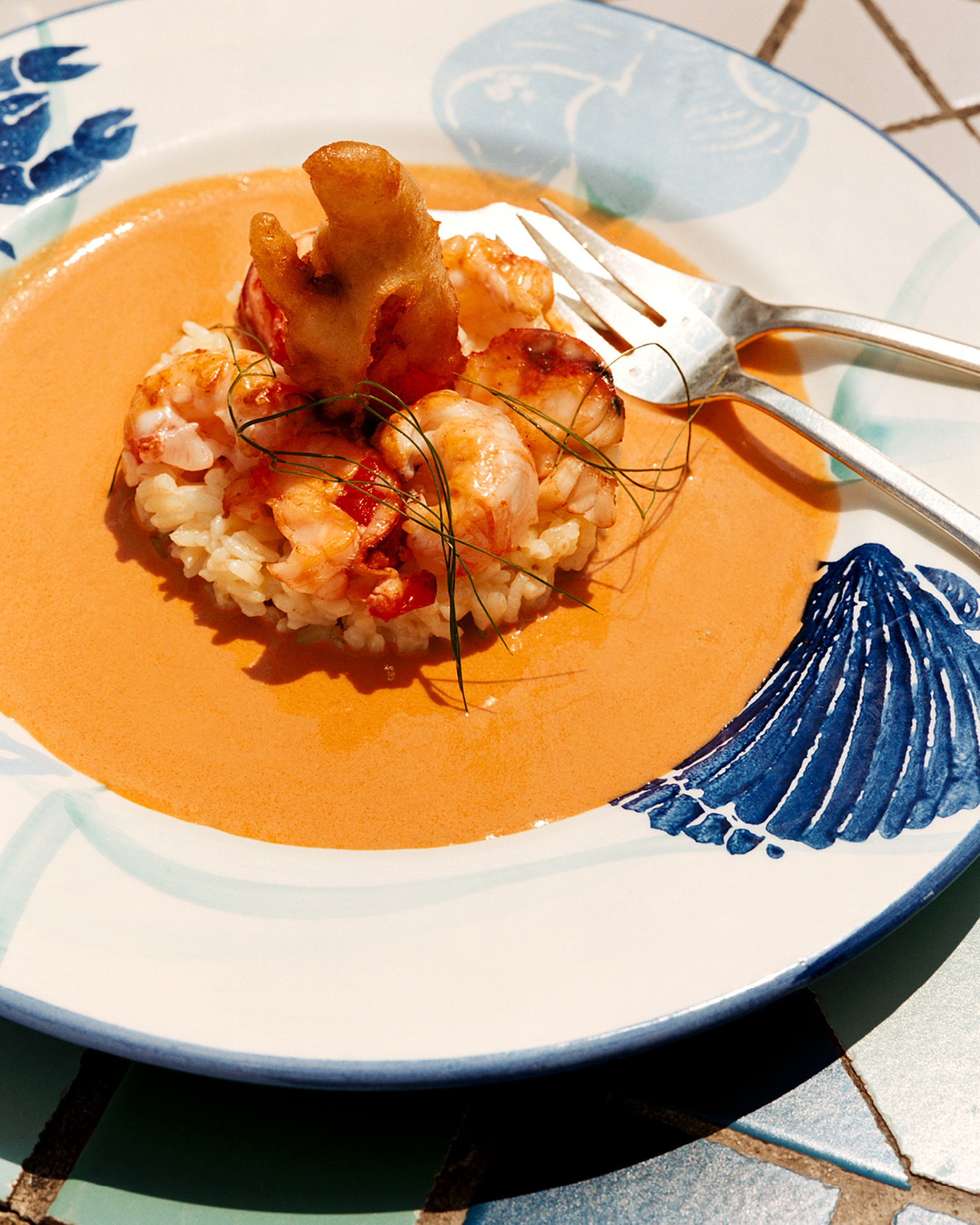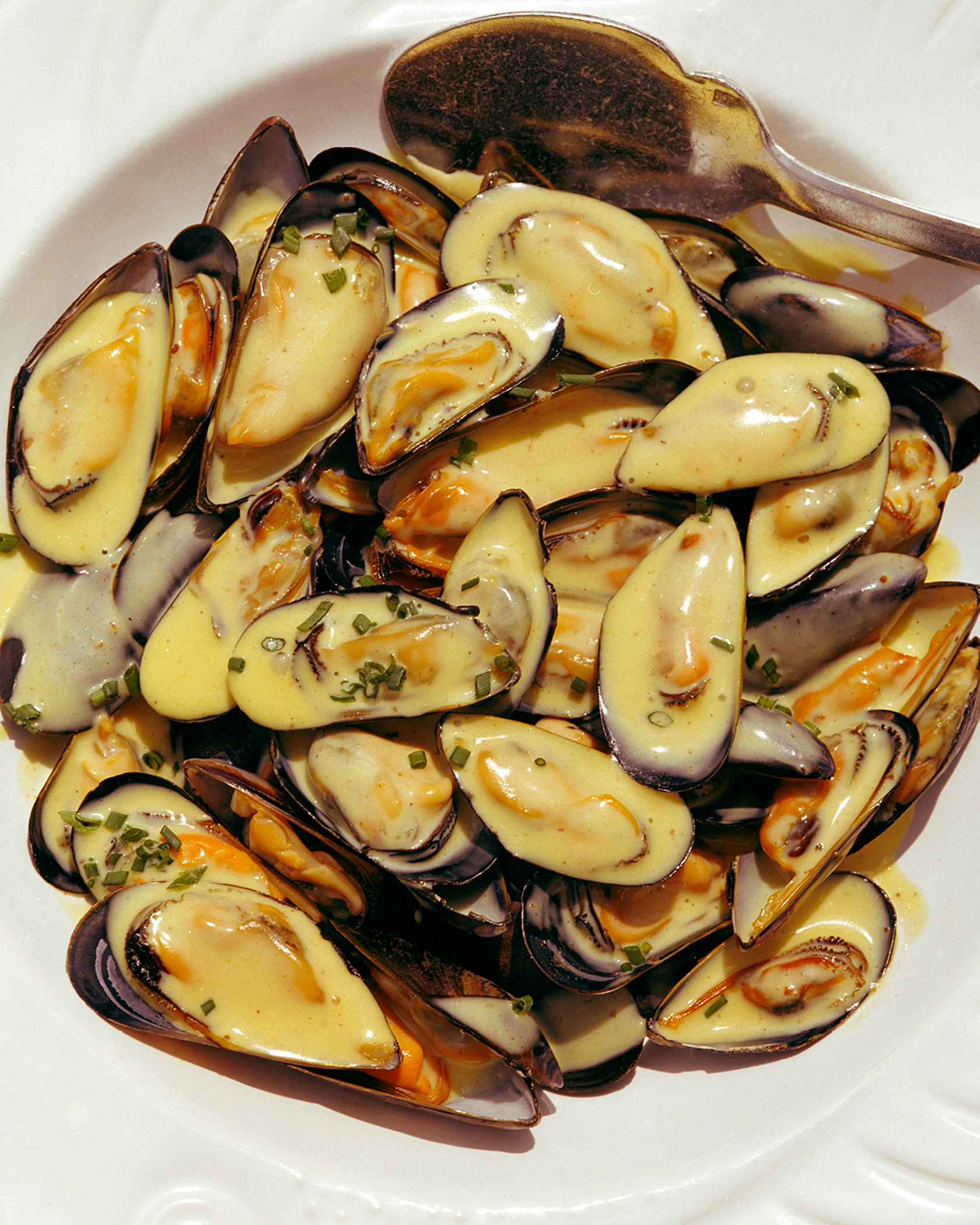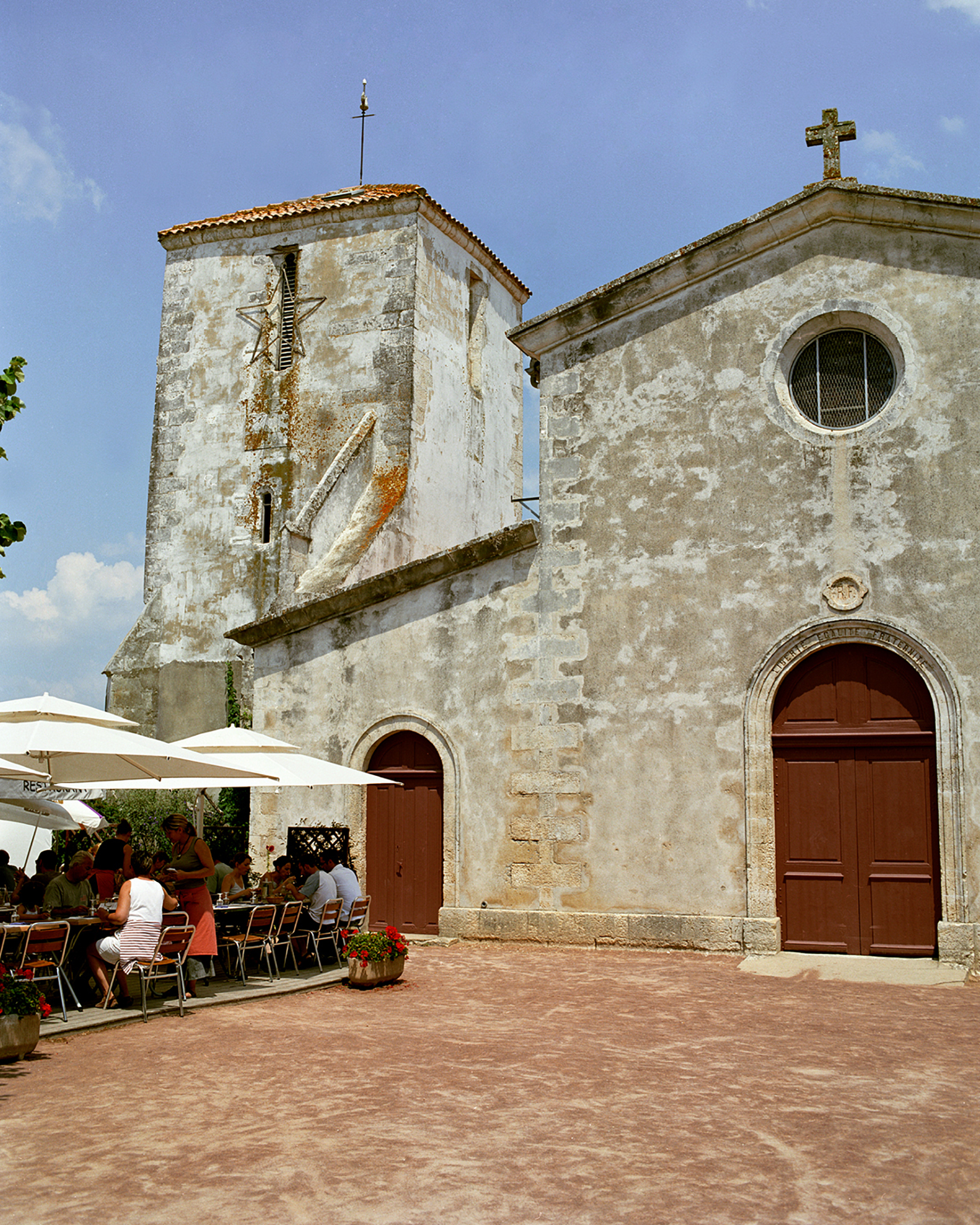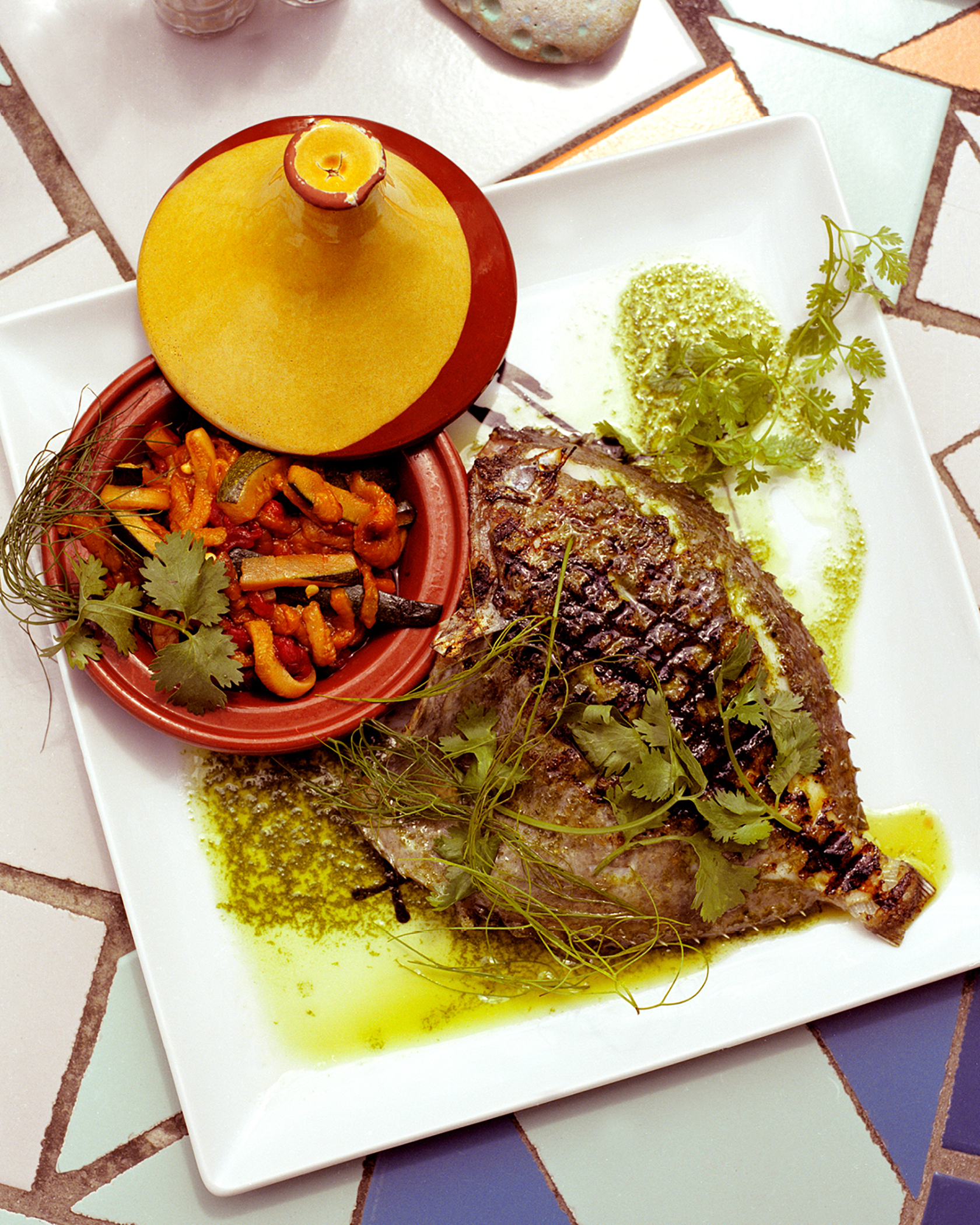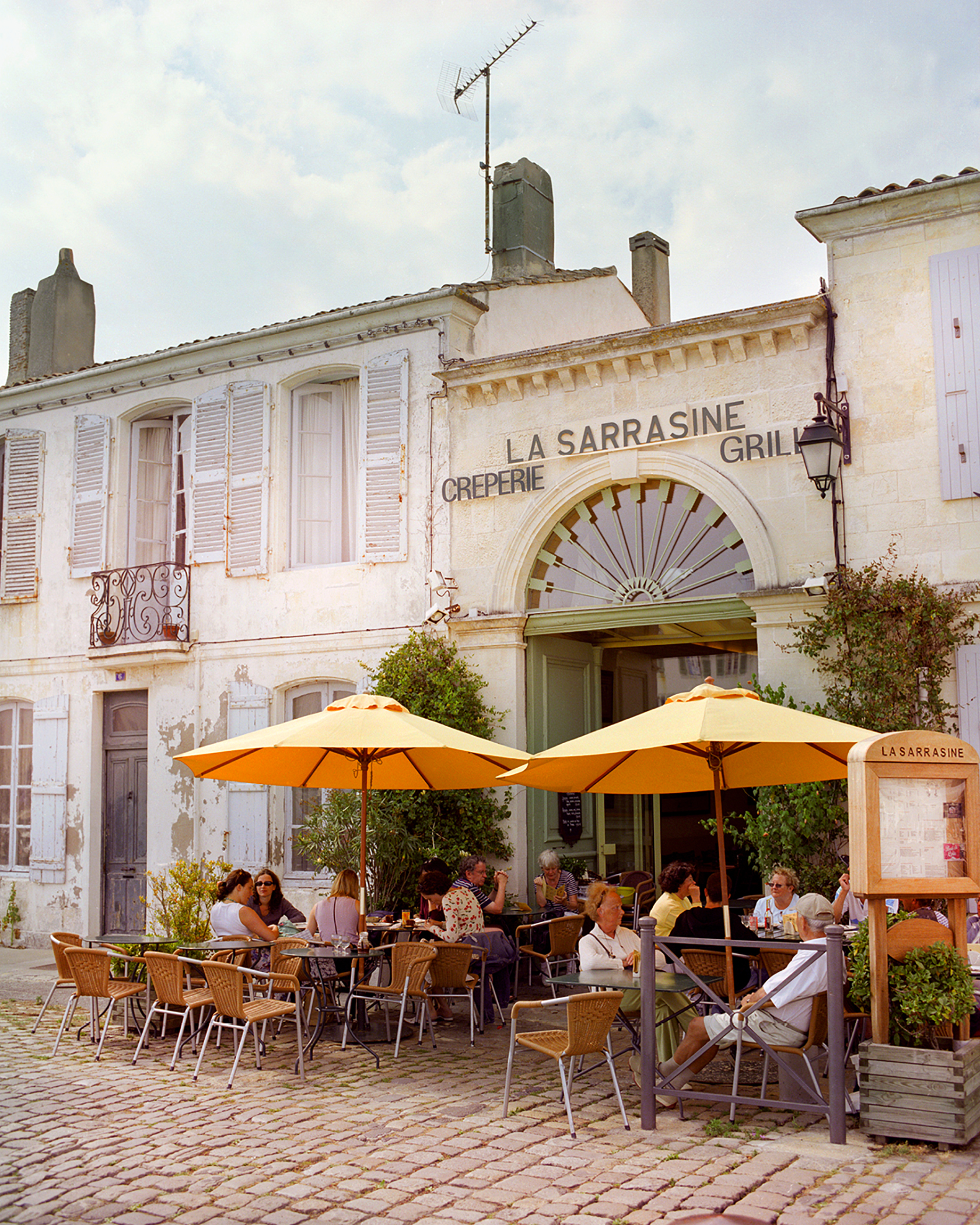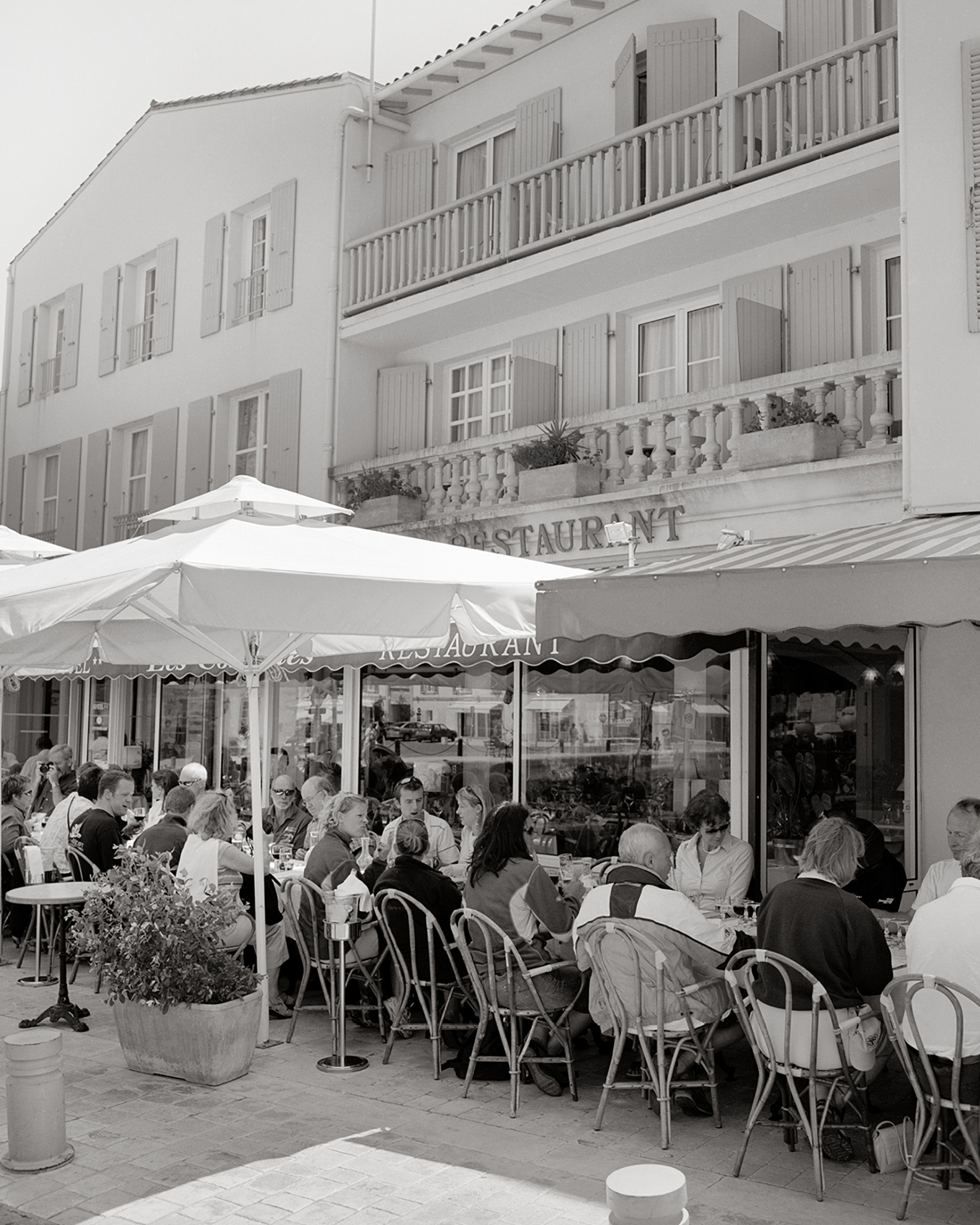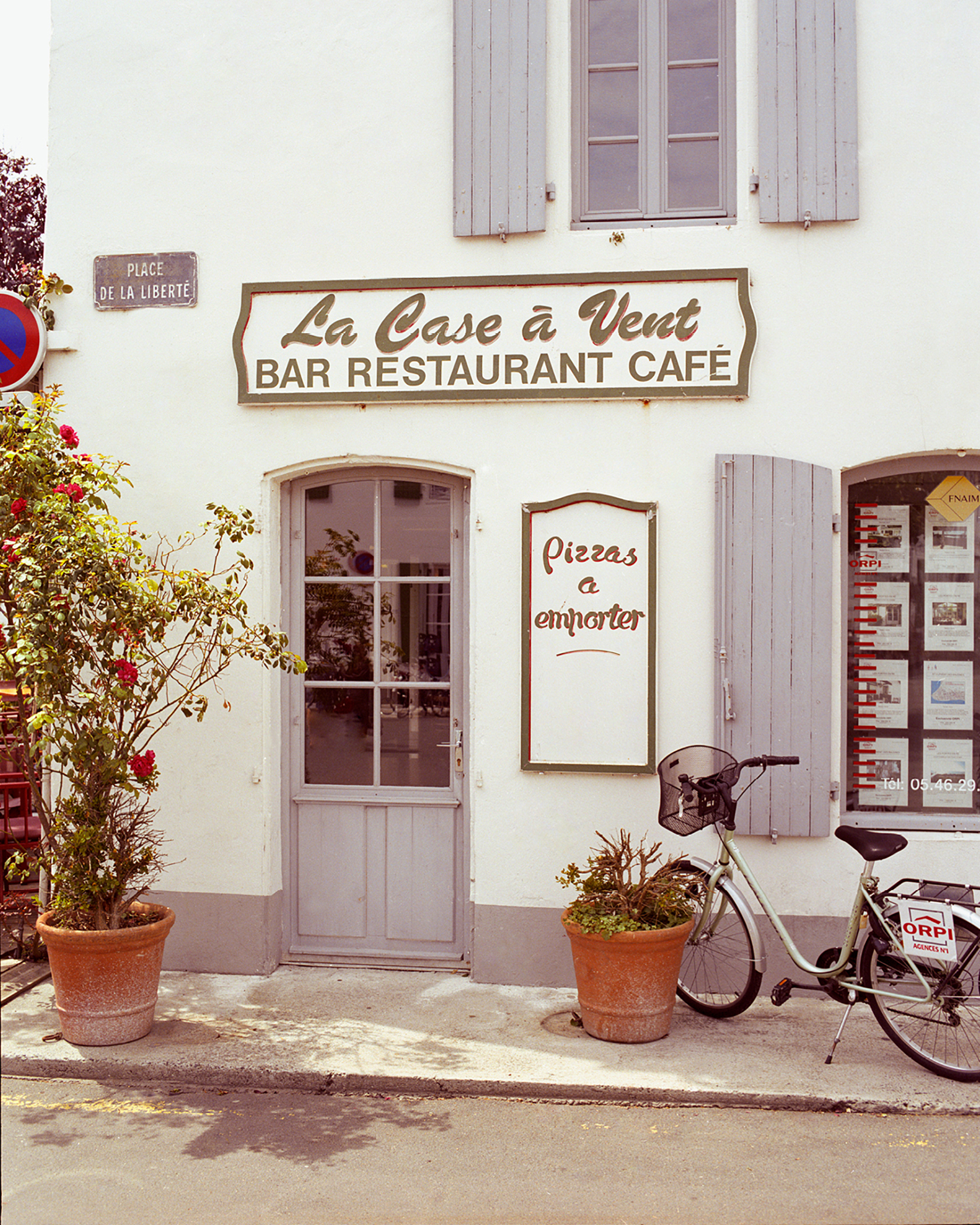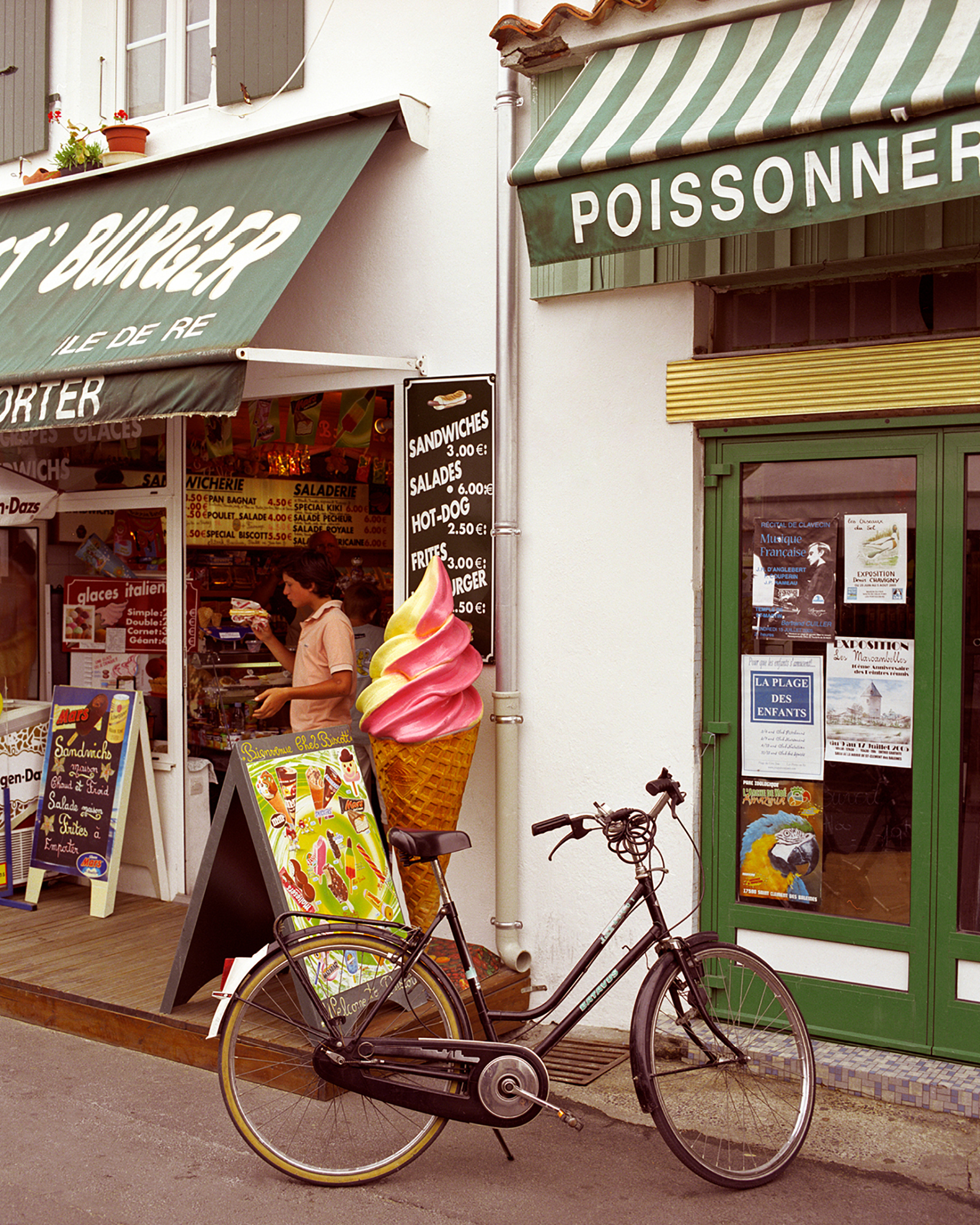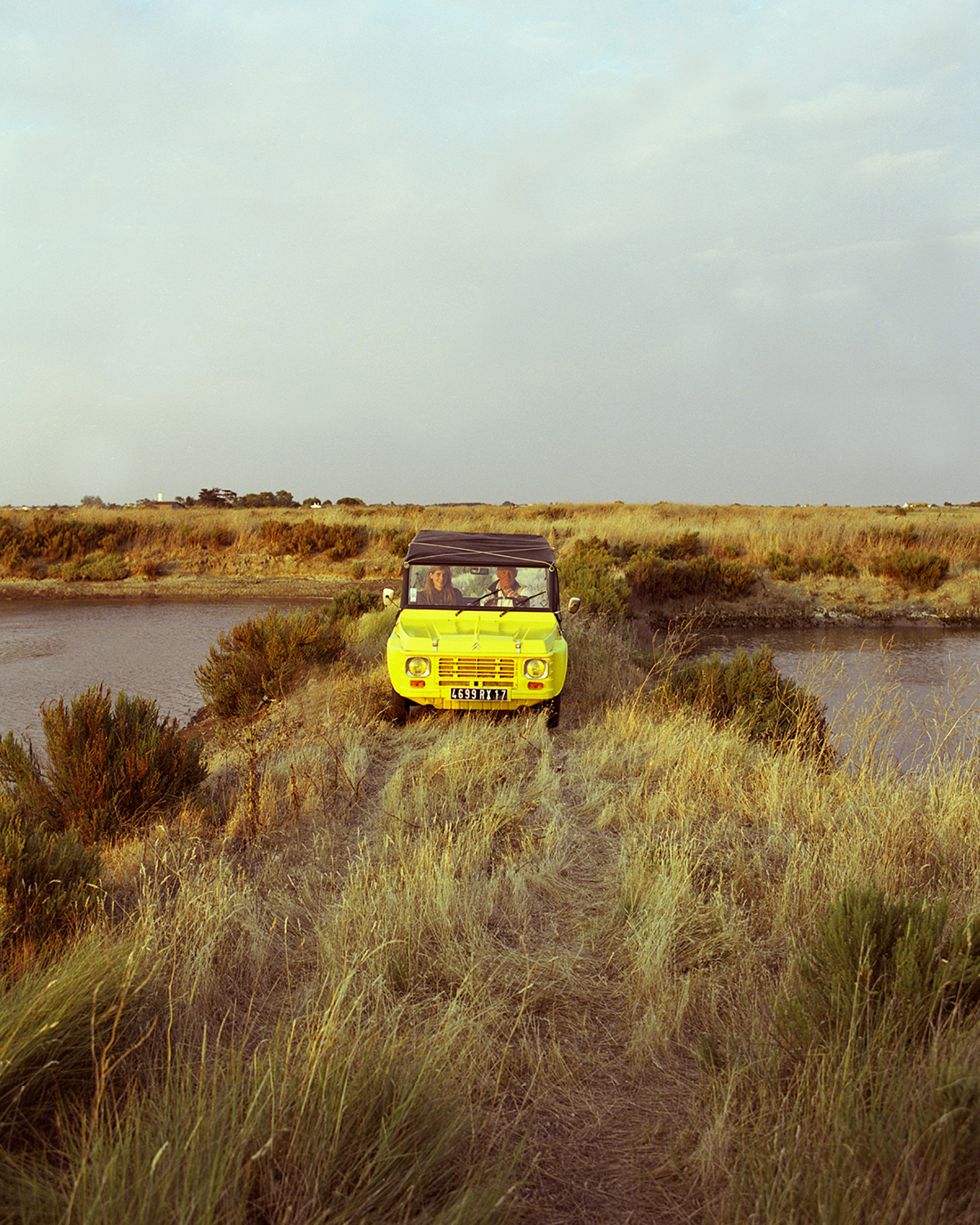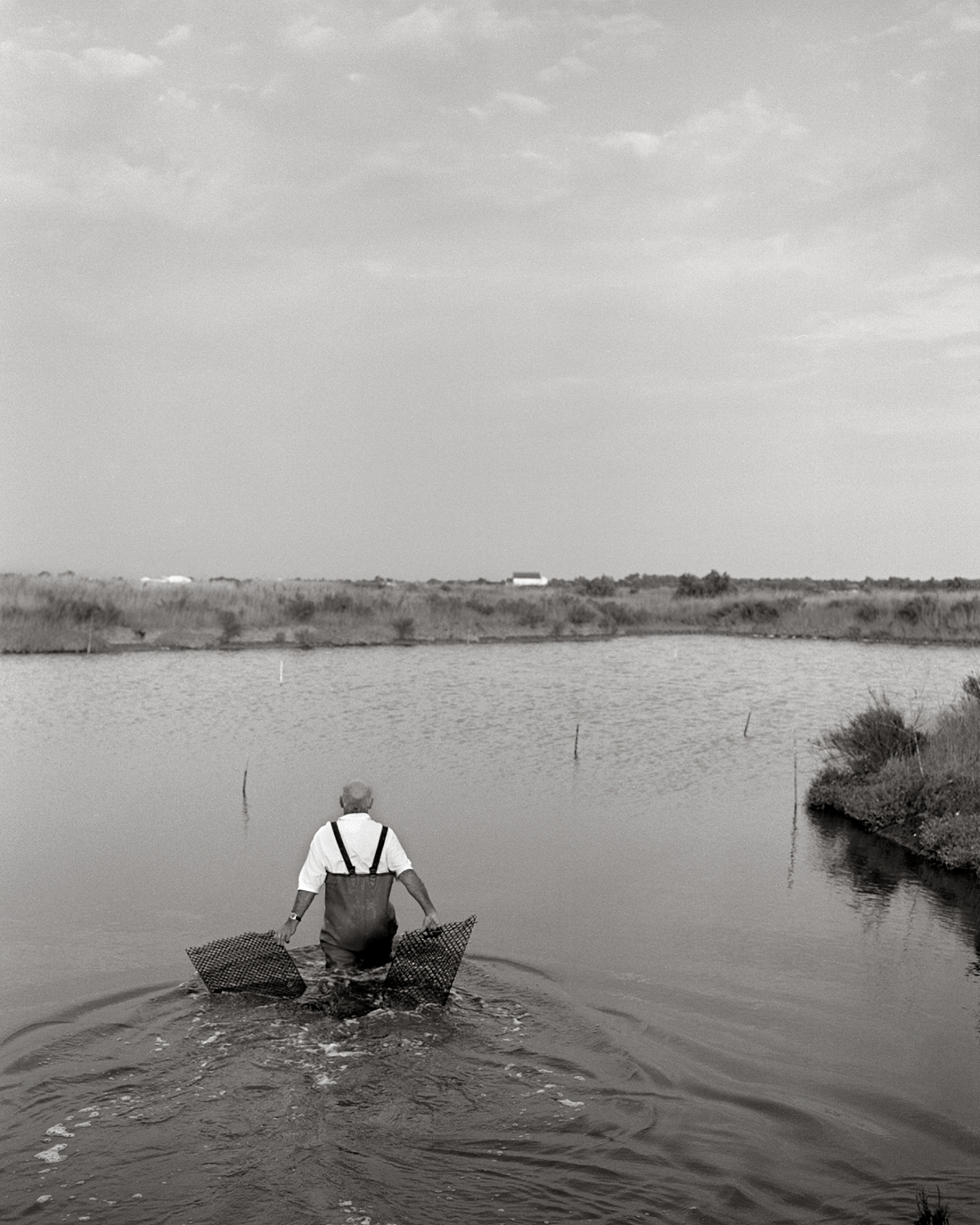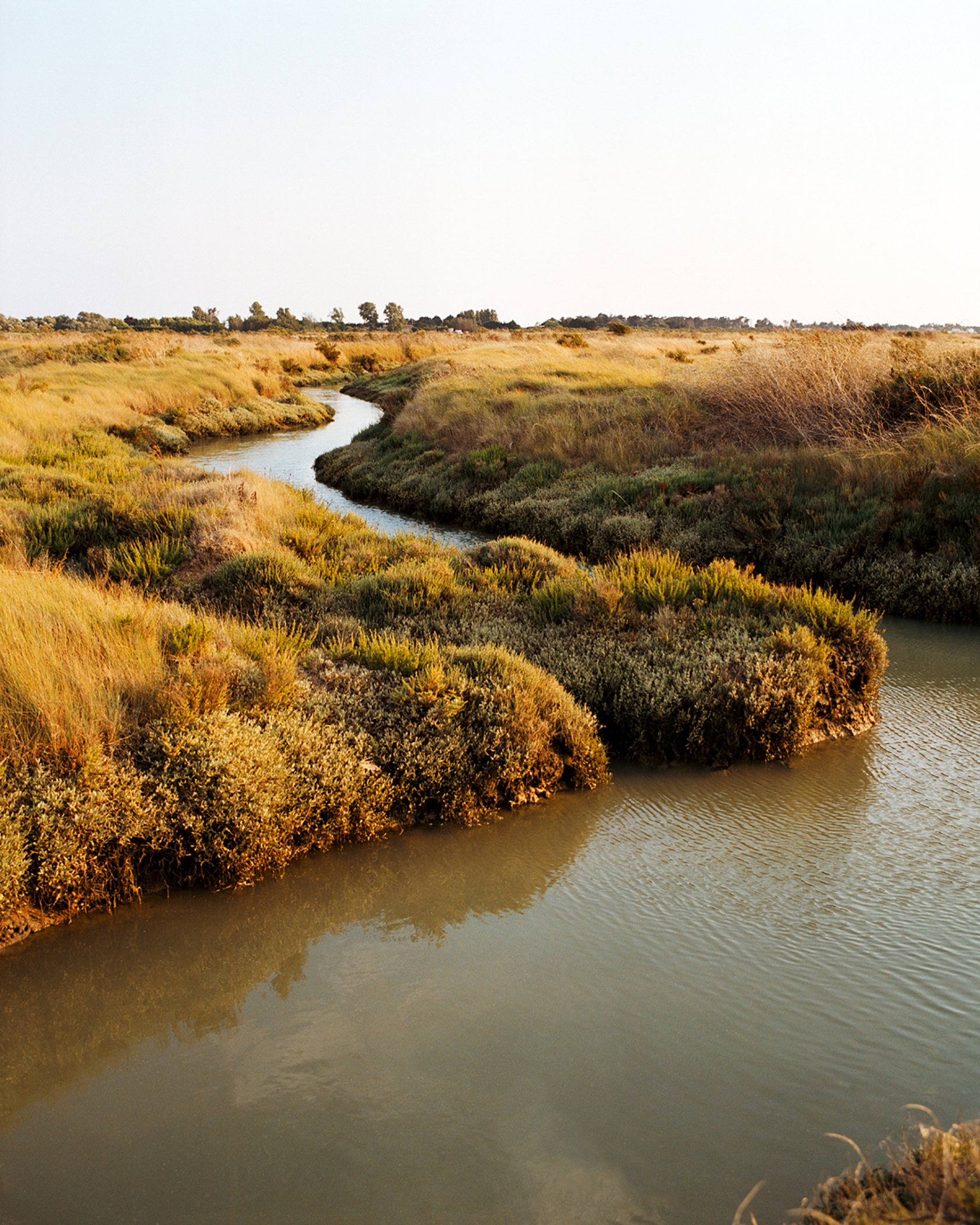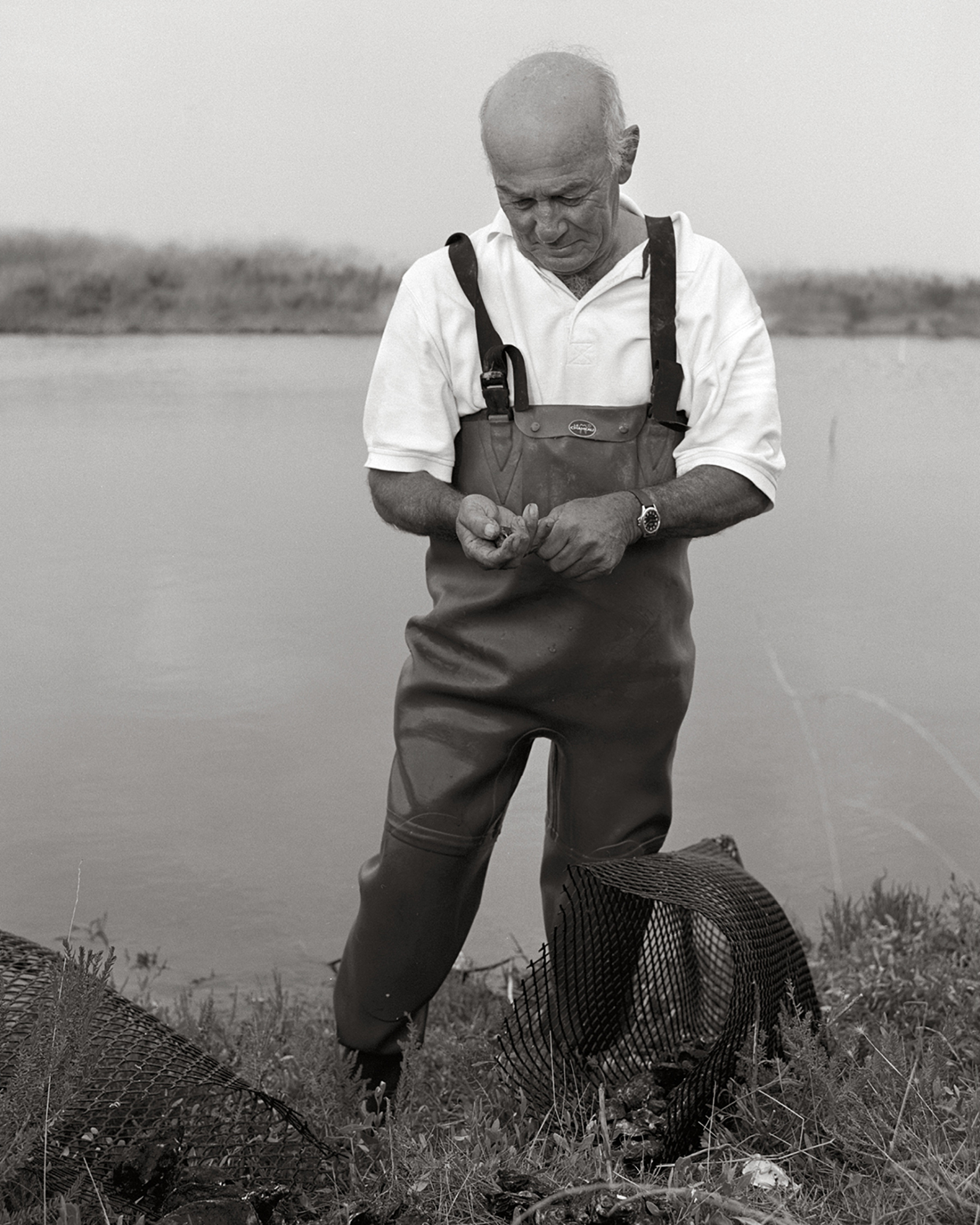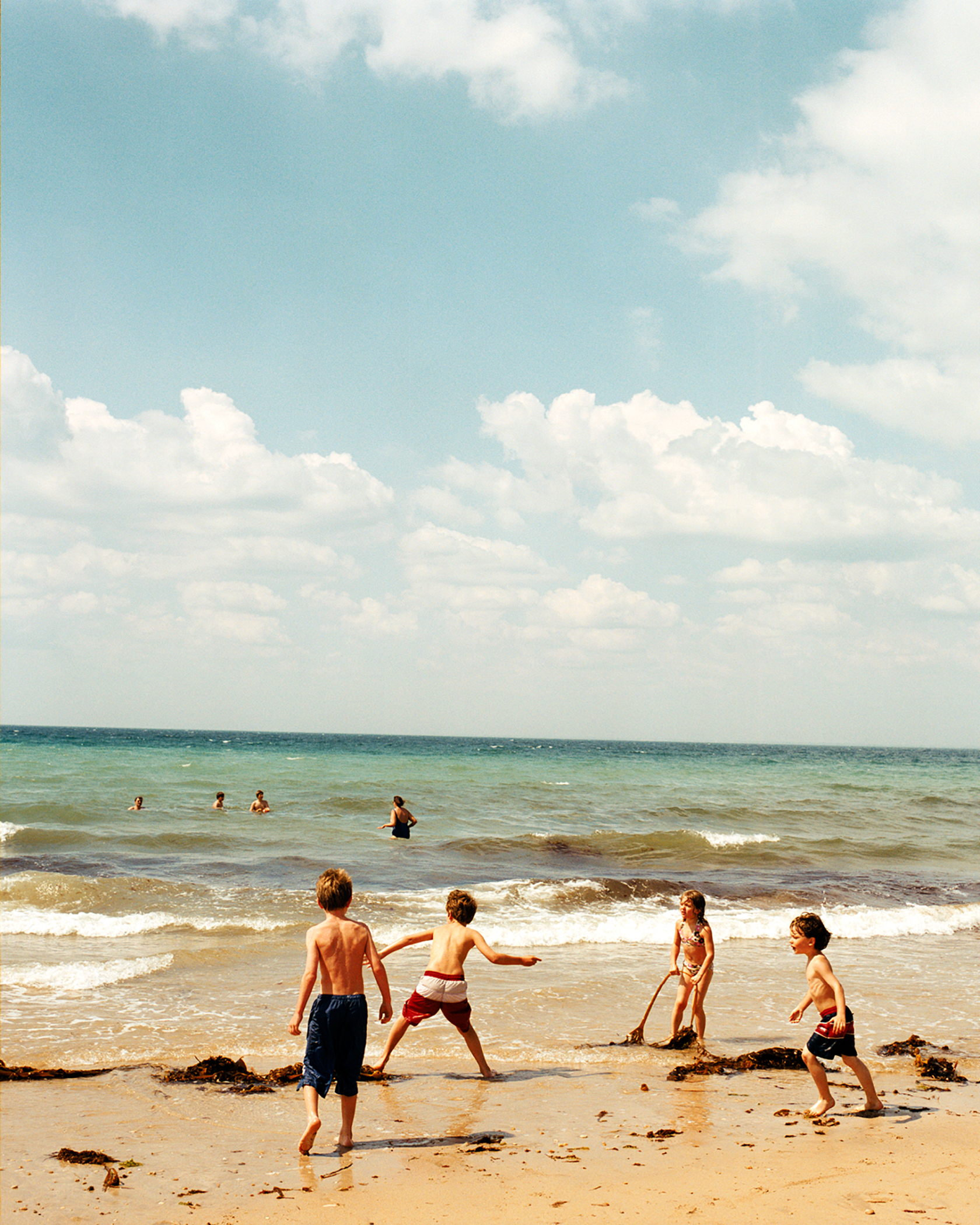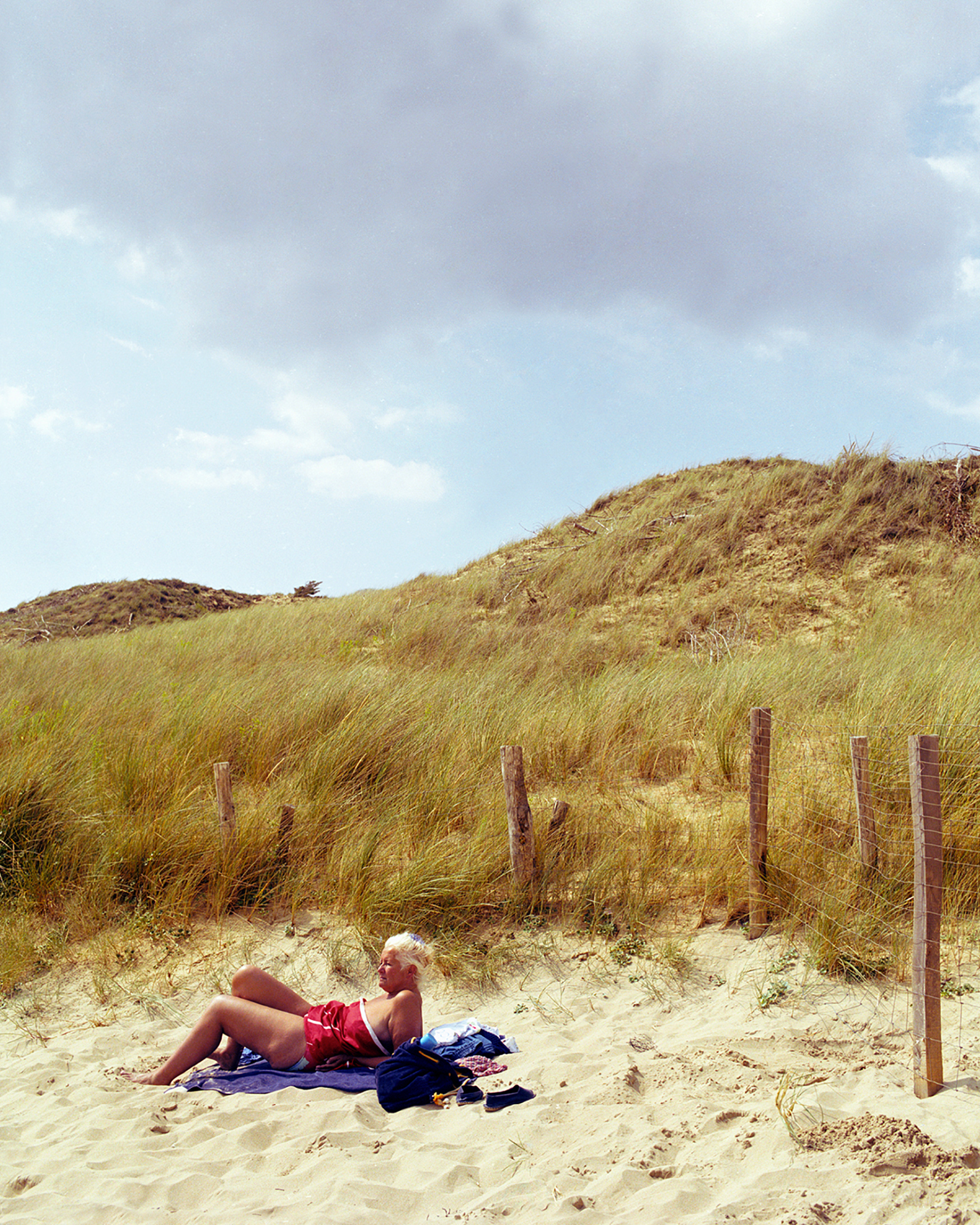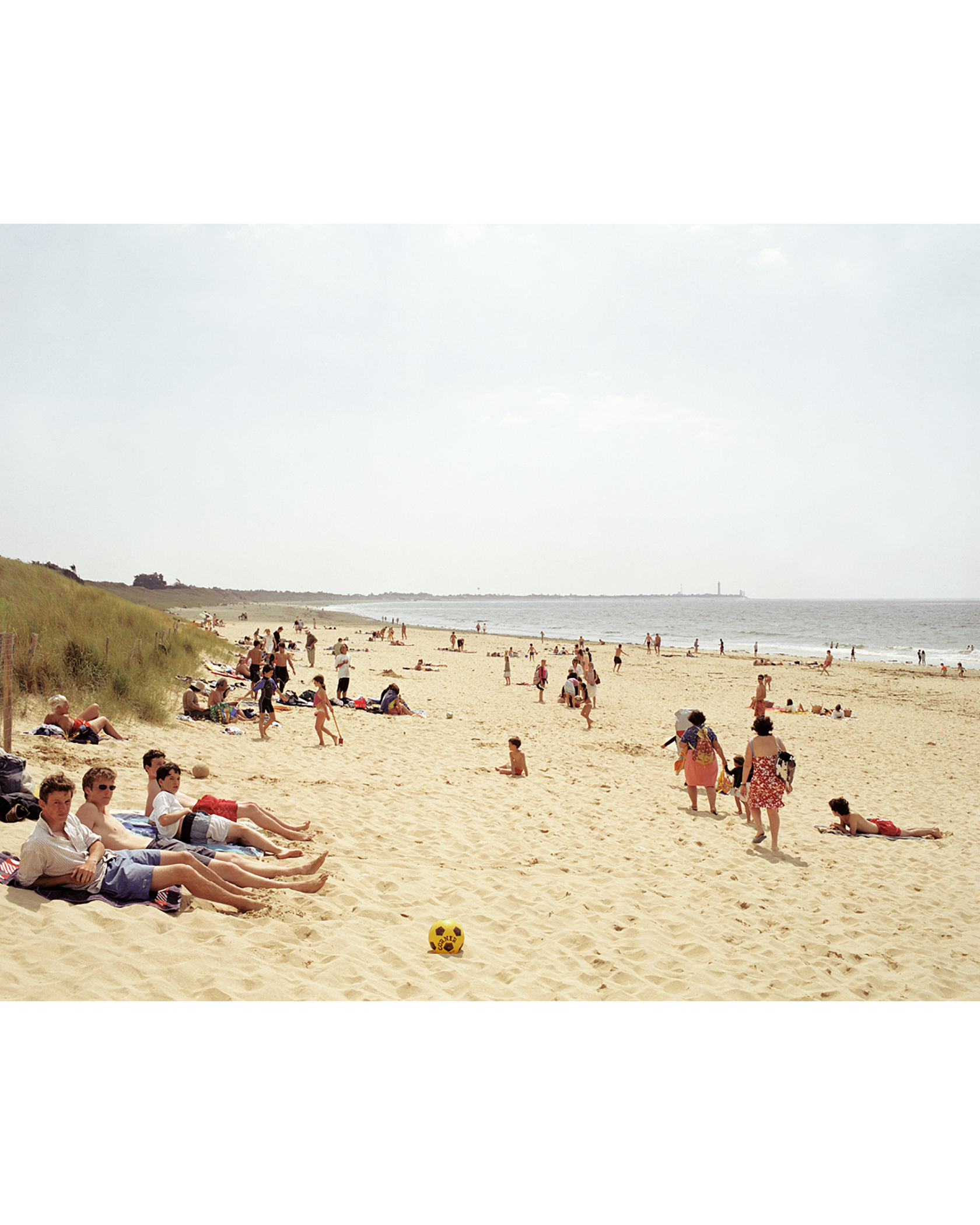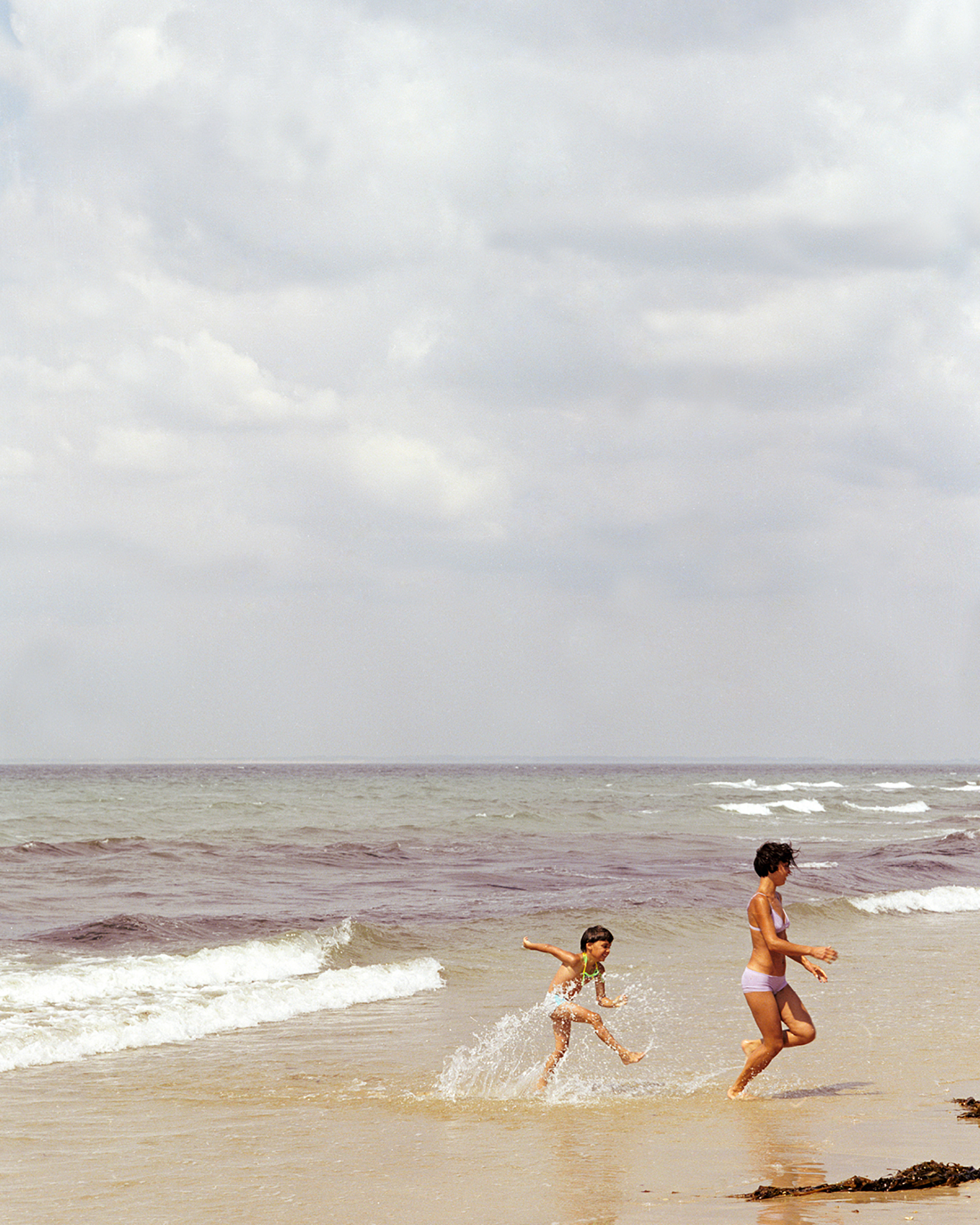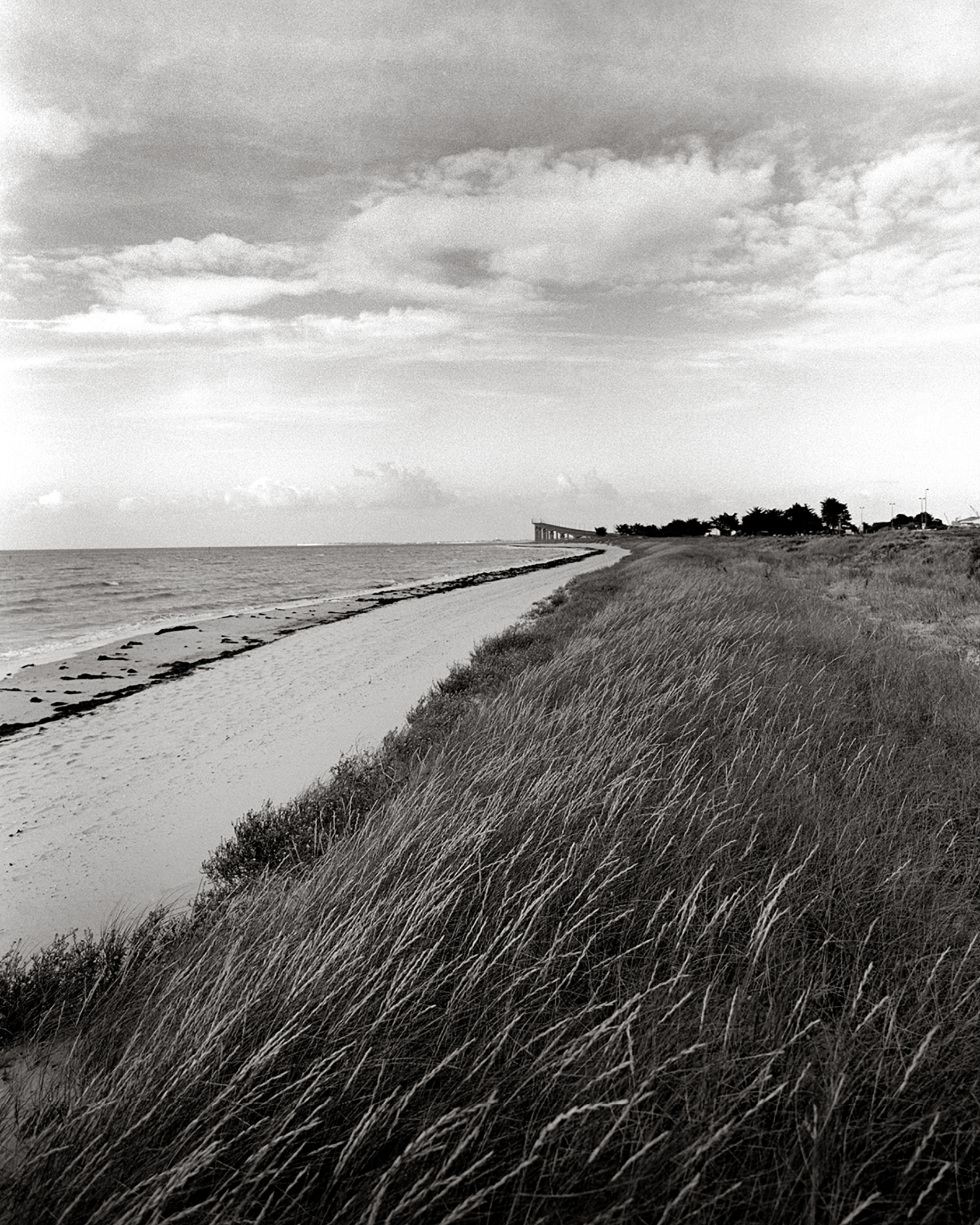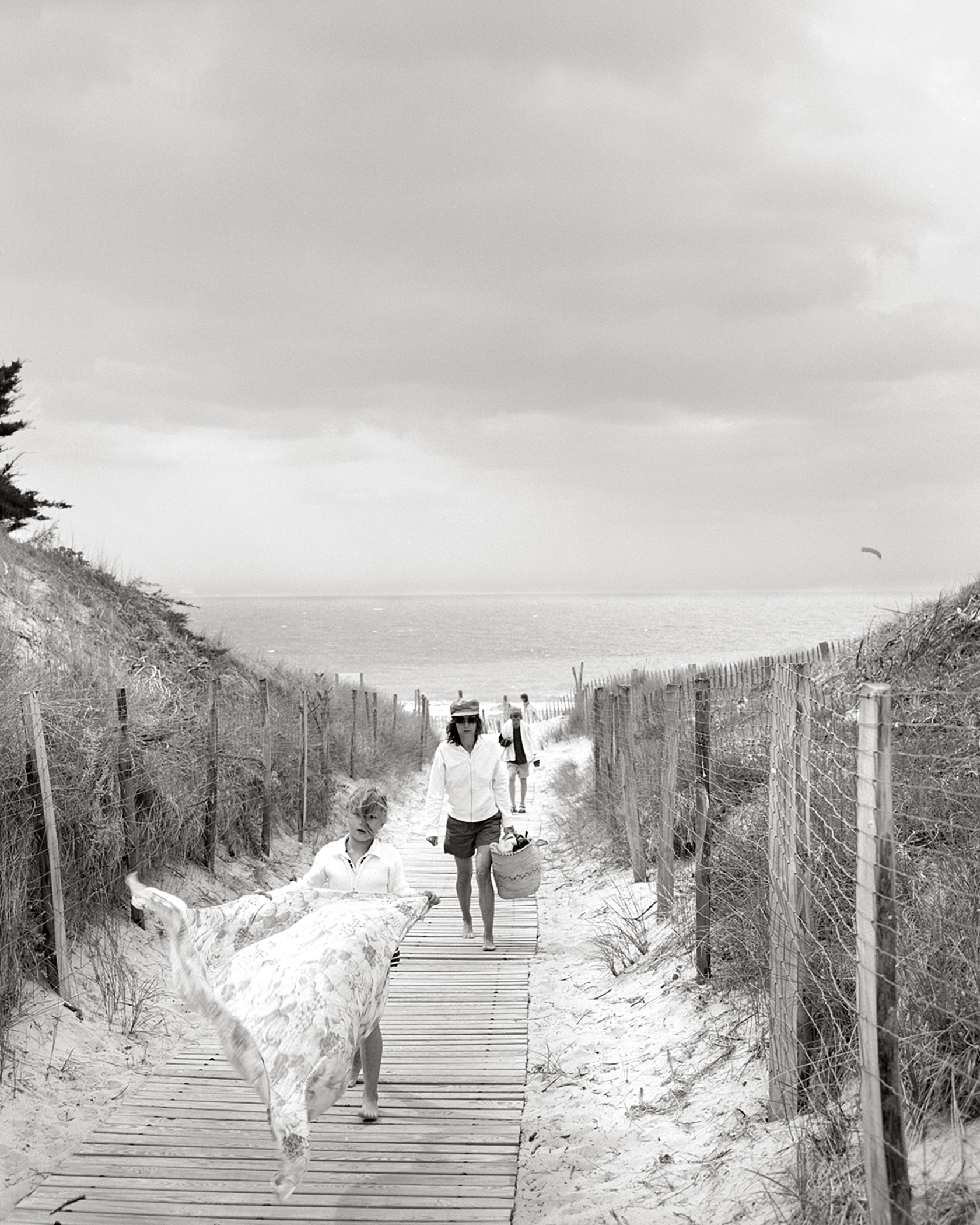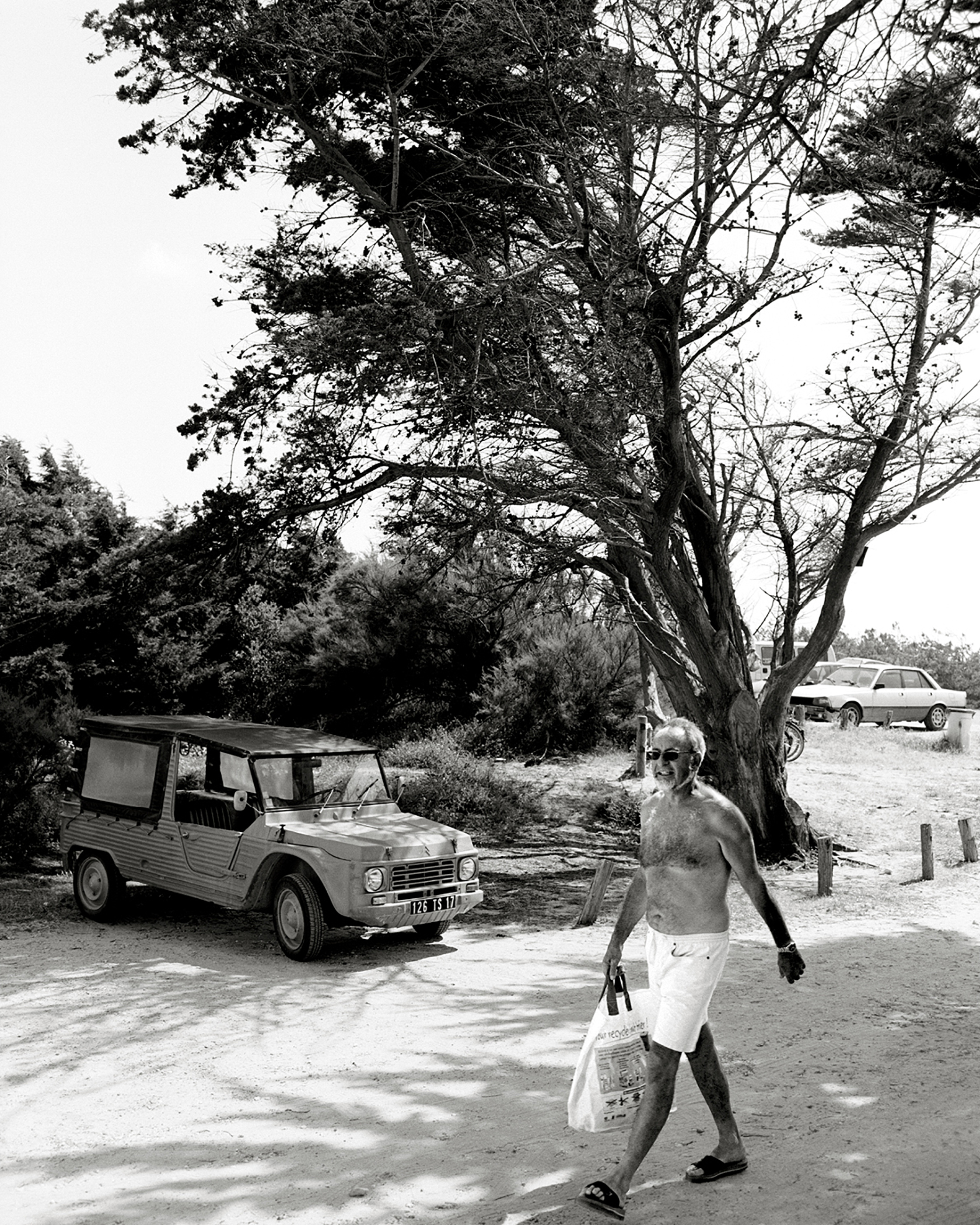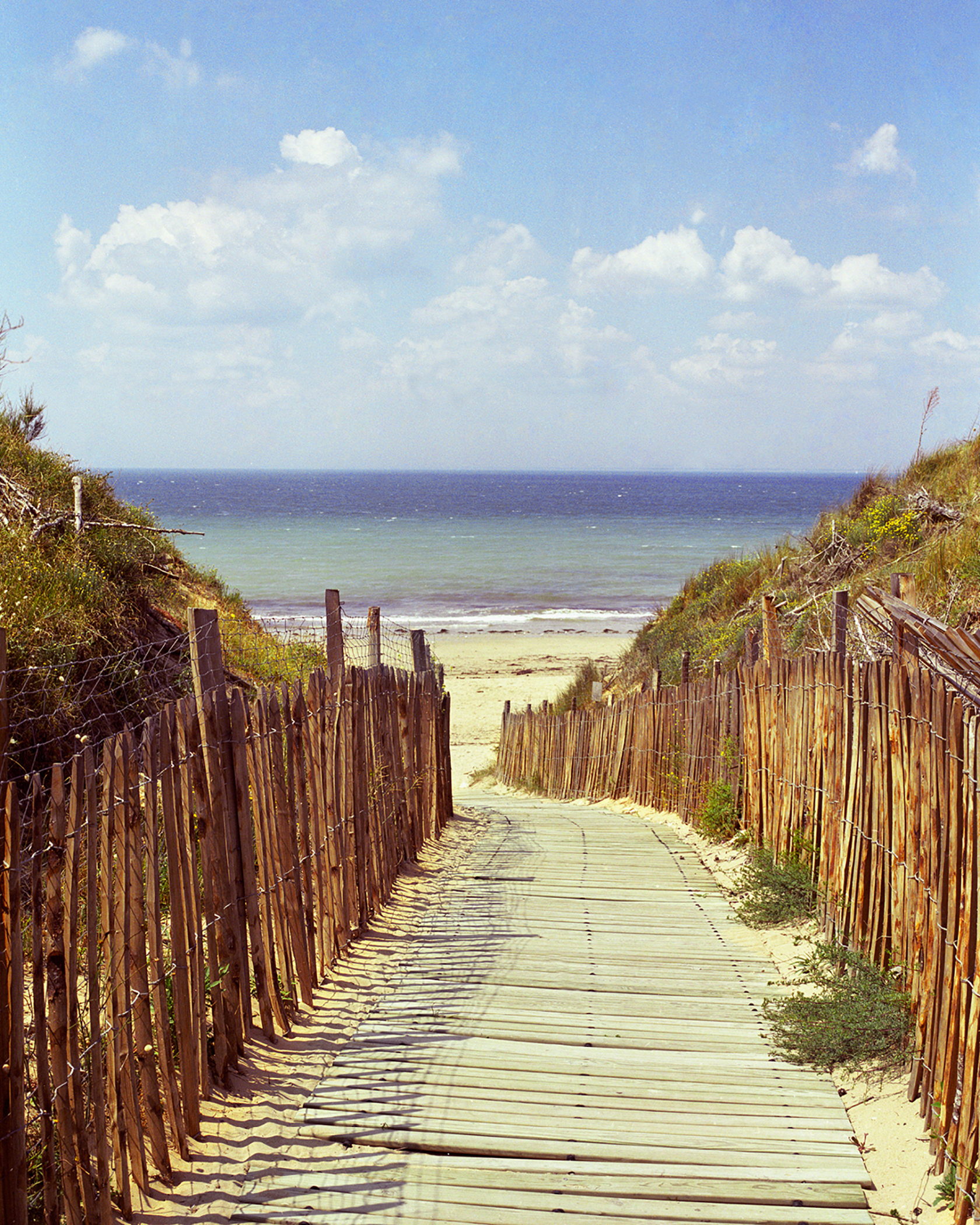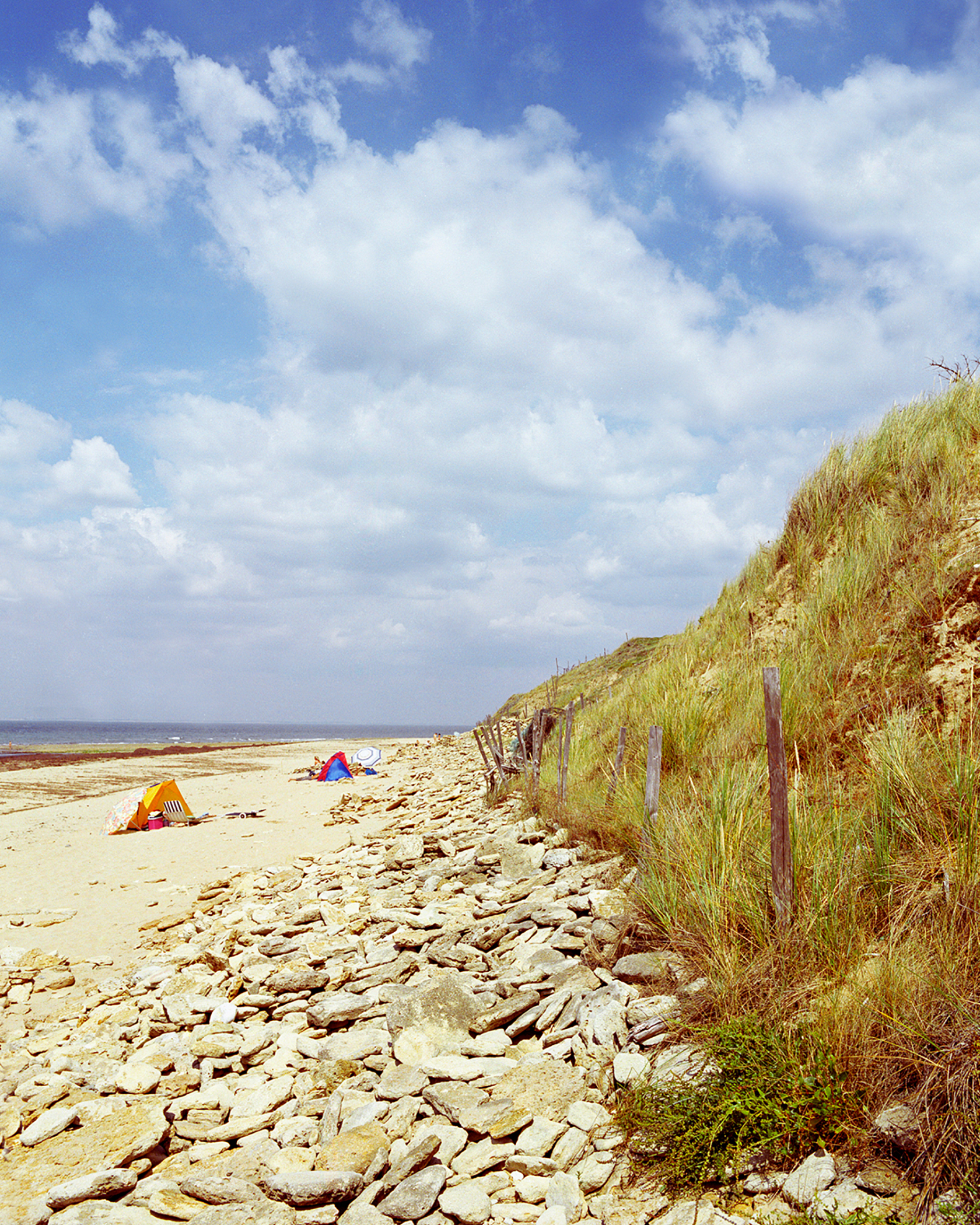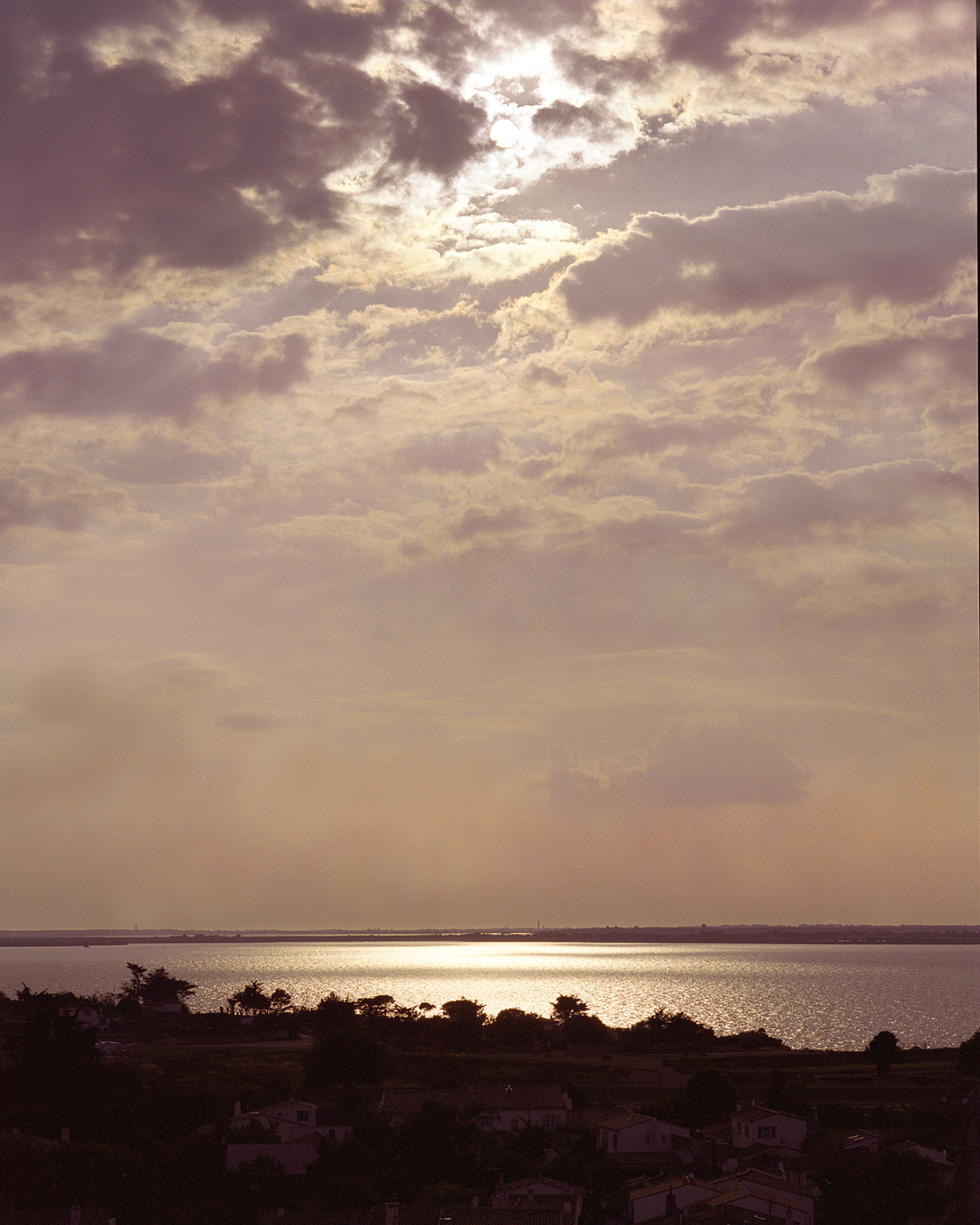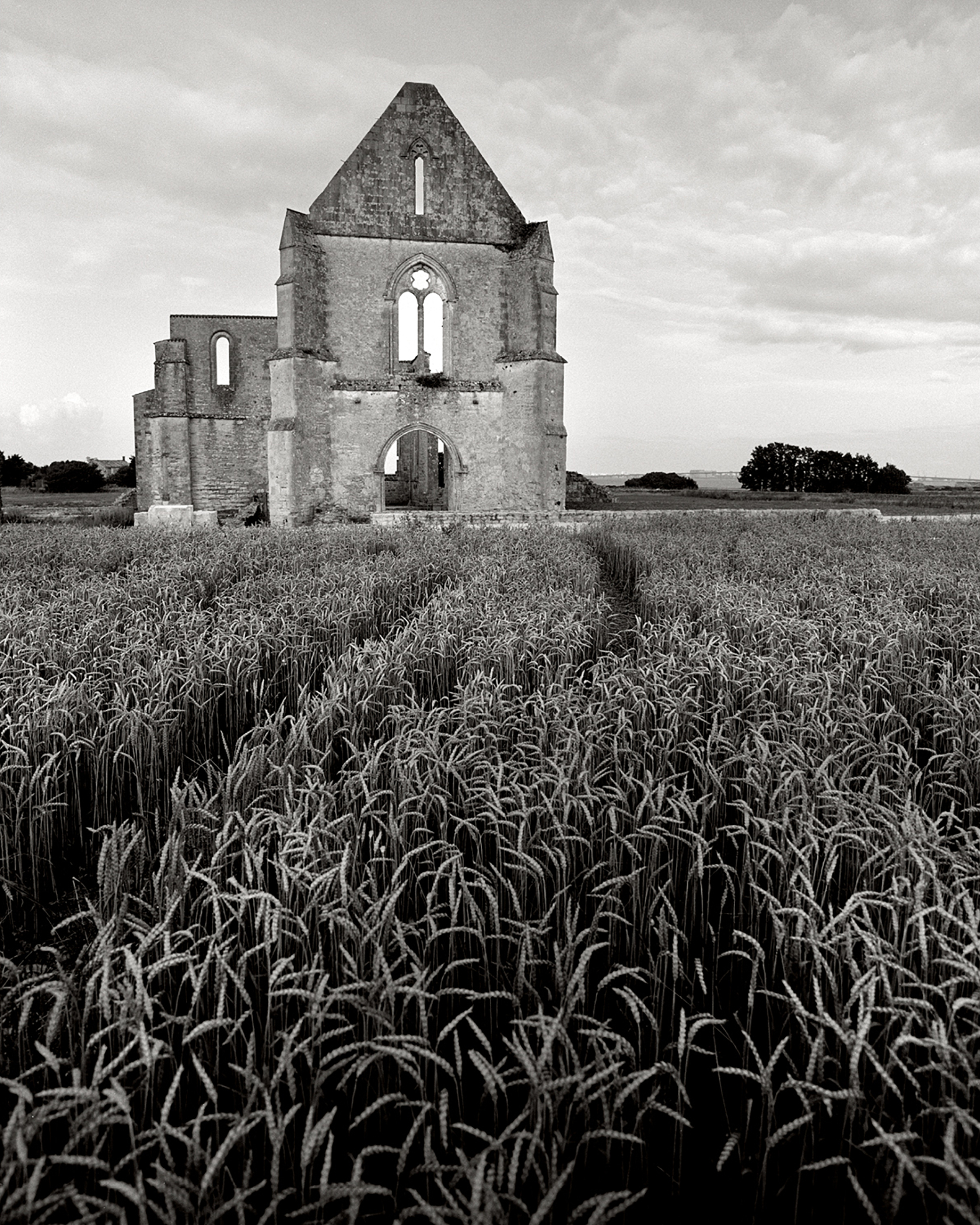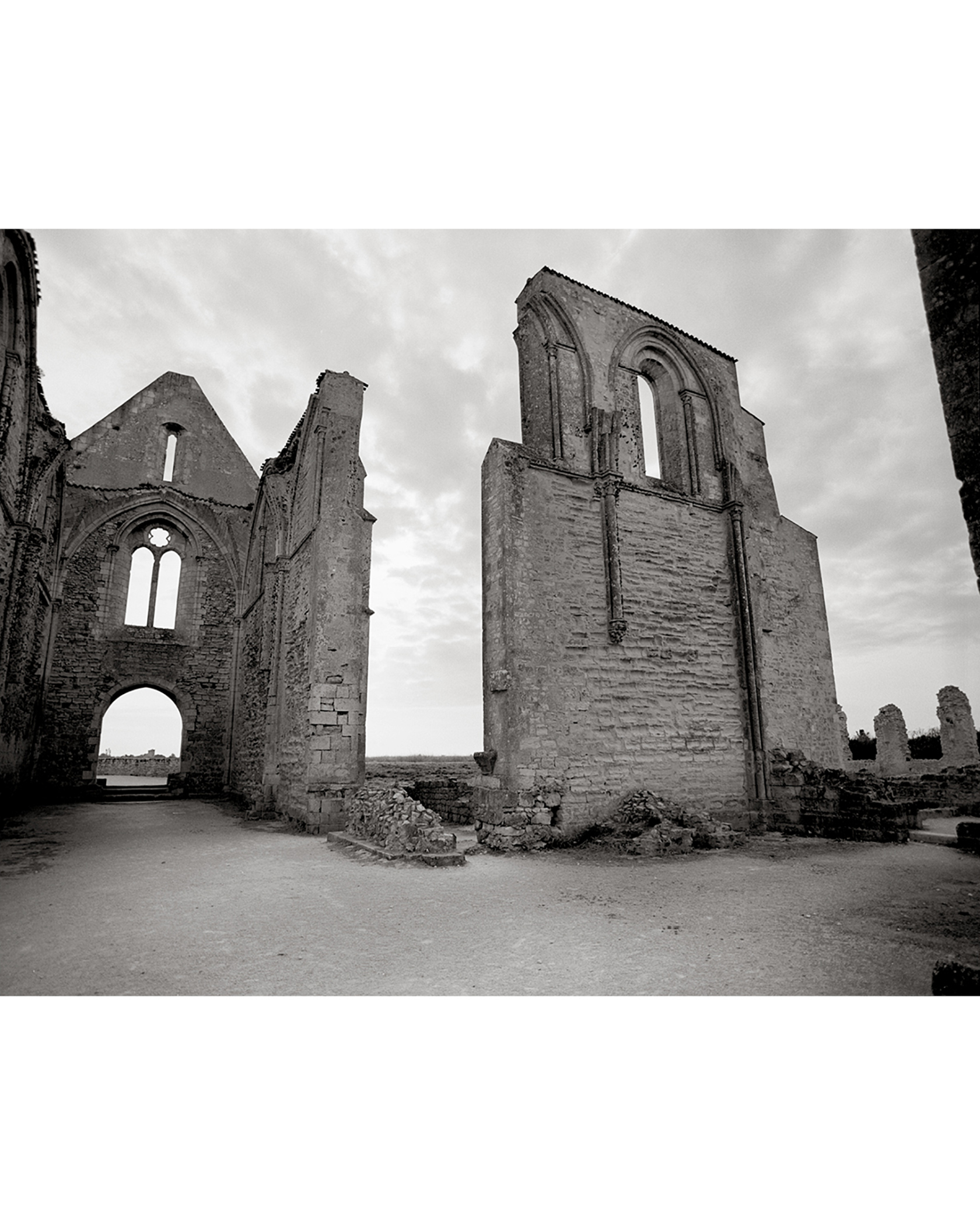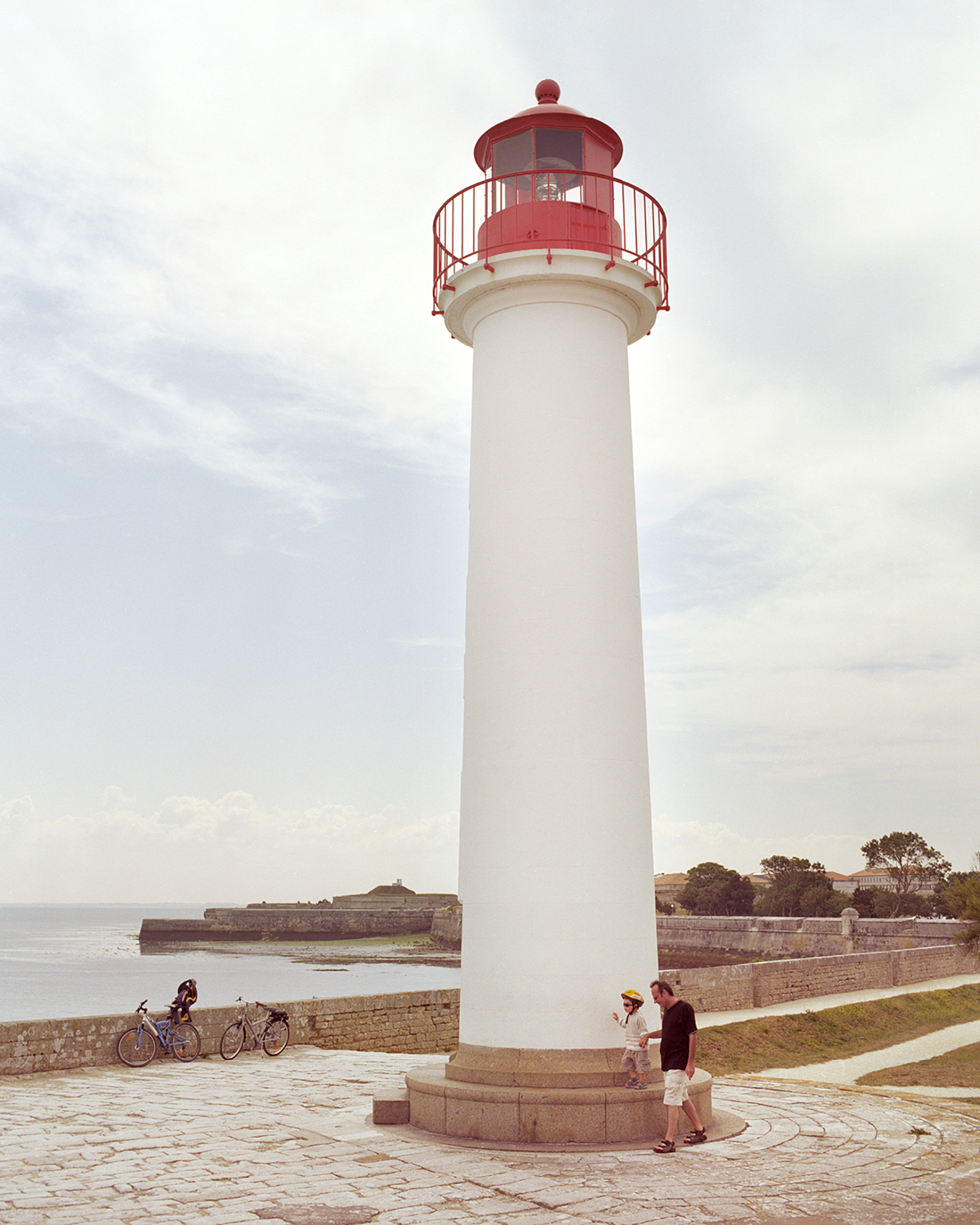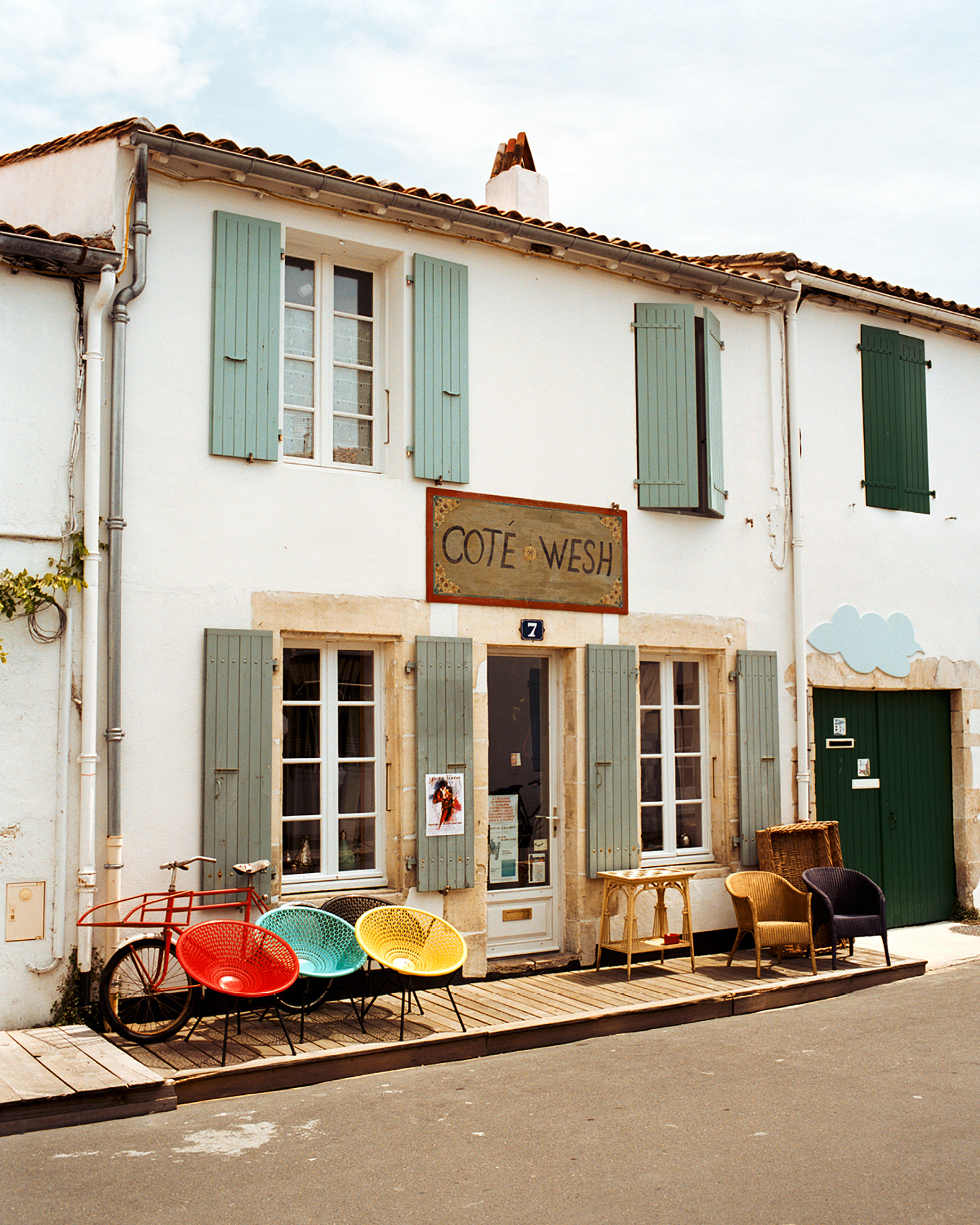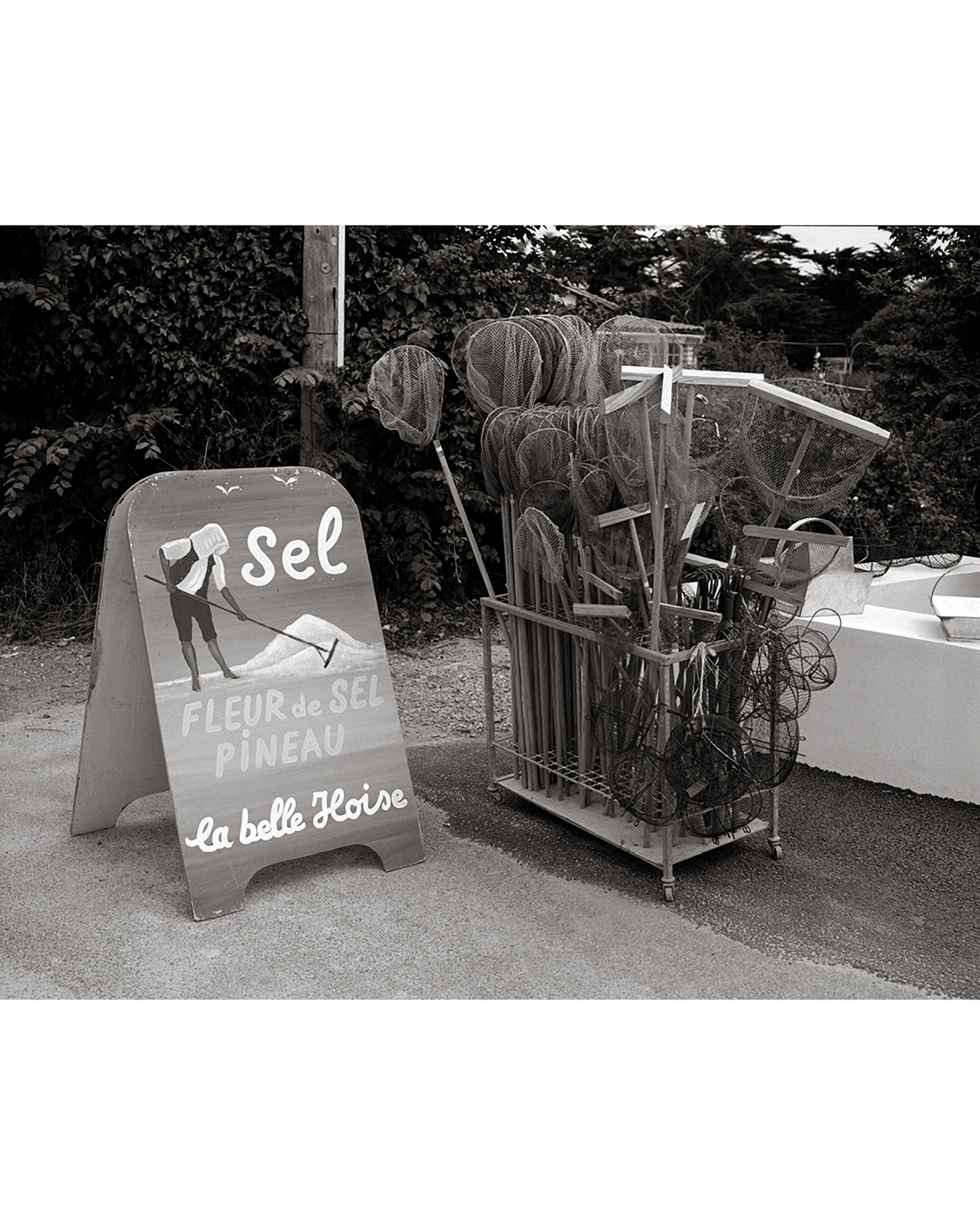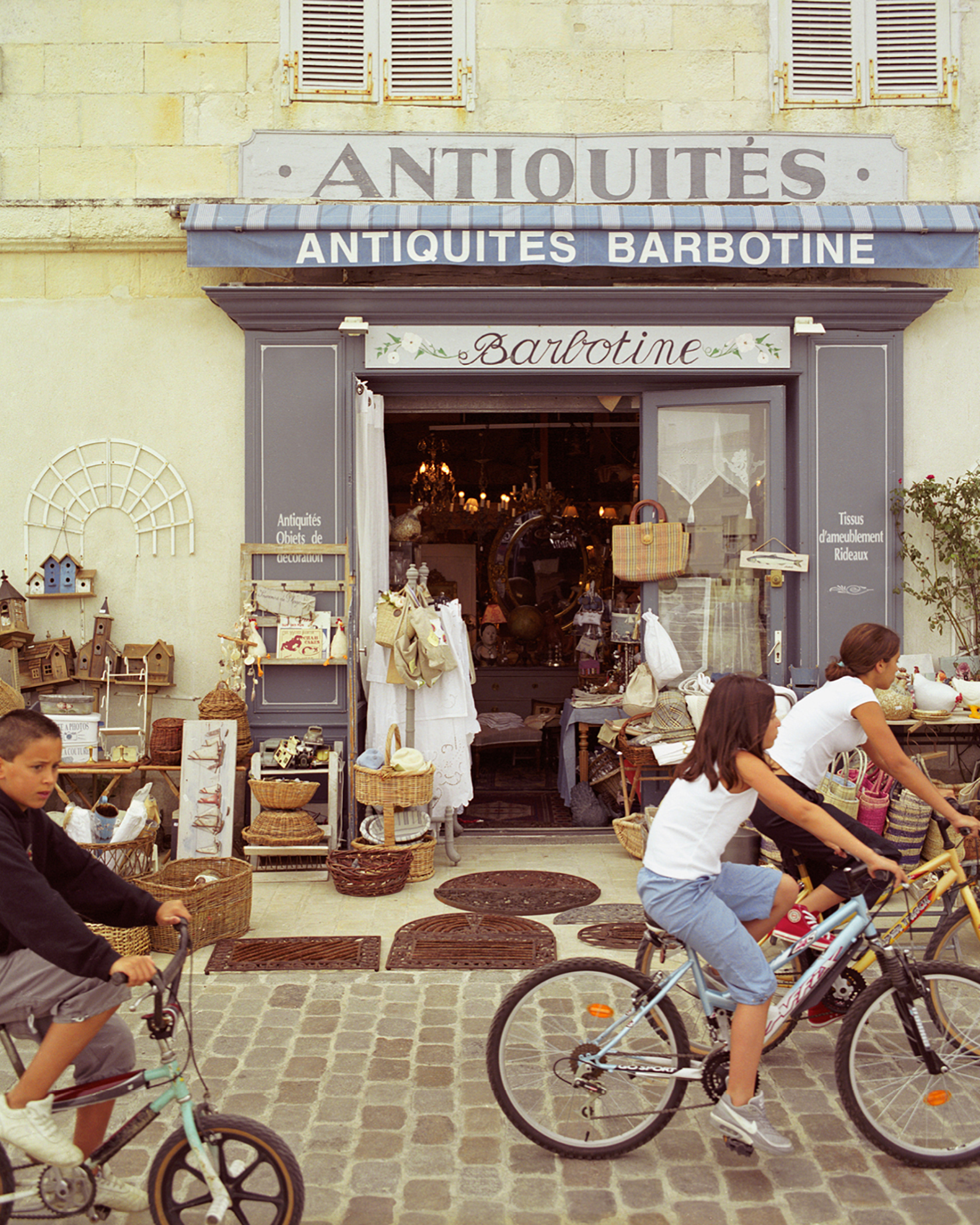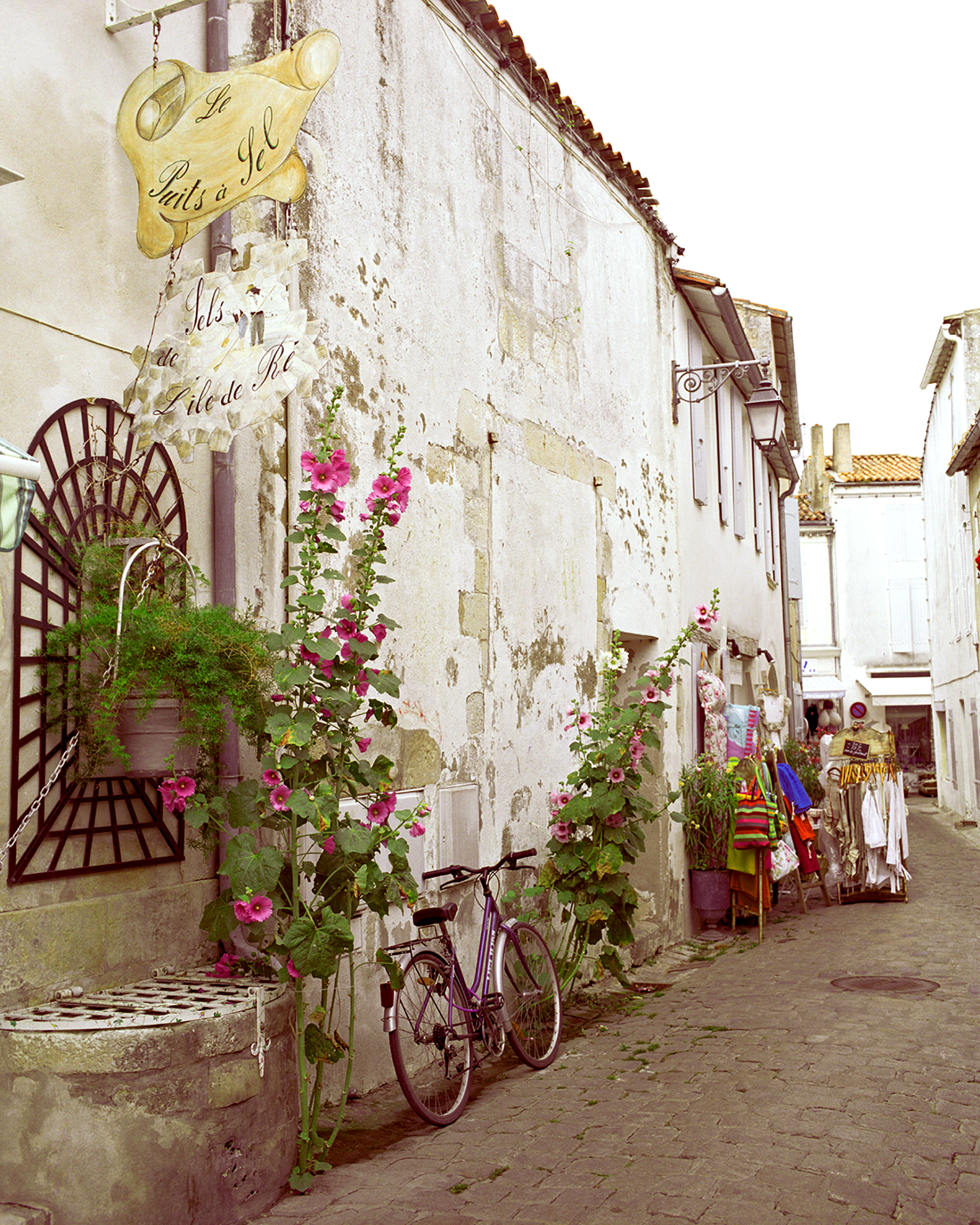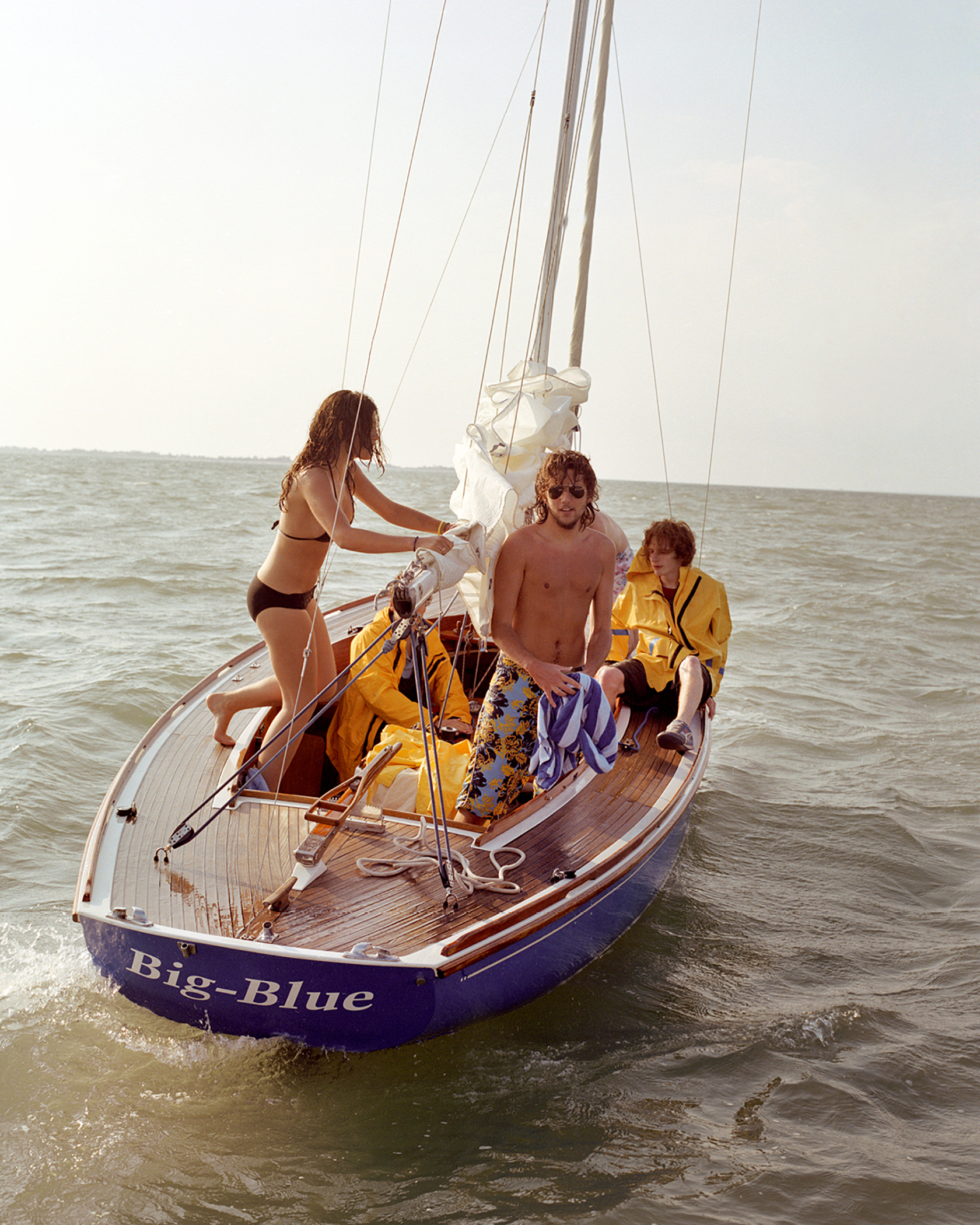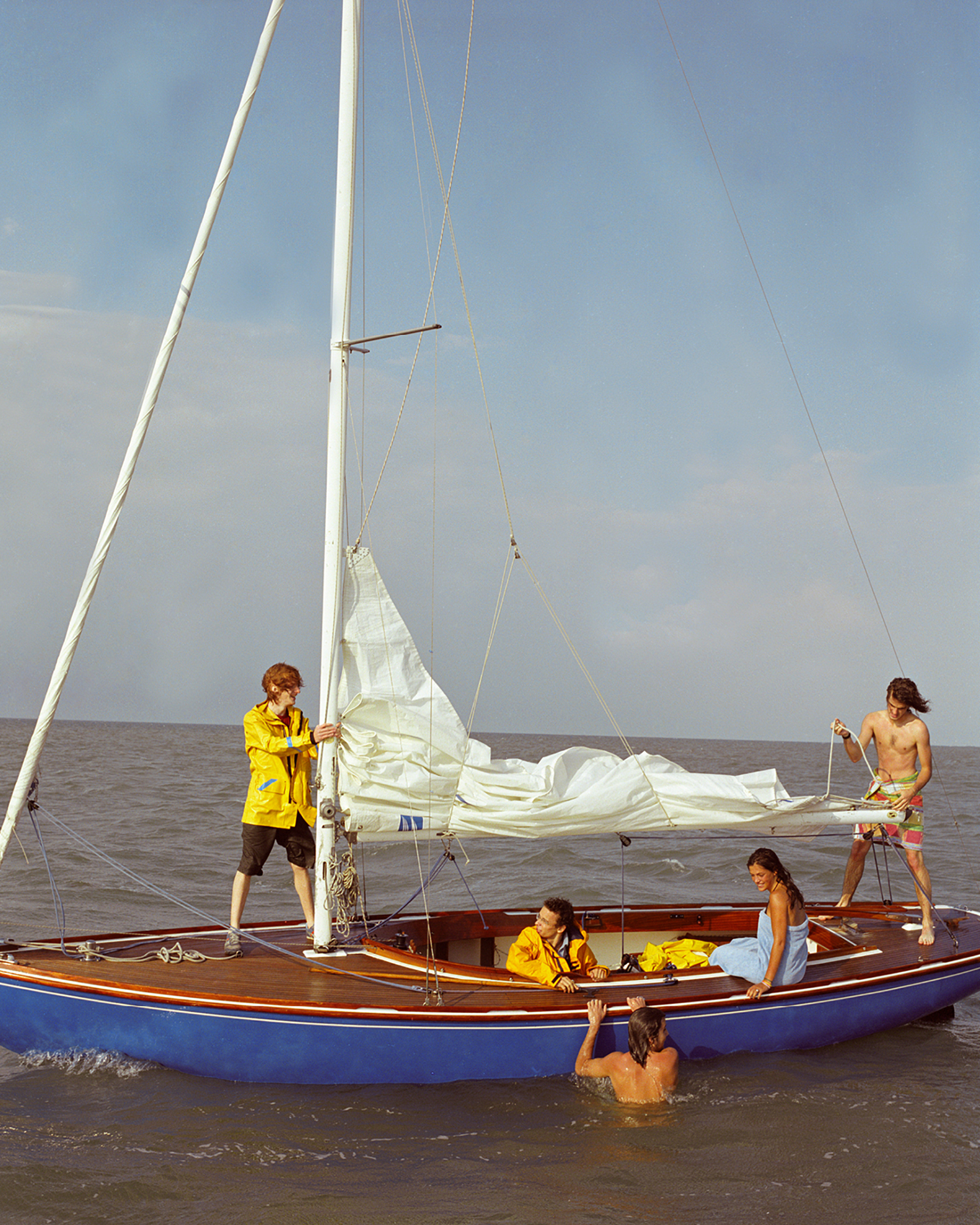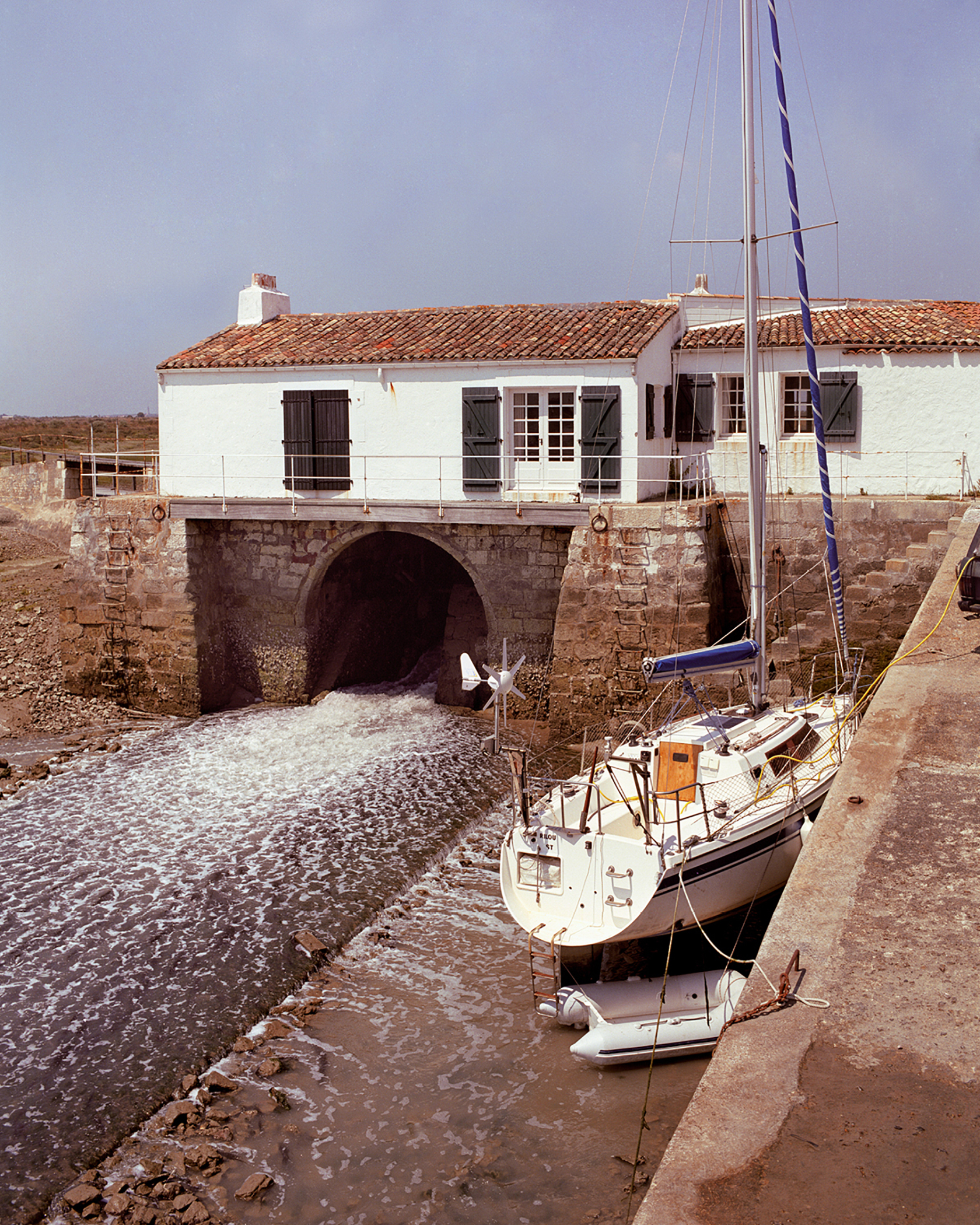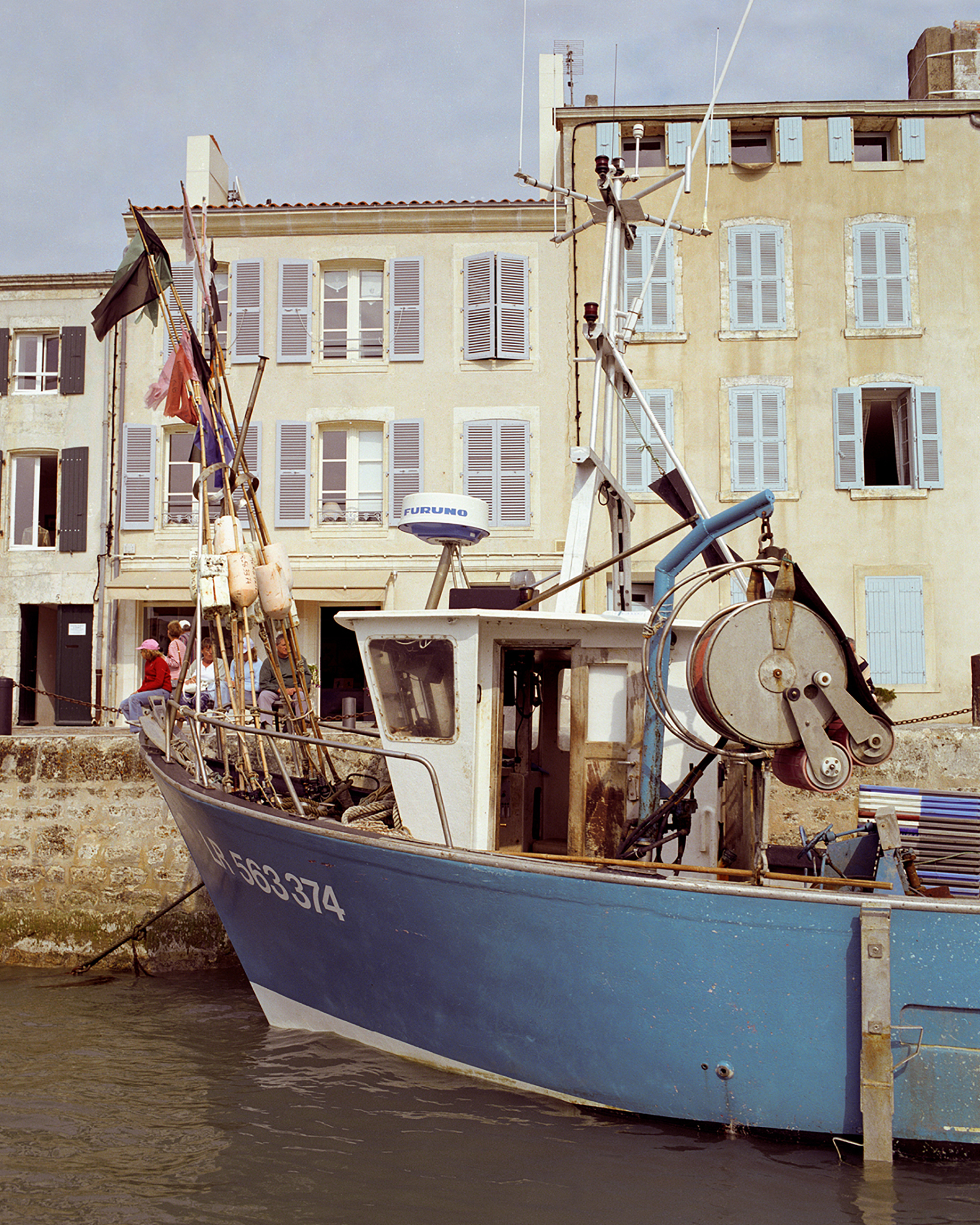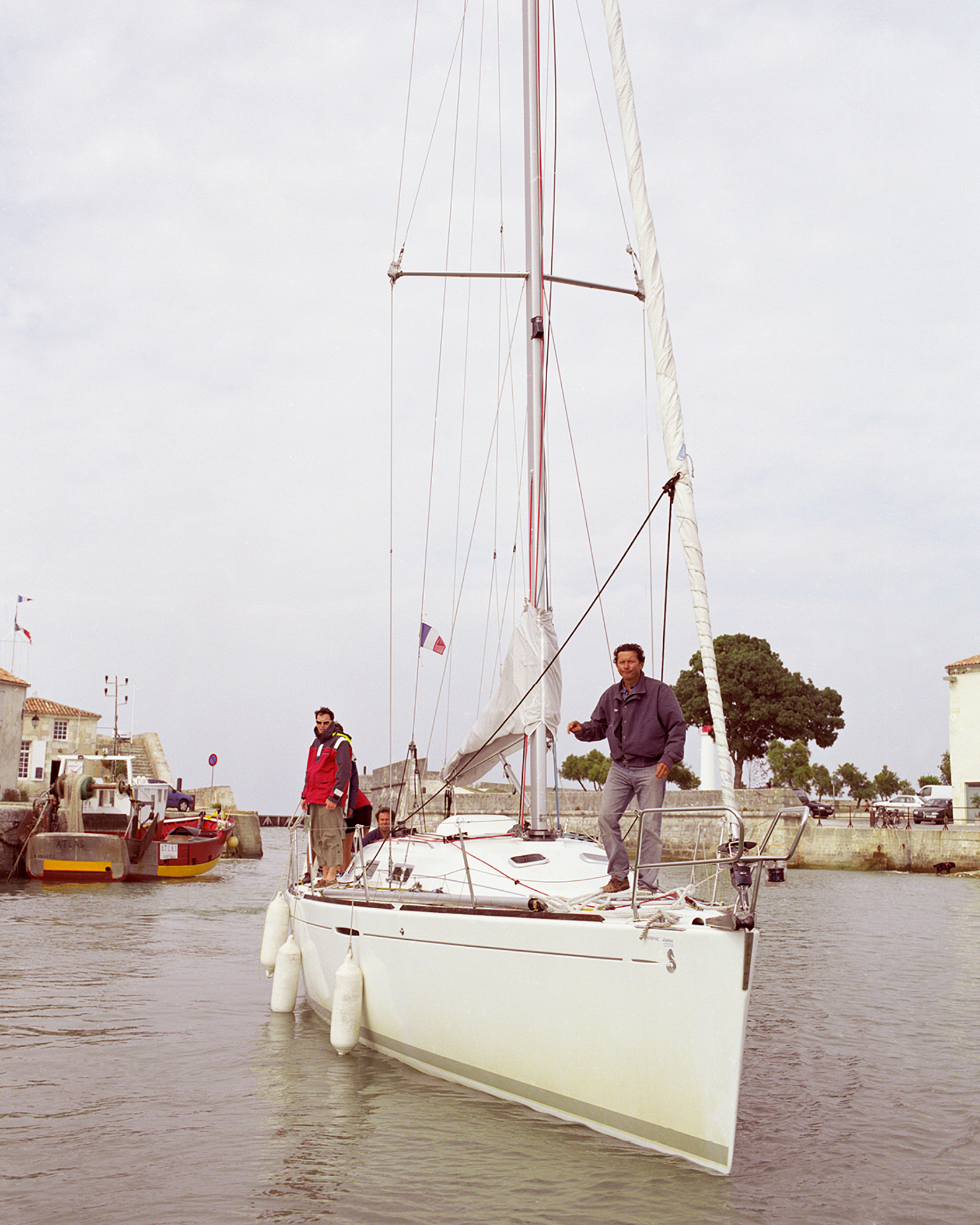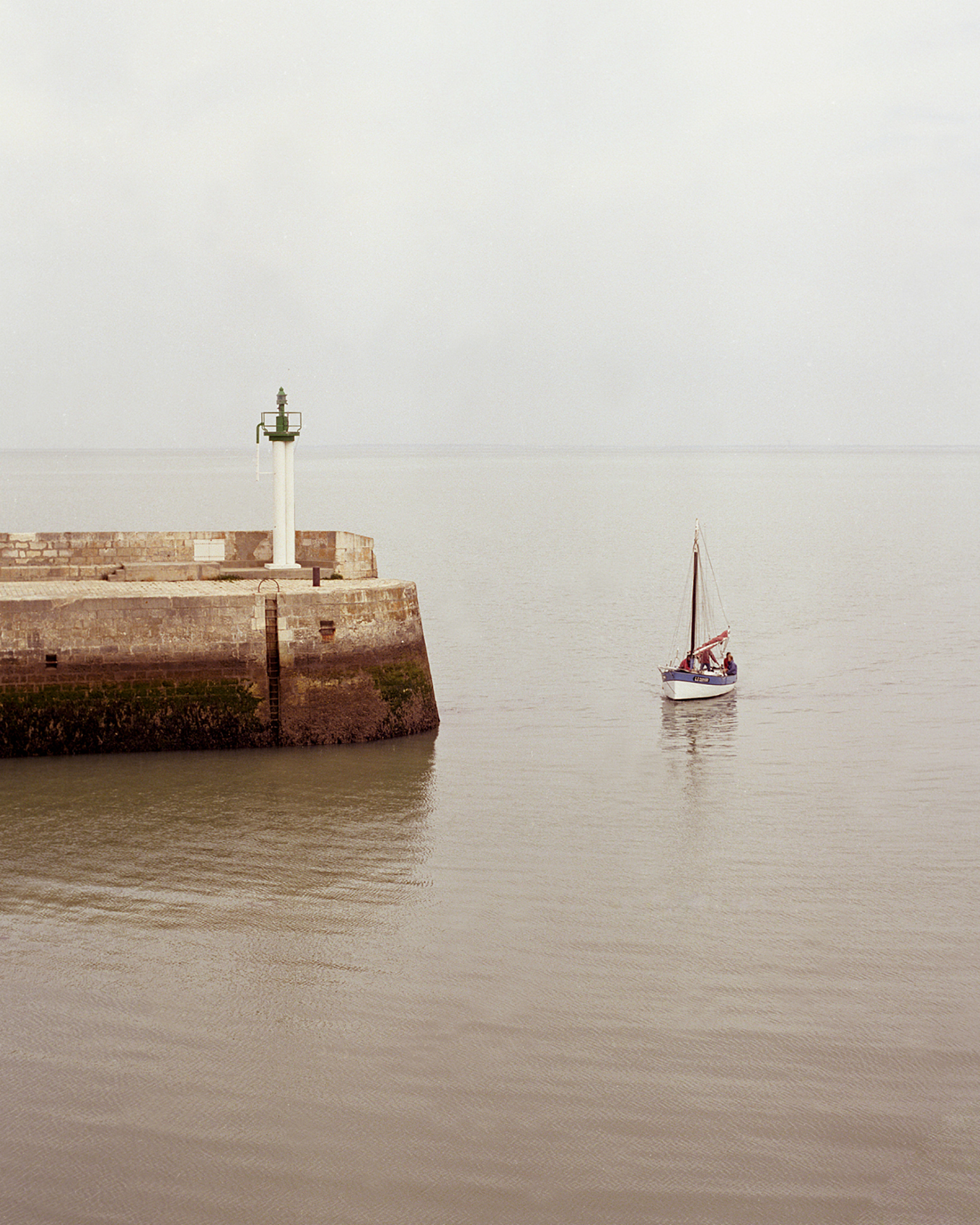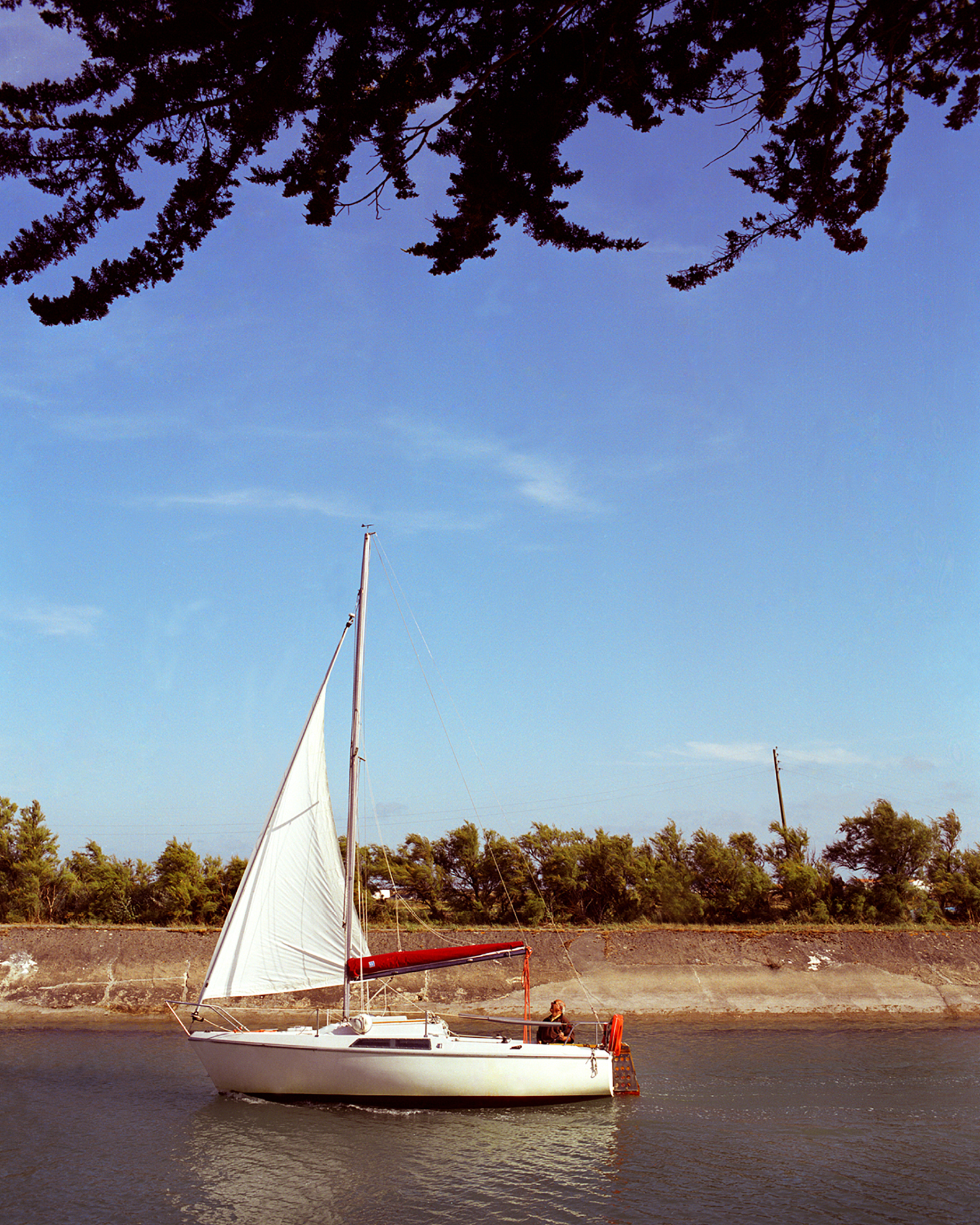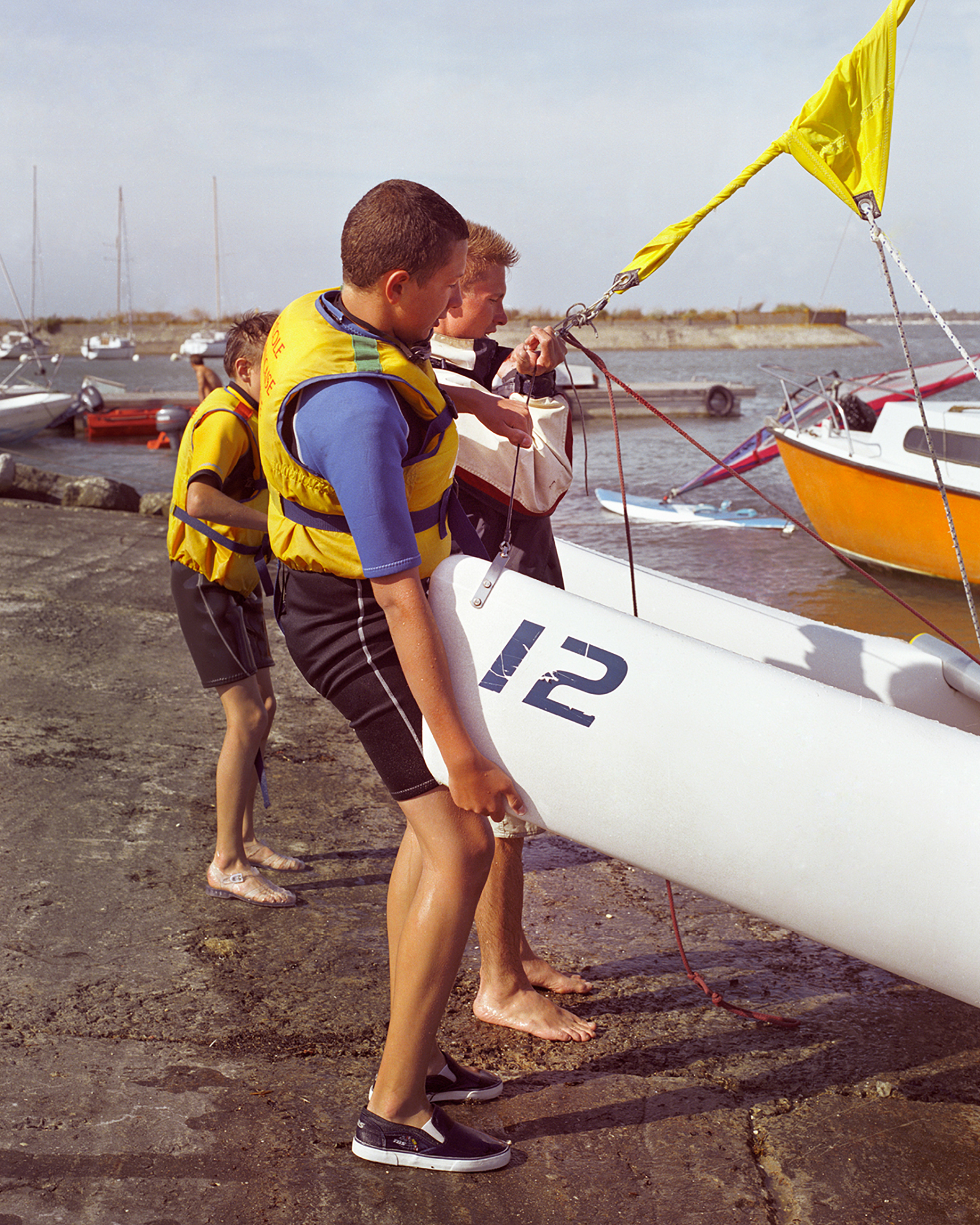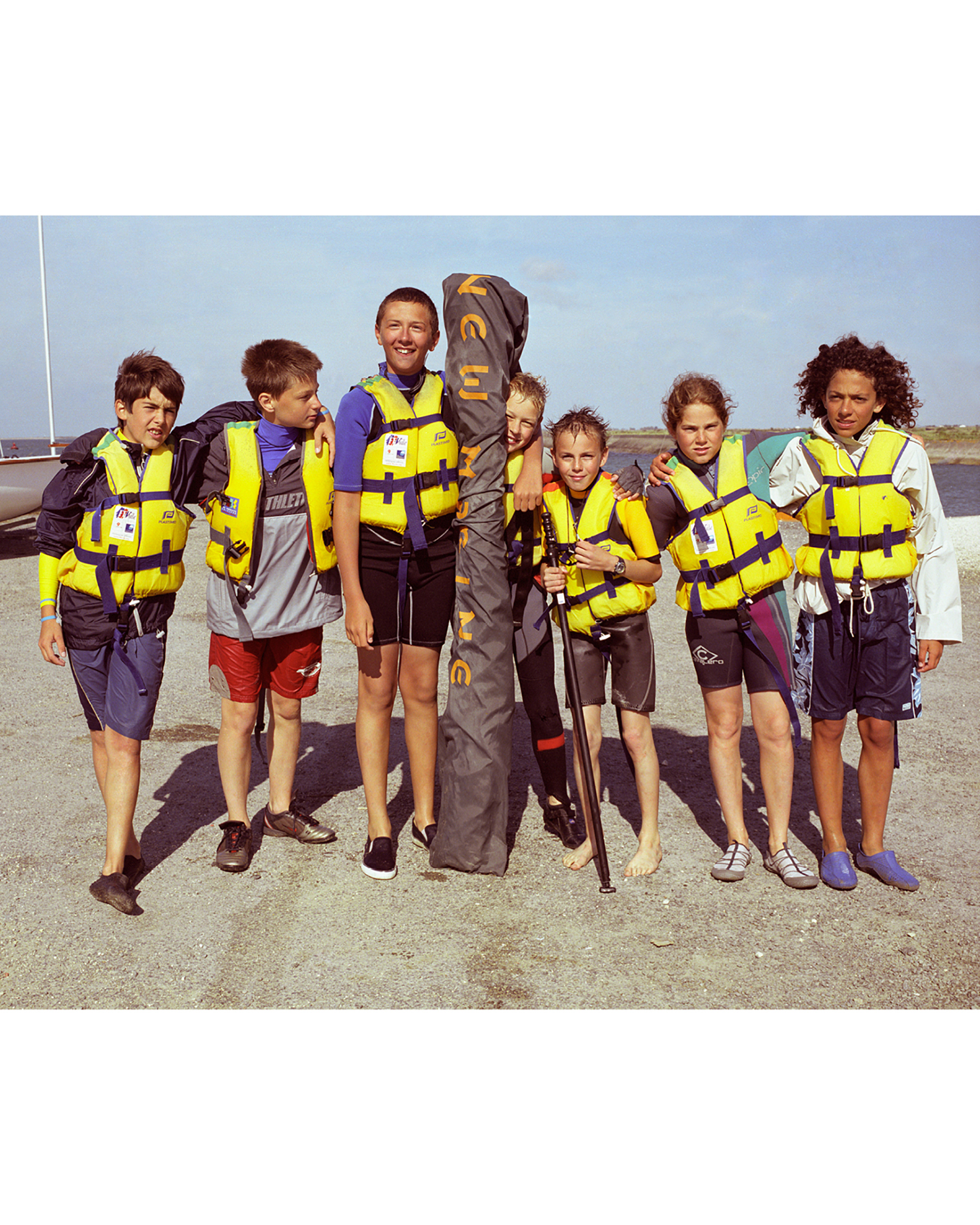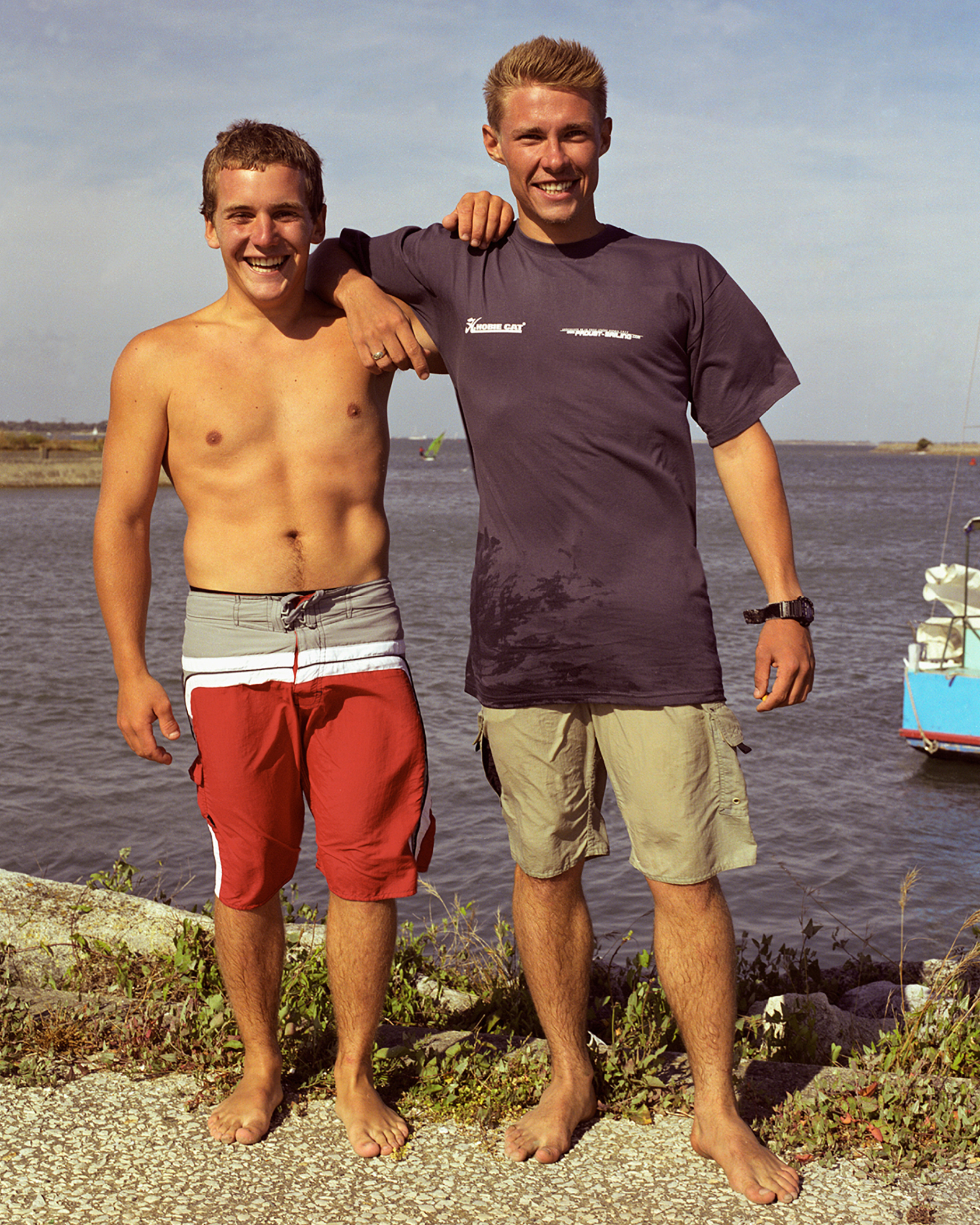I had never heard of Île de Ré before I was assigned to cover the island for Town & Country’s Travel magazine. I’ve been to France numerous times and somehow this absurdly sophisticated Cape Cod laid-back style island was never on my radar of places to go. In all the years traveling throughout the country why has this island been kept a secret? Perhaps we always default to Paris, the French Riviera, or the Alps. Or maybe Île de Ré is simply undisclosed to the outside world for a reason.
Here’s my TAKE on this exquisite island that has, for years, been fortified from the everyday traveler…
Like most of France Île de Ré (Isle of Ré) has a ridiculous amount of history. During the middle ages monks settled on the island planting grapevines and extracted salt from the sea, while bringing commerce to the island’s inhabitants. In the early 1600’s during the reign of Louis XIII, Protestants claimed the island - until The Duke of Buckingham (England) successfully sieged the island with warships and 6,000 men. Within weeks the French fleet managed to make it through the English naval blockade killing more than 5,000 British soldiers, leaving The Duke of Buckingham no choice but to sail home in defeat. To protect the island from future British aspirations in 1687 Louis XIV asked the Marshal of France and the foremost military engineer Sébastien Le Prestre de Vauban to build fortifications around the island’s port towns of Saint-Martin-de-Ré, Ars-en-Ré, and Les Portes-en-Ré. Today the preserved fortifications outline the history of Île de Ré managing to survive through the French Revolution, the mid-19th century island’s economic decline, and extreme poverty which eventually drove away notables and merchants families off the island. Today the island is still known for its wine, unmatchable sea salt (white gold), fresh seafood, and dare I say the best huîtres (oysters).
HOW TO GET THERE
There are a number of ways to get to Île de Ré, but let’s assume you’ll be coming from Paris. Take the three hour TGV train ride from Paris’ Gare Montparnasse station to La Rochelle. From La Rochelle you can rent a car or hail a taxi, and drive over the Atlantic on the 1.8 mile bridge over to the flat nineteen mile long island. As you drive West along the island road towards your hotel, or summer house rental, you’ll travel through the island’s eastern most town of Rivedoux-Plage. You’ll see ancient pine trees, 17th century ruins, oyster beds, salt marshes, and perfectly weathered whitewashed buildings sprinkled with blooming hollyhock flowers and leaned unlocked bicycles. Keep heading west on the island road to the town of Saint-Martin-de-Ré where you’ll find an insanely picturesque town that has been carefully protected as a UNESCO World Heritage site.
I got out of the car, arriving just after two o'clock in the afternoon in the town of Saint-Martin-de-Ré, and seized my first deep breath of the fresh salty air, my eyes squinting towards the ancient bleached stone buildings that surrounded the star-shaped port. The small streets were filled with petite shops and locals, all on a mission to acquire ingredients for the night’s supper. Astounded by the quality and preservation of the town’s architecture and non-gridiron street plan I was already planning my next fashion shoot to Île de Ré. Endless quiet streets with no cars, chic signage, no overhead cables, and only a pedestrian rush hour that would certainly make for the ultimate backdrop. I imagined a beautiful couple, or the perfect family, in causal thin-striped french-style resort clothes pushing bicycles with baskets, holding their totes full with fresh herbs, legumes, and baguettes. But then I didn’t have to imagine this at all. The locals that live and summer on Île de Ré are quite possibly “the finest-looking cross-section of humanity you’ll ever see” wrote Town & Country’s contributing editor James Traub. The towns on Île de Ré are inhabited by an array of generations equally chic and sophisticated. I saw lovely elder couples, families of four, bands of teenagers walking arm in arm, and twenty-something to eighty-something year old couples on holiday, all dressed and manicured in that french chic-to-perfection kind of way.
I checked into l'Hôtel de Toiras, an impeccably converted 17th-century mansion situated right along the Quai Job Foran overlooking Saint-Martin’s fortified port. I was swiftly taken to my charming and spacious room by the hotel bellman. He opened all four of the town-code-white window shutters to allow the light to pour in, followed by a gentle offshore breeze. The curtains swayed back and forth quietly like the mast of the sailboats that were moored right below. The silence was broken by a distant fish-hungry seagull and the bell of a rocking boat. The light. The light was special. A warm rich light in the sun and a cool crisp light in the shade. The smell of the fine salty warm air blowing off the Atlantic was all consuming, I could grow very old here.
My first task - rent a bicycle. Do as the locals do. There aren’t many places to park a car on the street, so the best way to experience Île de Ré is on two wheels and pedal up your appetite for all the mouthwatering french eateries the island has to offer. French food, as we know, can be rich and heavy - however, most of the dishes you’ll find on the island are light and fresh, proving why everyone looks en bonne santé (healthy). It’s best to get a bicycle that has a basket on the front if you decide to prepare your own meals with ingredients from the Saint-Martin-de-Ré food market.
I rode effortlessly along the flat bicycle paths through the towns of Ars-en-Re and Saint-Clément-des-Baleines, finally ending at the island’s western most town of Les Portes-en-Ré. There was no race to get anywhere but to simply to take it all in. I would stop once in a while and stare out along the flat vista across oyster beds to the deep blue of the Atlantic. The walls that once fortified the island from British and Dutch invaders now serve as the island’s coastal biking paths. The sun was beginning to lower in the sky and my appetite was ready to dive into the first of many french meals. I headed back towards Saint-Martin-de-Ré to “shuck” my way to heaven at La cabane du Feneau, a popular oyster shack that sits along a peaceful oyster marsh between the towns of La Passe and Loix.
After eating half a dozen size-three oysters I asked if I could try a size-five oyster. I managed to slurp it down, immediately followed by a sip of the local white wine. The size was impressive and could be a challenge for the causal oyster eater, but certainly not for a pro. A size-five oyster completely fills your mouth with a sharp saltiness, then gives way to subtle sweetness and a mild brininess. It slides down easier than you would think. I’ll take a dozen of those s'il vous plâit!
I arrived back at l’Hôtel de Toiras just before nightfall and surprisingly it was nine o’clock. During the summertime the sun sets late. Holidayers flock to the beach around three o’clock in the afternoon and dine around ten o’clock in the evening. I changed into a proper night-roaming outfit and hit the streets on foot. I needed a scoop of crème glacée after all the salt I consumed earlier. Nighttime is ruled by the young and incredibly attractive locals. Walking around the port of Saint-Martin-en-Ré at night is Île de Ré’s version of walking Via Tragara in Capri. Stunningly gorgeous french men wear their summertime button down shirts tucked into their belted jeans, with light summer sweaters simply thrown over one shoulder. They walk back and forth along the port, scouting all the even more gorgeous sun-kissed women in their casual, yet elegant, summer dresses with added subtle accessories. Cafés and bars are quietly filled to the brim full with muffled laughter and a soft chatter. Even the nightlife on Île de Ré is peaceful.
BEST RESTAURANTS ON ÎLE DE RÉ
L’ÉCAILLER LE TOUT DU CRU LA TABLE D’OLIVA LA SARRASINE
CÔTÉ JARDIN LES EMBRUNS LE BISTROT DU MARIN LA BAZENNE
LA CASE À VENT BISTROT DE BÉNÉ CAFÉ DU COMMERCE LA CABANE DU FENEAU
LA COCCINELLE O PARLOIR LE SERGHI CABANAJAM
LA BALEINE BLEUE LA MARTINIÈRE (pastries and ice cream) LA CABANE DU FIER
The next morning I woke up to silence and sunlight shining through the shutters. The tide was low, almost twenty feet below high tide. Sailboat hulls were resting on the ground, still moored and patiently waiting for the tide rise again. The extreme daily tidal shift awards the island’s harvest of oysters and sea salt. After breakfast it was time to head out on my bicycle and hit the surrounding island beaches, first hitting the local farmers market to pick up baguettes and a well needed shot of espresso. My first destination would be Plage du Petit Bec, the farthest beach west of Saint-Martin-de-Ré. I pedaled the six mile ride straight there and slowly made my way back, allowing to stop here and there. During my time on the island I was never encouraged to make a reservation or have a “game plan”. I certainly wasn’t used to this "come what may" style of traveling. There was a sort of - je ne sais quoi - about the island that put me at ease. No need to check my Yelp or TripAdvisor apps. No need to pull out a map of any kind to see where I “needed” to be going. The paths were well marked and I knew if I kept heading West I would eventually arrive at the very end of the island, Plage du Petit Bec.
On my way I stopped by an oyster marsh near the town of Ars-en-Ré where I met an old weathered oyster farmer tending to his daily routines. I tried to speak with him but only to realize that my five years of French studies hadn’t really paid off. Through hand signals and smiles he generously invited me to take a ride with him in his soft-top 70’s Citroen out to his oyster beds. He threw on his chest high waders and ventured out to the middle of the oyster salt marsh grabbing a knotty rope and pulled it to shore. His hand disappeared back into the water pulling at the sunken rope bringing up a glorious size-five oyster, then six more just as large as the first. We cruised back to my bicycle and he pointed to my fresh baguettes nodding to bring them over. The old man pulled out his rusty shucker and we ate the six size-five only minutes fresh oysters on broken bread. We both signaled in agreement that it couldn’t possibly get any better than this.
Back on the bike path, now pedaling fast with an incredible amount of endorphin running through my body, I sped through the towns of Ars-en-Ré and Saint-Clement-des-Baleines finally reaching Plage du Petit Bec. I rested my bike against the dunes protective fence and walked down the wood plank pathway where I settled on the white sand beach looking out across the Atlantic. The gentle breeze and sharp sunlight grazed my pale New York City skin. There were sunbathers quietly sprinkled down the beach with their umbrellas and blankets as far as the eye could see creating a perfect summer plage-style painting. Years of summering in Wellfleet on Cape Cod flooded my mind only to be quickly reminded by the topless moms, naked babies, bantering non-board short wearing teenagers, and french accents in the distance that I was indeed in France. The endorphin crash was soon to arrive so I nestled into the warm sand dune and prepared for a midday nap.
BEST BEACHES ON ÎLE DE RÉ
PHARE DES BALEINES
PLAGE DU PETIT BEC
PLAGE DES GRENETTES
PLAGE DU LIZAY
PLAGE DU GROUIN
PLAGE DE MONTAMER
PLAGE DES GOLLANDIÈRES
PLAGE DU PETIT SERGENT
LA PLAGE DE COUARDE-SUR-MER
BEST SITES ON ÎLE DE RÉ
ABBEY OF THE CHÂTELIERS
FORT OF LA PRÉE
LIGHTHOUSE OF THE BALEINES
THE CHURCH OF SAINT-MARTIN-DE-RÉ (climb the church’s tower for the view)
FORTIFICATIONS AROUND SAINT-MARTIN-DE-RÉ
FUN THINGS TO DO ON ÎLE DE RÉ
HORSE RIDING
WIND SURFING
KITE SURFING
SUP (stand up paddle)
BICYCLE TOURS
BOAT CHARTERS
SAILING
BEST SHOPS ON ÎLE DE RÉ
PALACE EPICERIE (charcuterie, cheese, and bread)
CONSERVERIE LA BELLE-ILOISE (fresh fish, canned fish, and catering)
PHILIPPE DESCHAMPS (local island artist gallery)
BARBOTINE (antiques)
BLUE INK (clothing)
LES SALICORNIERS (sea salt products)
TOWN DAILY FOOD MARKETS (fresh produce, meat, and seafood)
Half asleep I pedaled back to Saint-Martin-de-Ré continually noting the profusion of beautiful homes with their lavish gardens in full bloom. It was as if I was dreaming. Maybe I was in a dream. How a place so très jolie could be so far below the “traveler” radar, evidently why this island is so tranquil. I didn’t want this dream to fade.
I woke up heavily the next morning with faded memories of my hang-outs with the locals at Bistrot du Marin. Meeting new faces while listening to the sounds of Maxime Le Forestier and Jacques Brel downing one too many glasses of the island’s local wine. Another beautiful day welcomed me to get out and explore, this time from the water. I asked l’Hôtel de Toiras’ concierge where I could find a boat and captain to ship me around the island for an added perspective. Twenty minutes later I was asking permission to board Captain Doré’s twenty foot whaler wearing my Sperry Top-Siders and foul weather jacket. Captain Doré explained to me the tide was beginning to head out so our journey would take us until the tide was high to gain access to the main port’s docks for our return. This would most certainly be more than a three hour tour.
We set a course and made our way to the wide open waters of the deep blue Atlantic. Like the beaches sail boats were scattered along the island’s perimeter pushed by the gentle ease of the offshore breeze. Captain Doré maneuvered around the island’s geography touring the walls of each town’s port. Imagining the courage the British and Dutch navy fleets would need to invade these almost impenetrable walls was simply daunting and understandably why they never succeeded. We made it as far as Les Portes-en-Ré turning back with the tide. Along the way we encountered a boat full of young attractive sailors most likely captaining one of their parent’s twenty-five foot sailboat. With a hand-wave and a respectful “bonjour” we motored on to Saint-Martin-de-Ré. As the young sailors faded away into the distance against the setting sun I imagined being young and free as they were. Alone on the water with no care in the world. Île de Ré embodied this type of freedom and lifestyle for everyone. Free to roam, to explore, to do nothing or everything. You leave your normal existence back in La Rochelle when you cross the bridge onto Île de Ré. Your life is yours and yours only while on the island and certainly not taken for granted. A simple reminder that we can still be completely present every second of the day.
As I hopped off the bow of the boat back in Saint-Martin-de-Ré Captain Doré I waved an "au revoir". I walked up the fortified stone steps and looked up to see a flock of sea birds silhouetted against the early evening’s purple sky. I closed my eyes and took in a deep breath of the fresh salty air. My sea legs were still adjusting when I got back to my room and I was ready to savor the sunset through the windows. Night fell and like the ocean’s tide the island's inhabitants came out for their nightly ramble along the port’s edge. After a soak in the claw foot tub I ventured out for my last night on Île de Ré. I wasn’t ready to go back across the bridge in the morning where my normal life was so patiently waiting for my return. I’ll be back some day but for now simple day dreams and wishful memories will have to do.
Words and photographs by Noe DeWitt.

